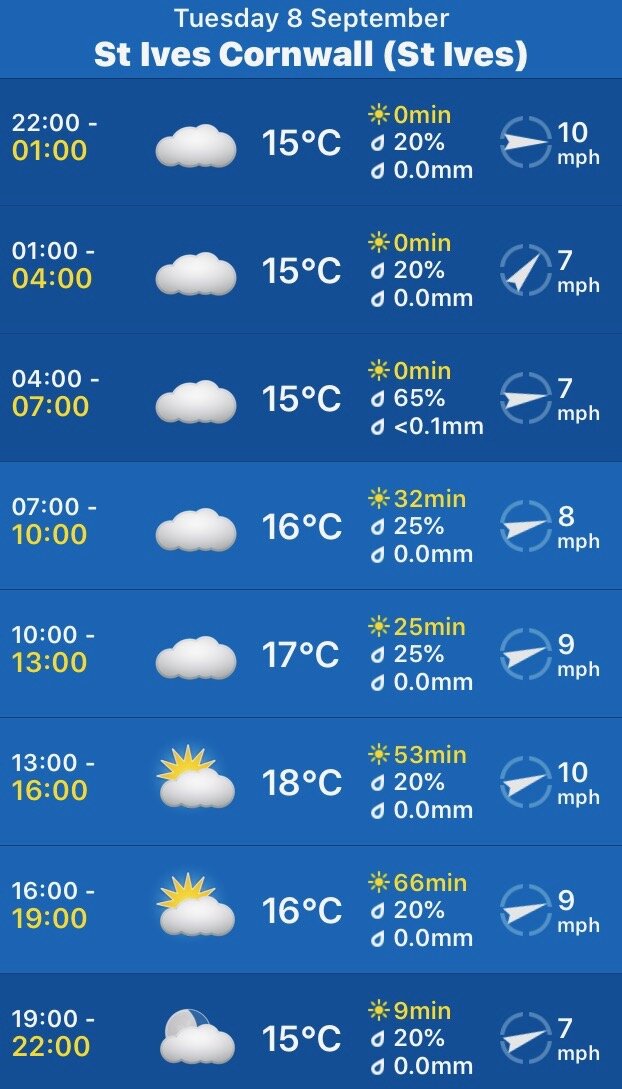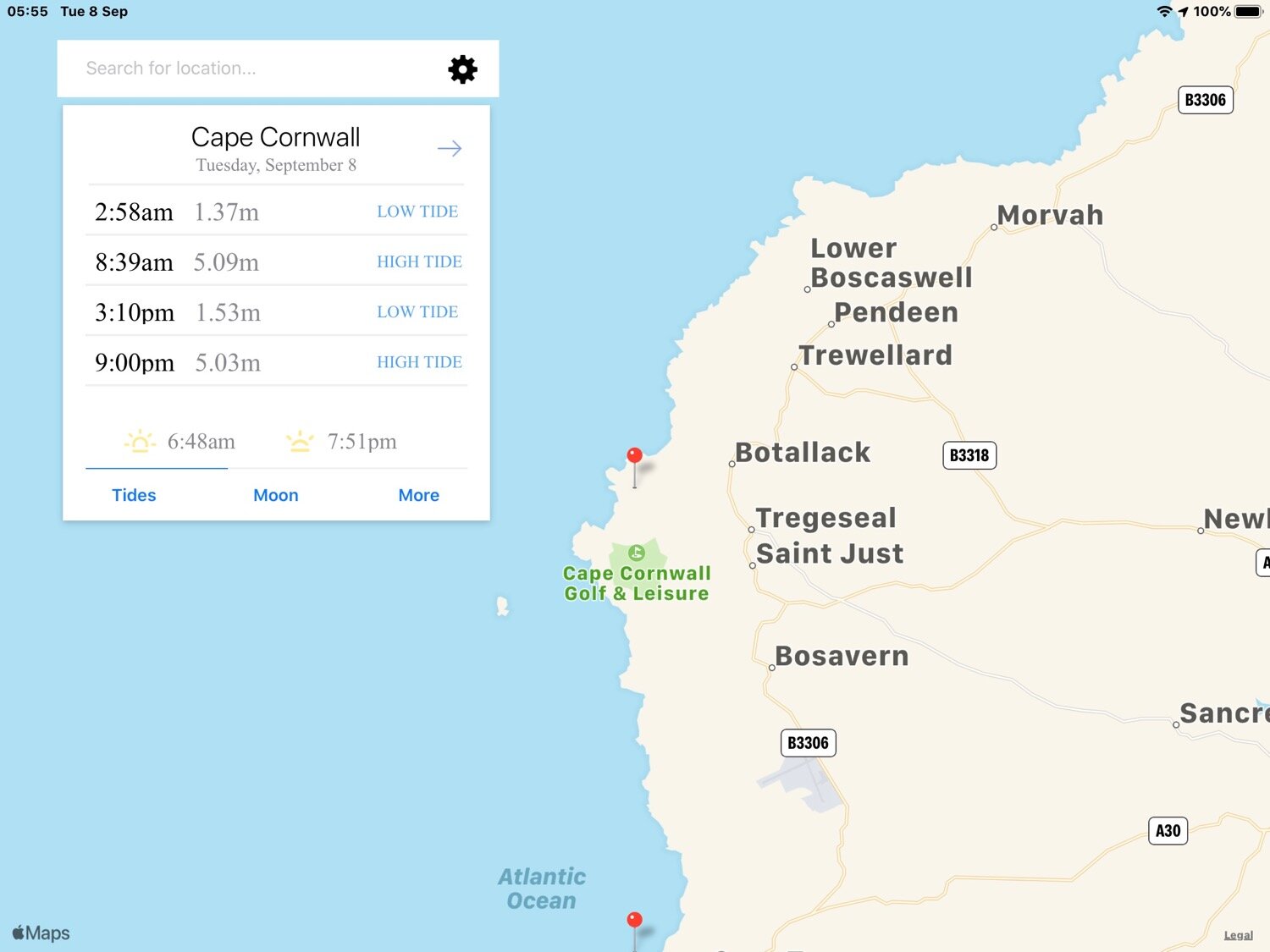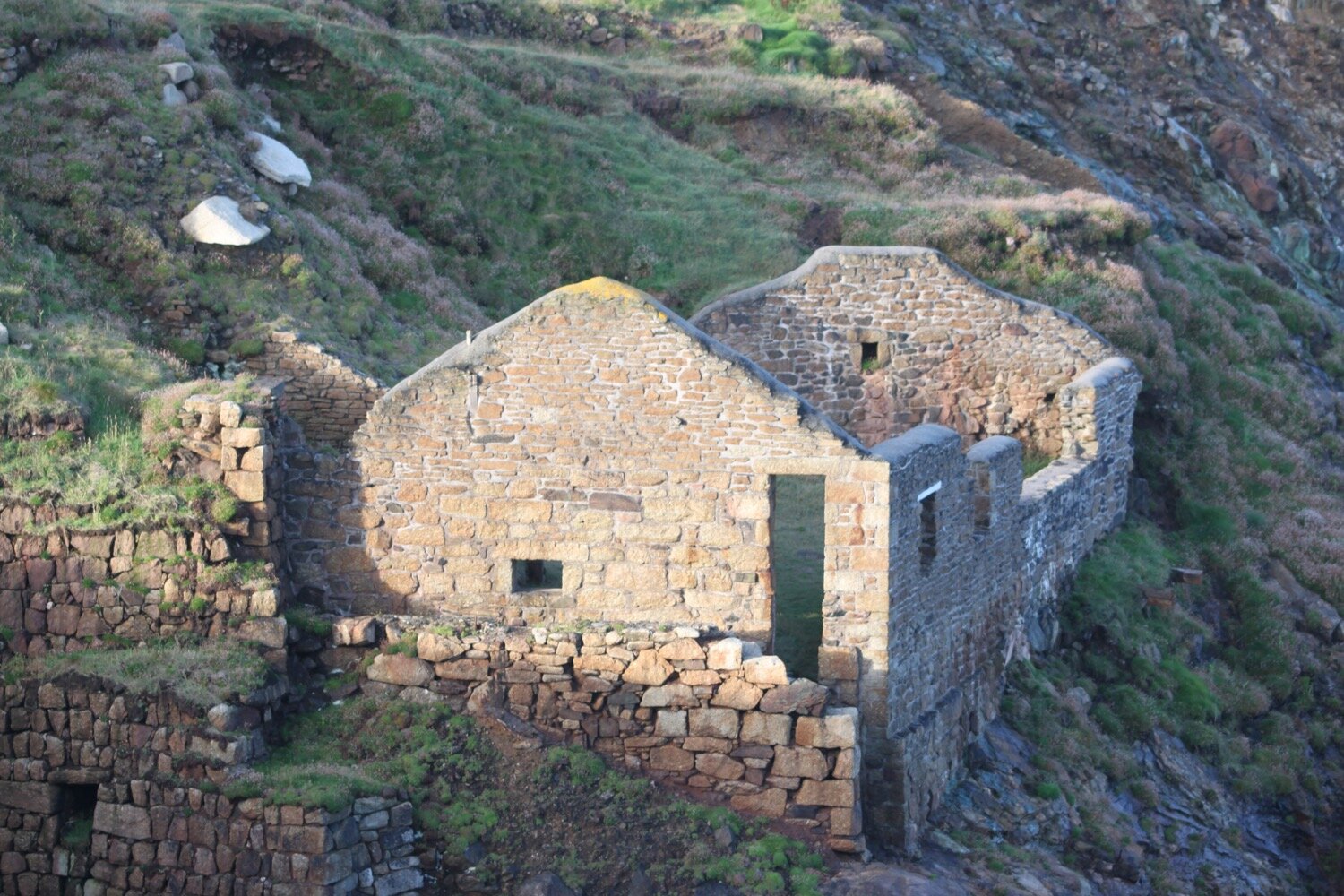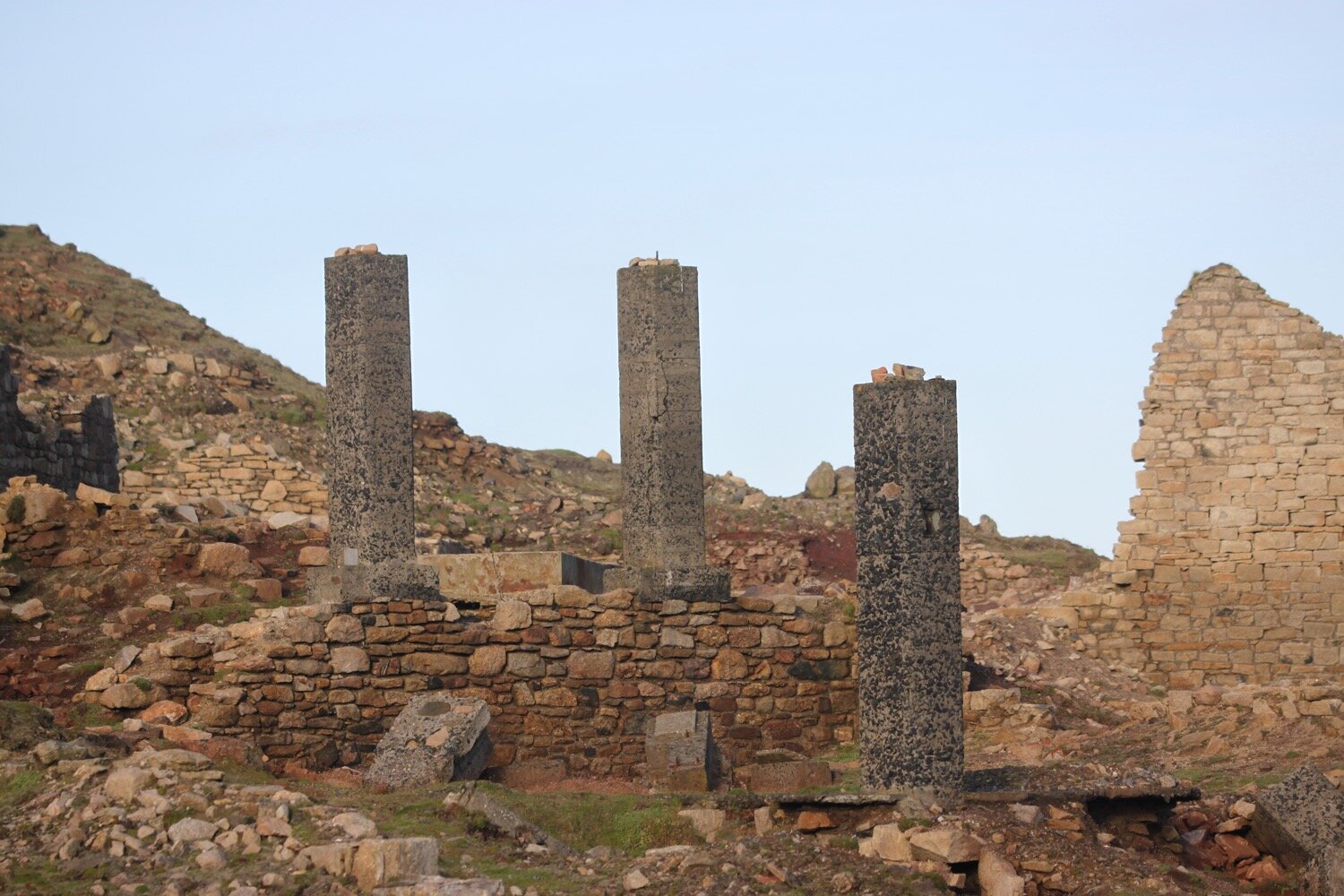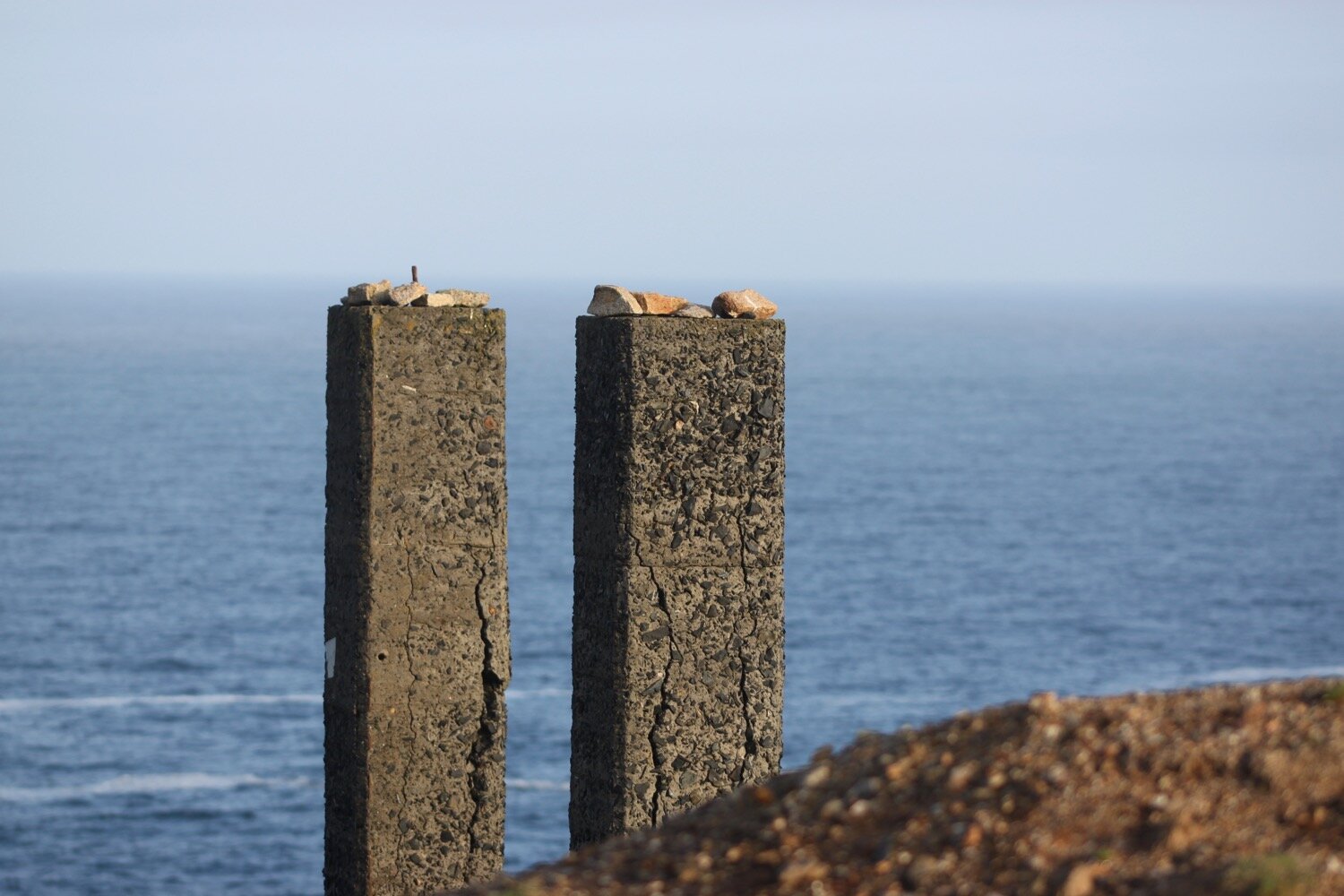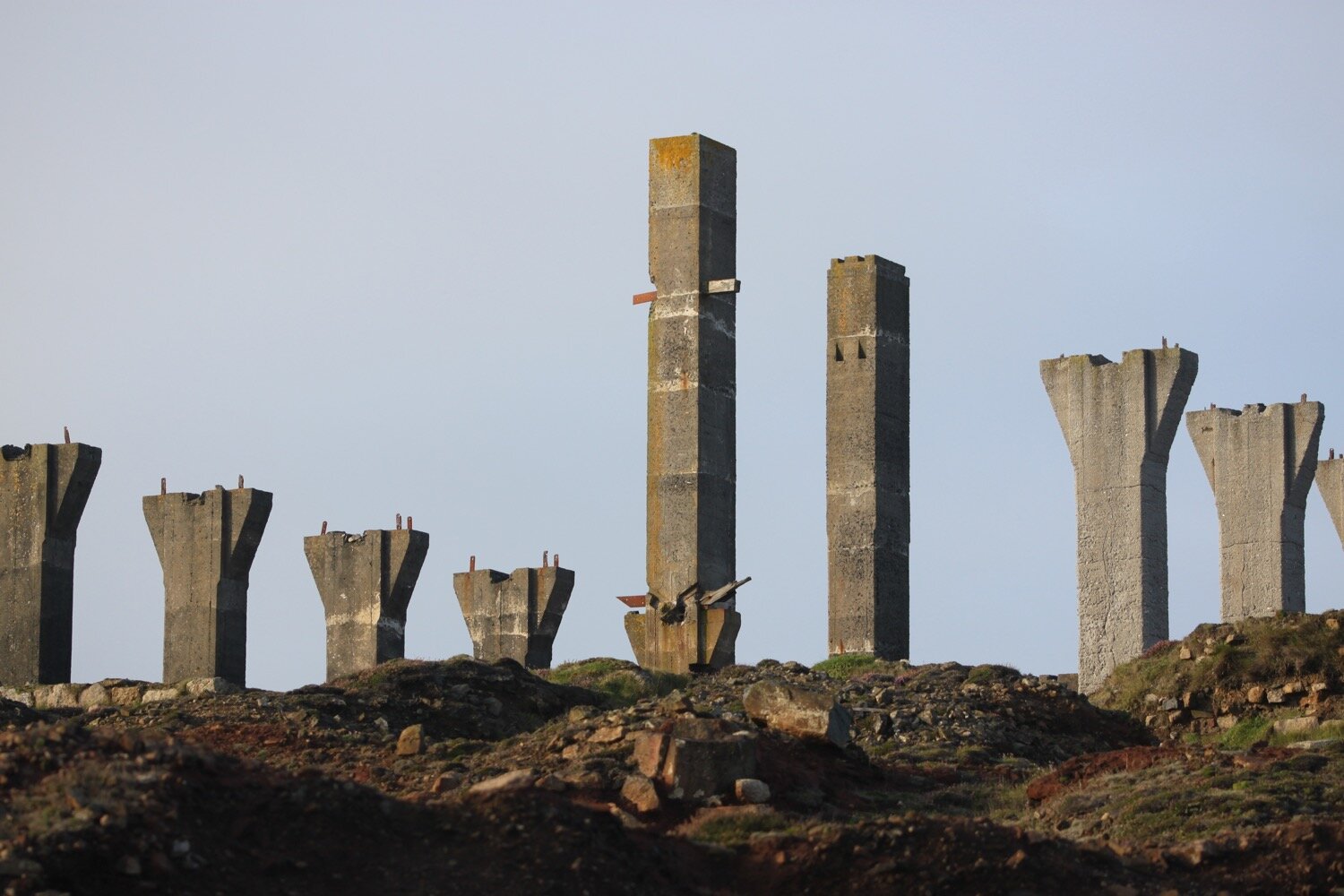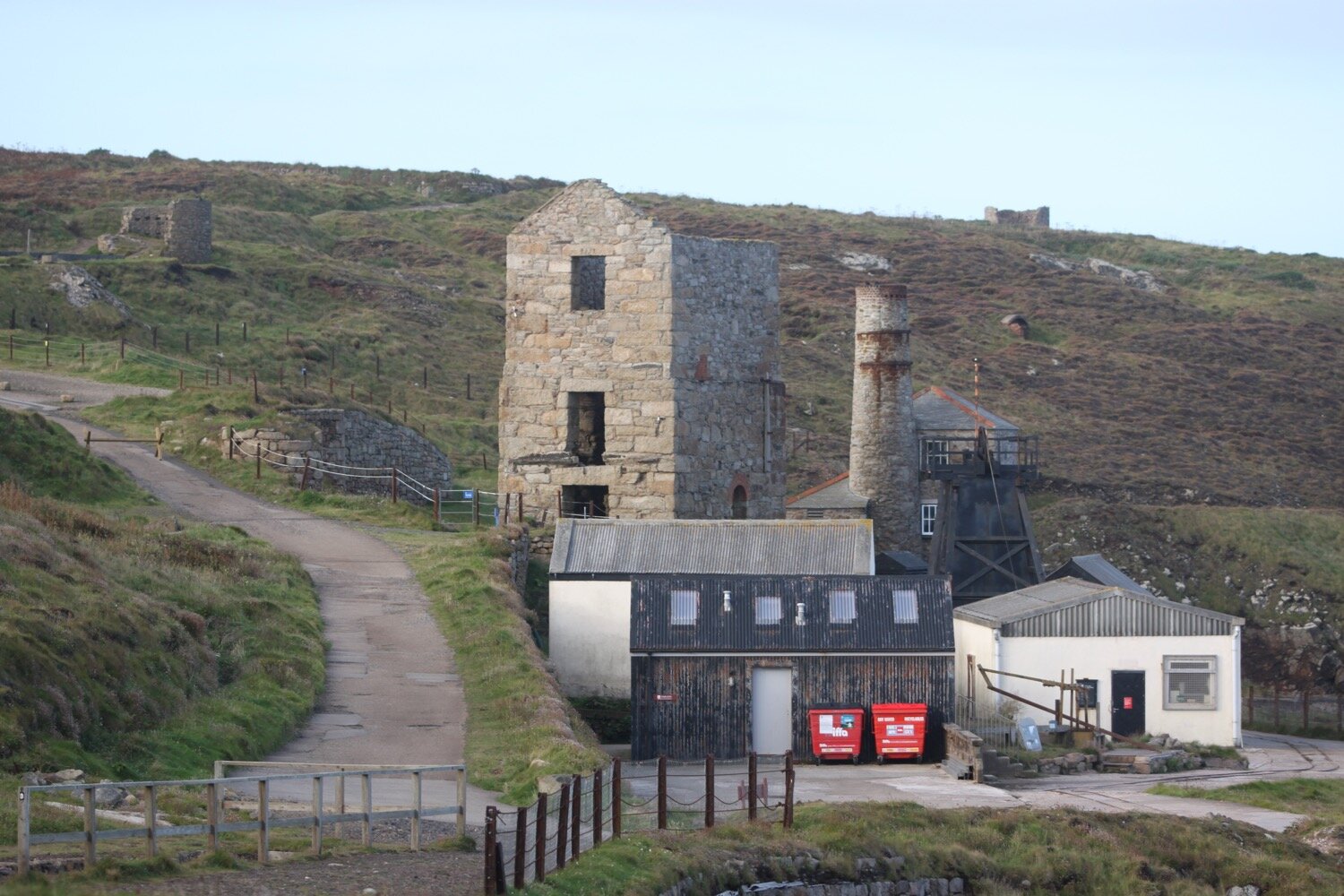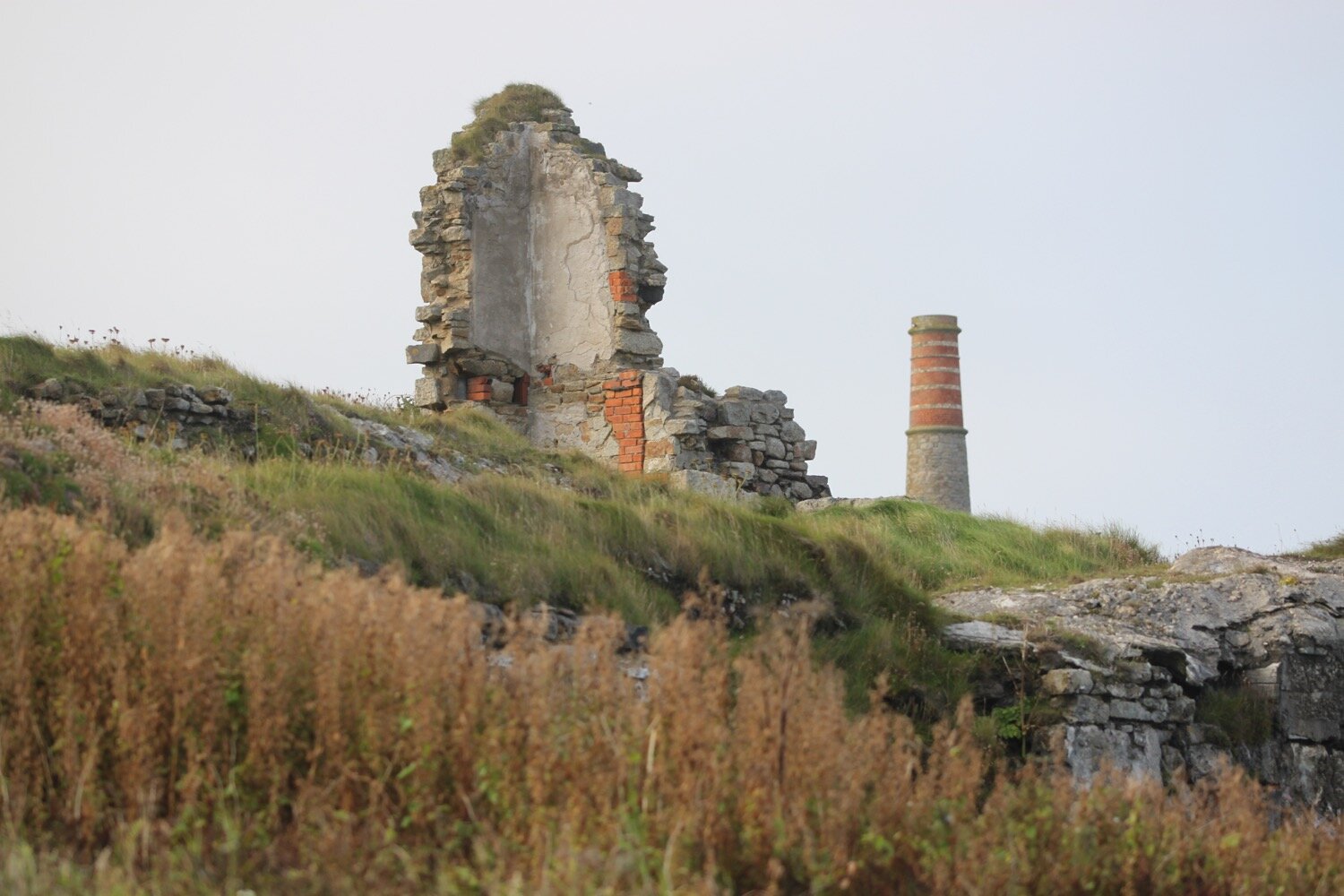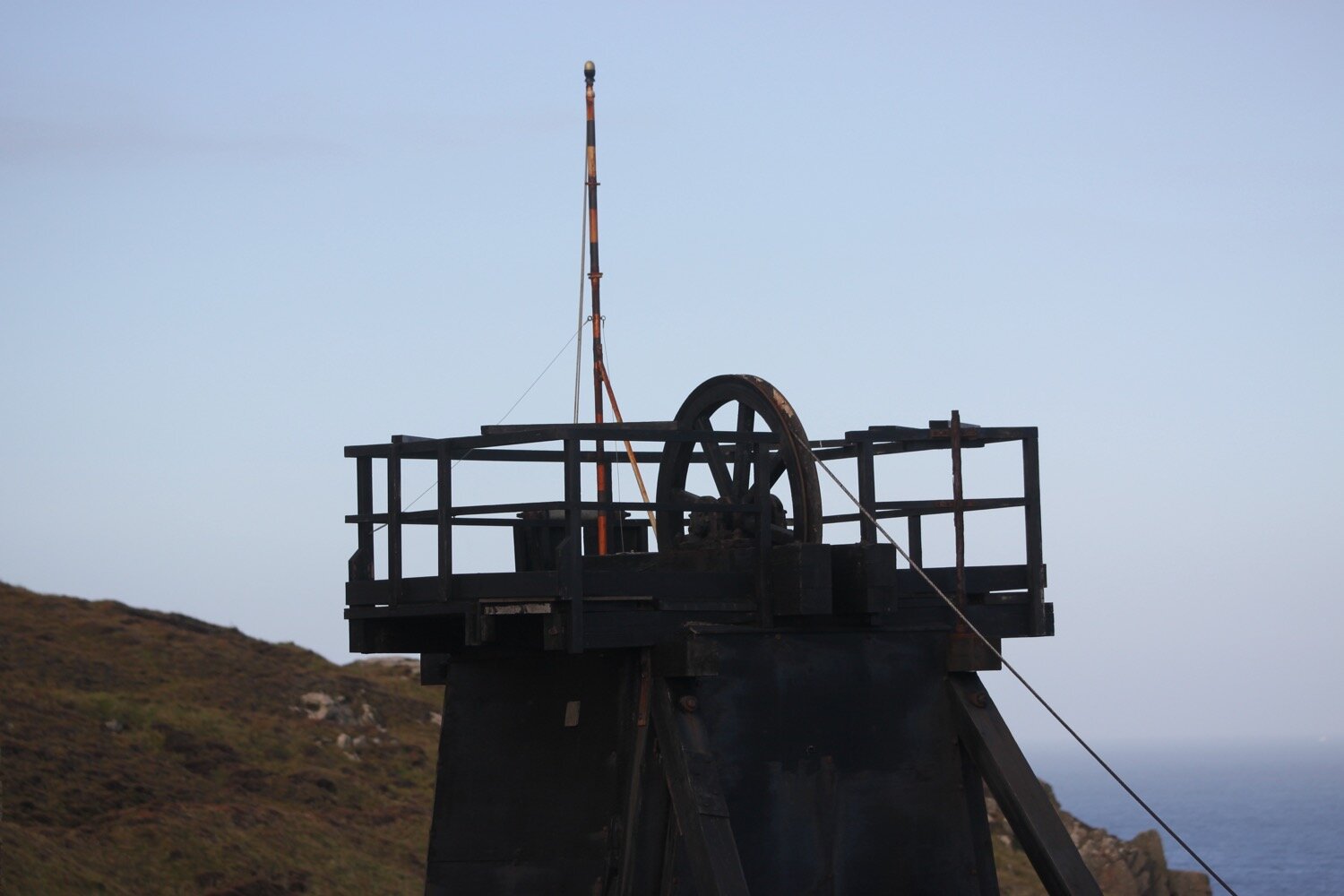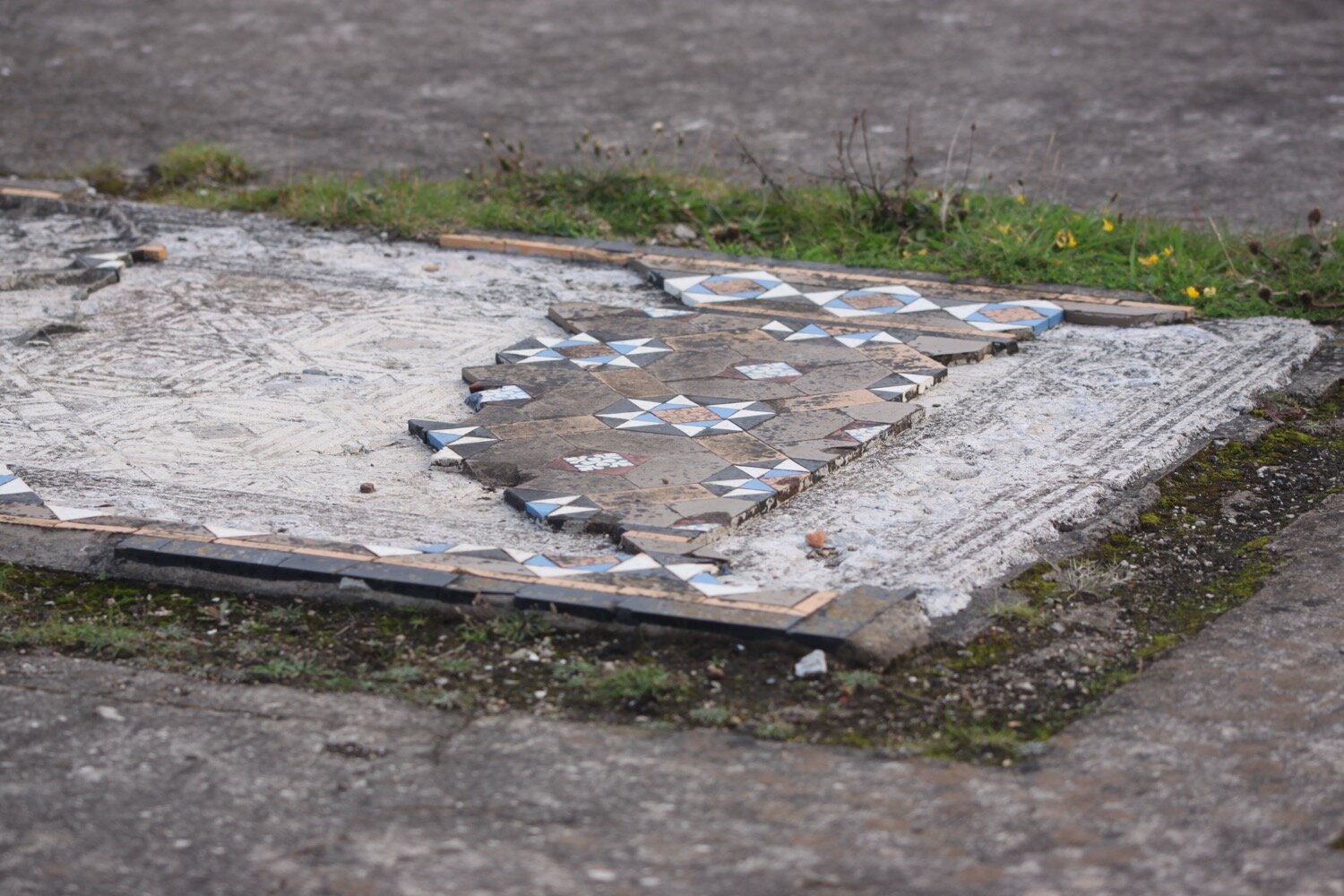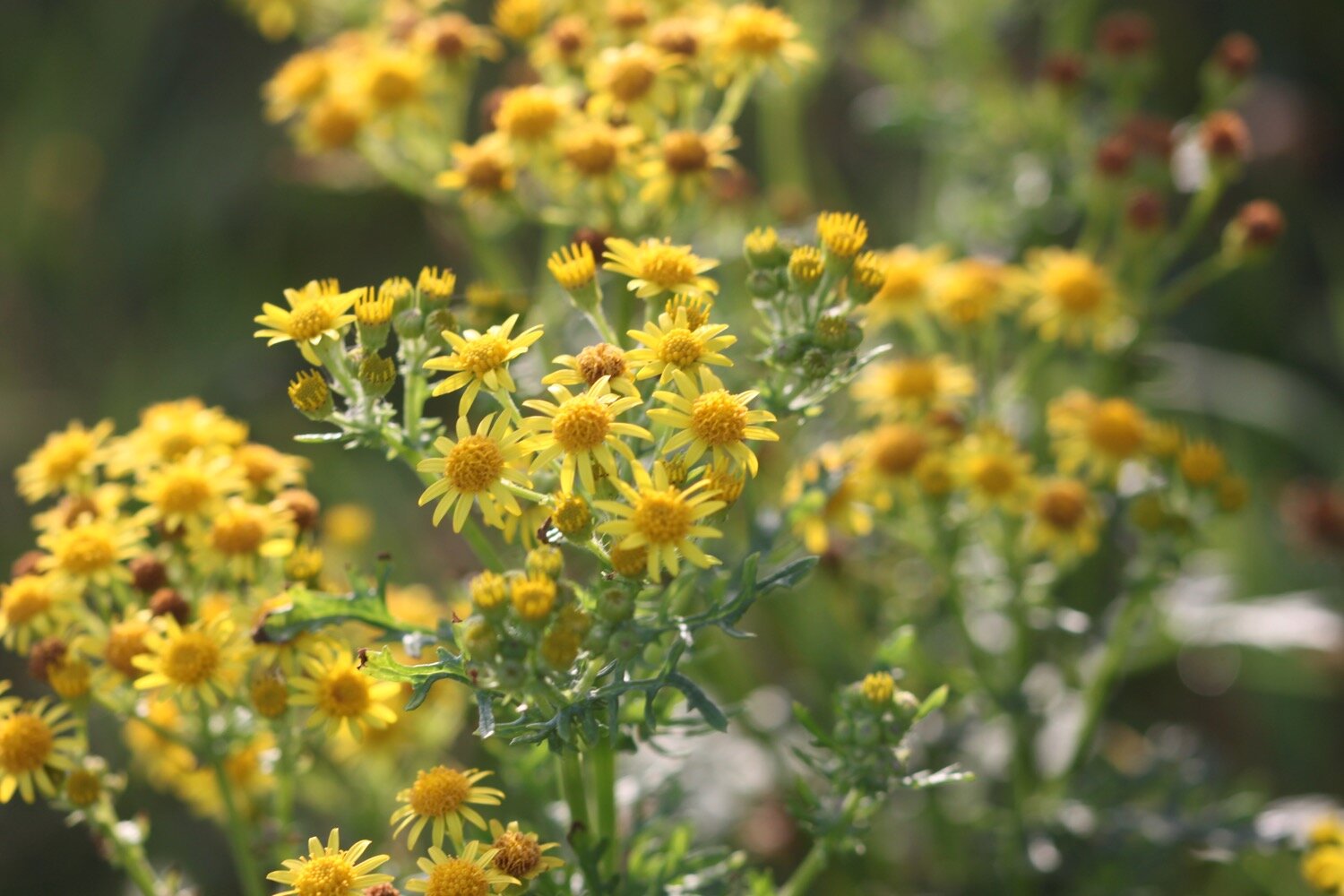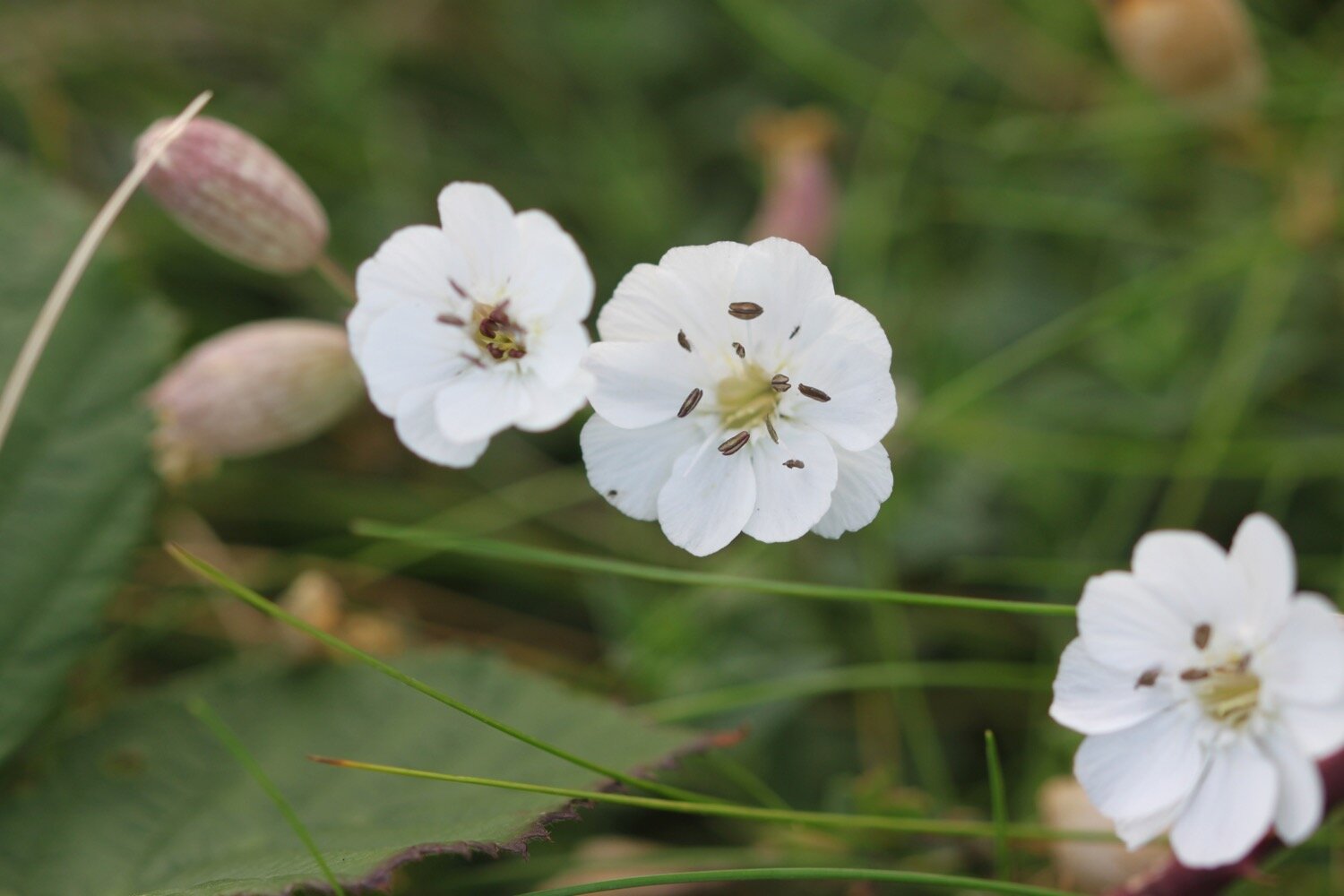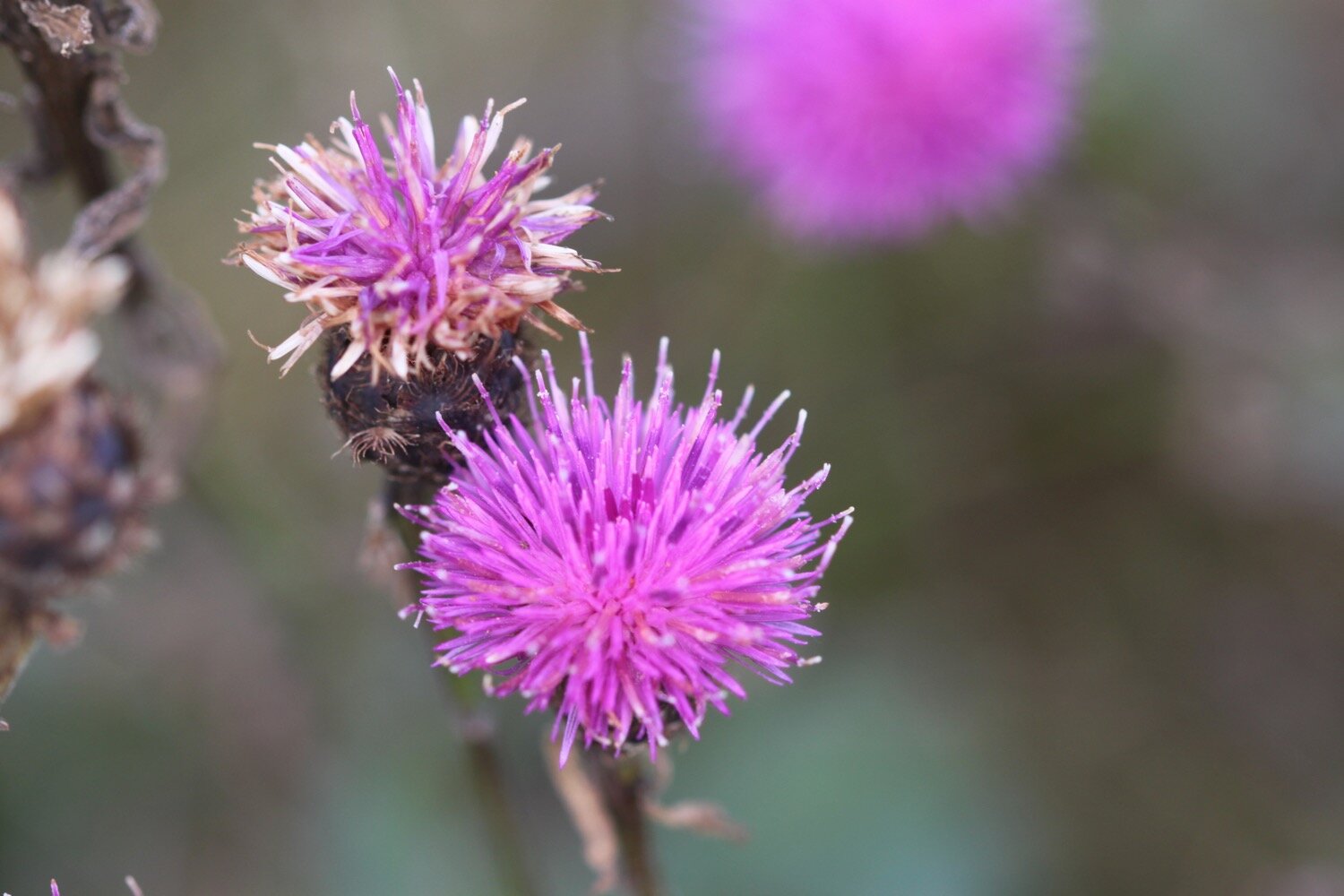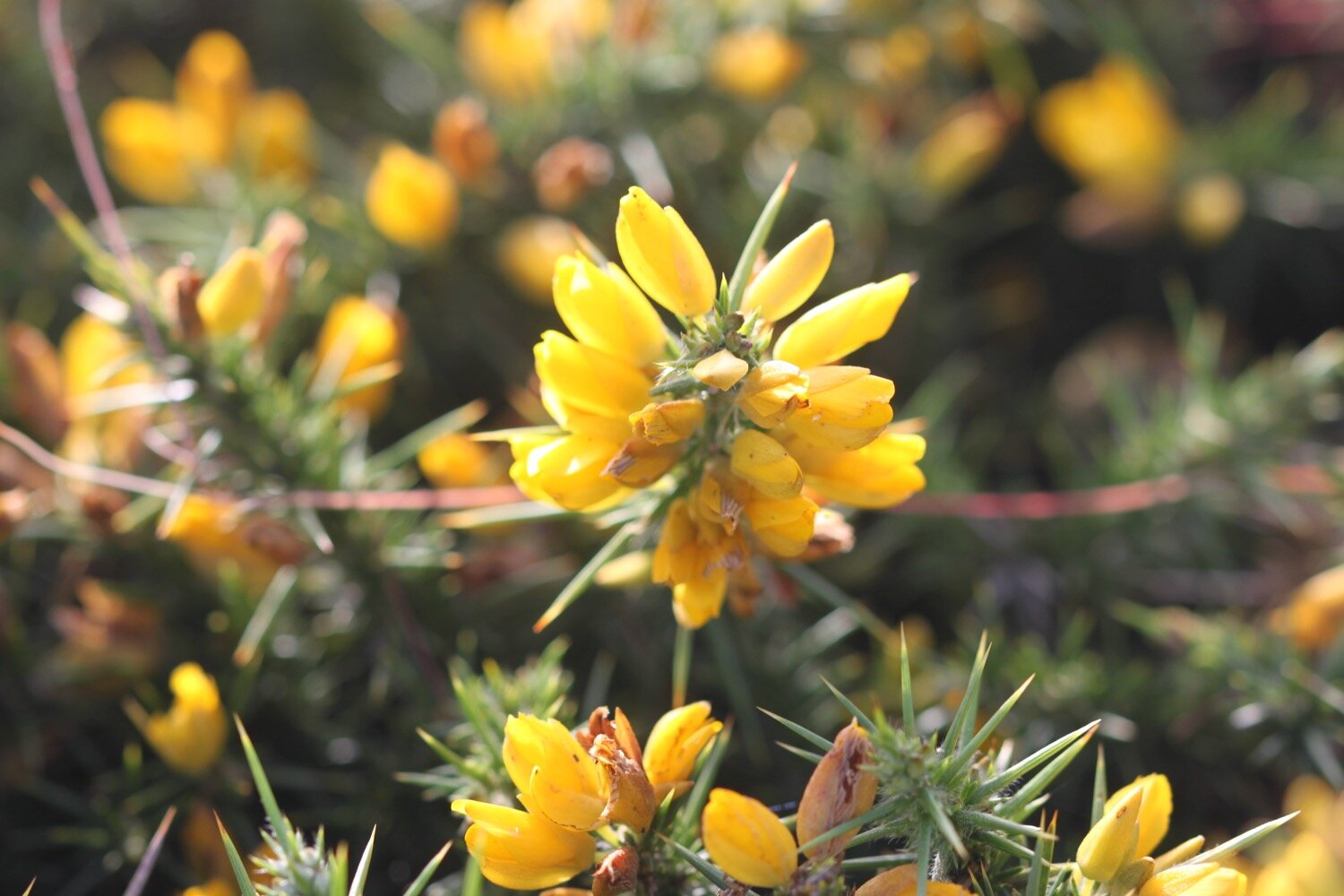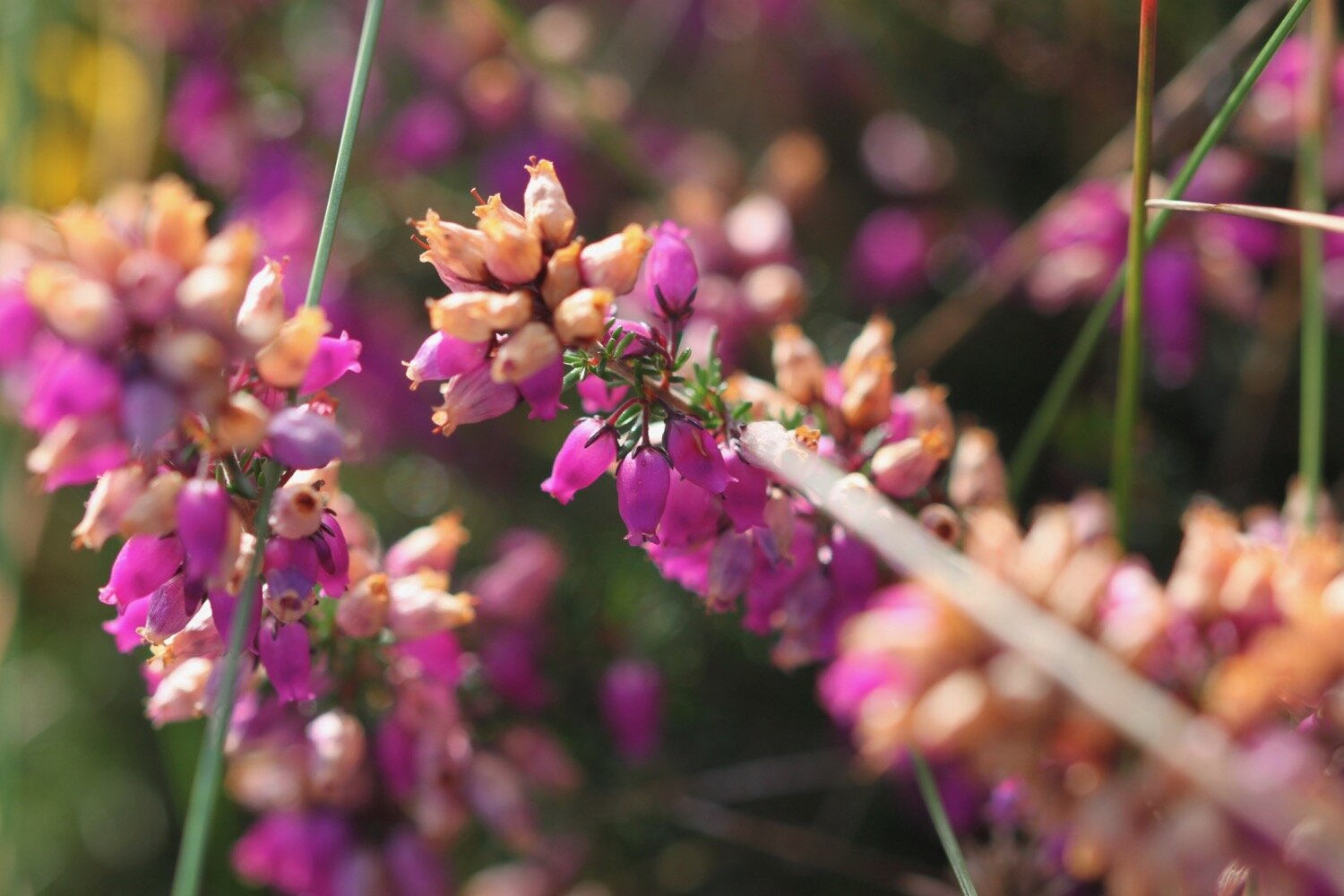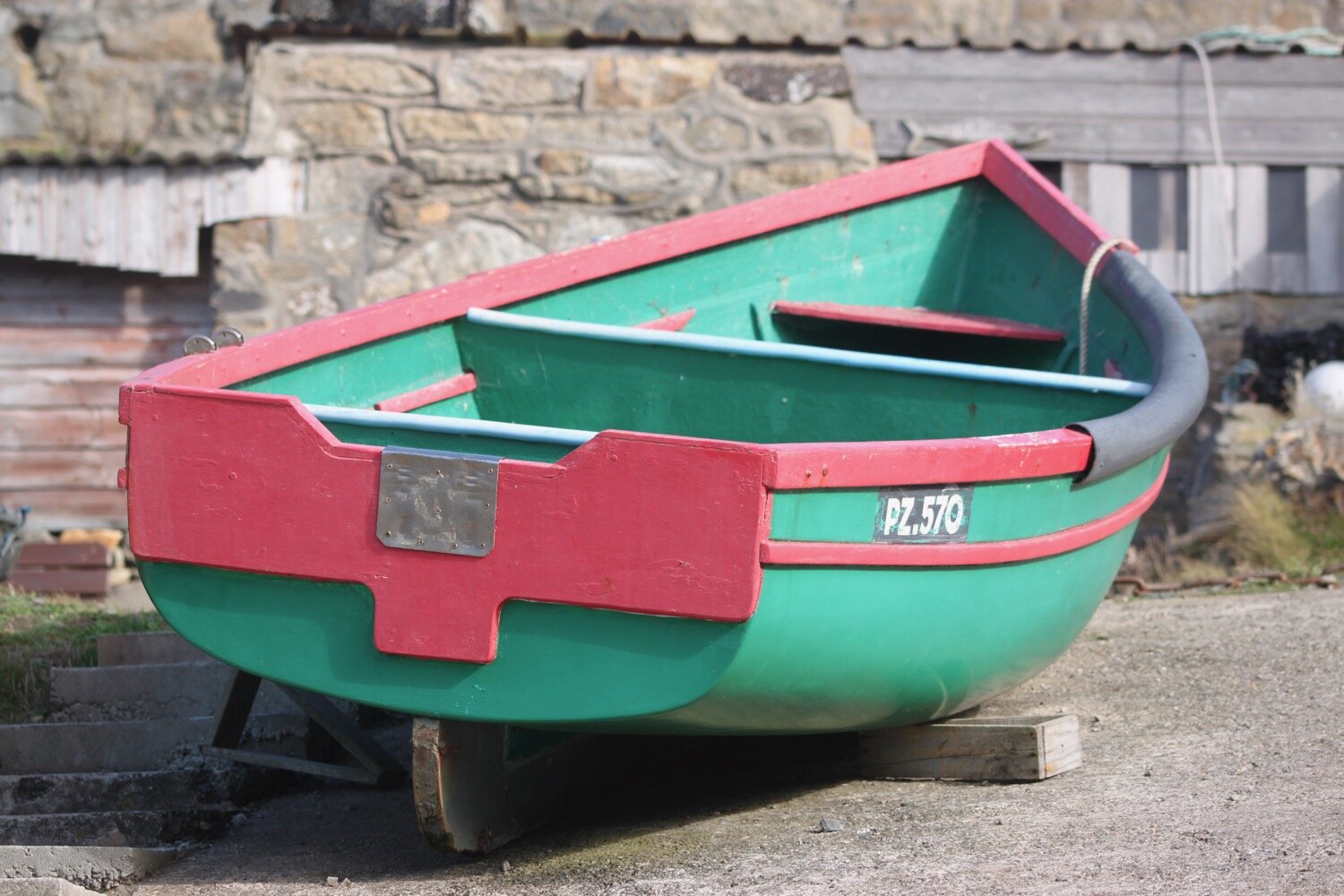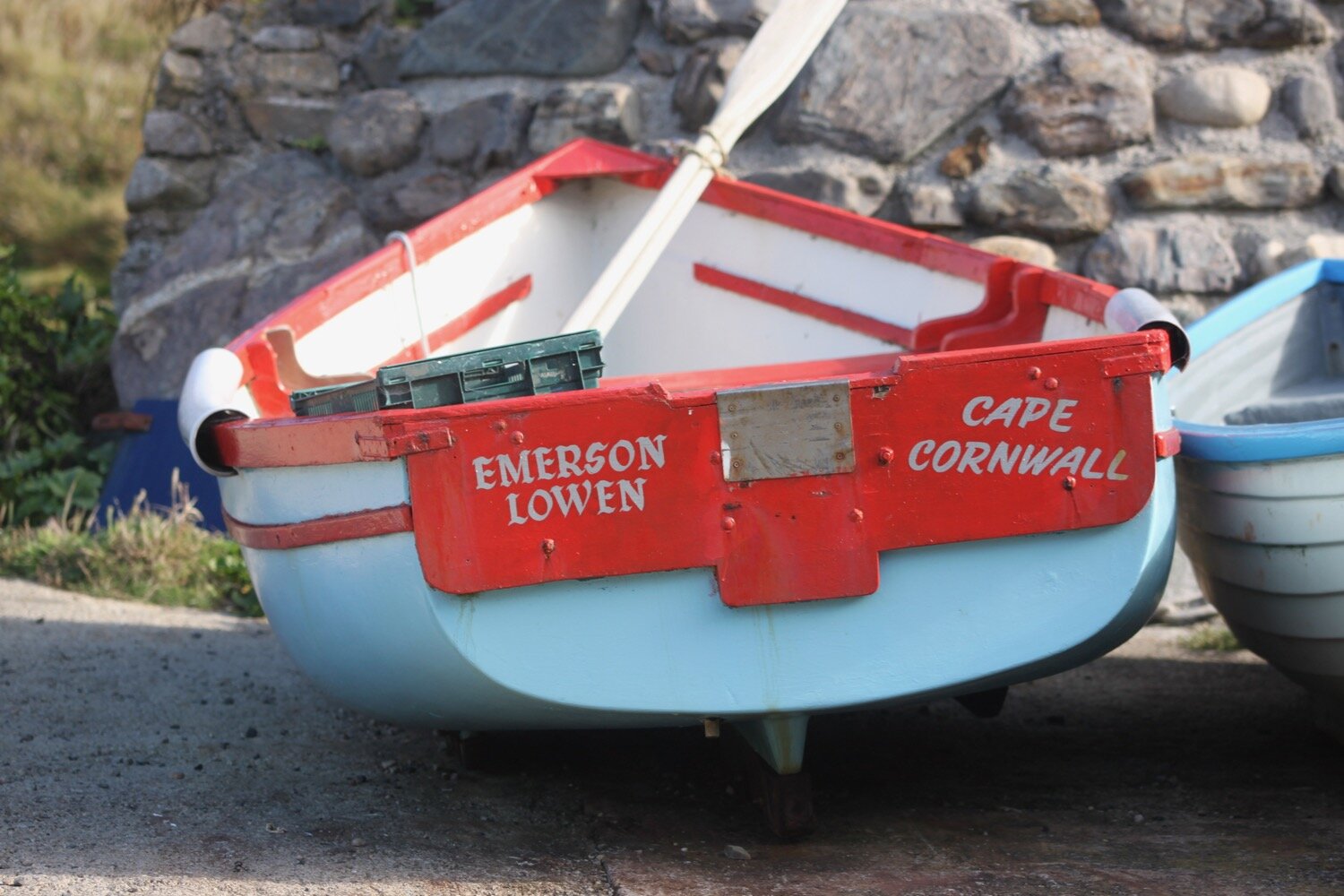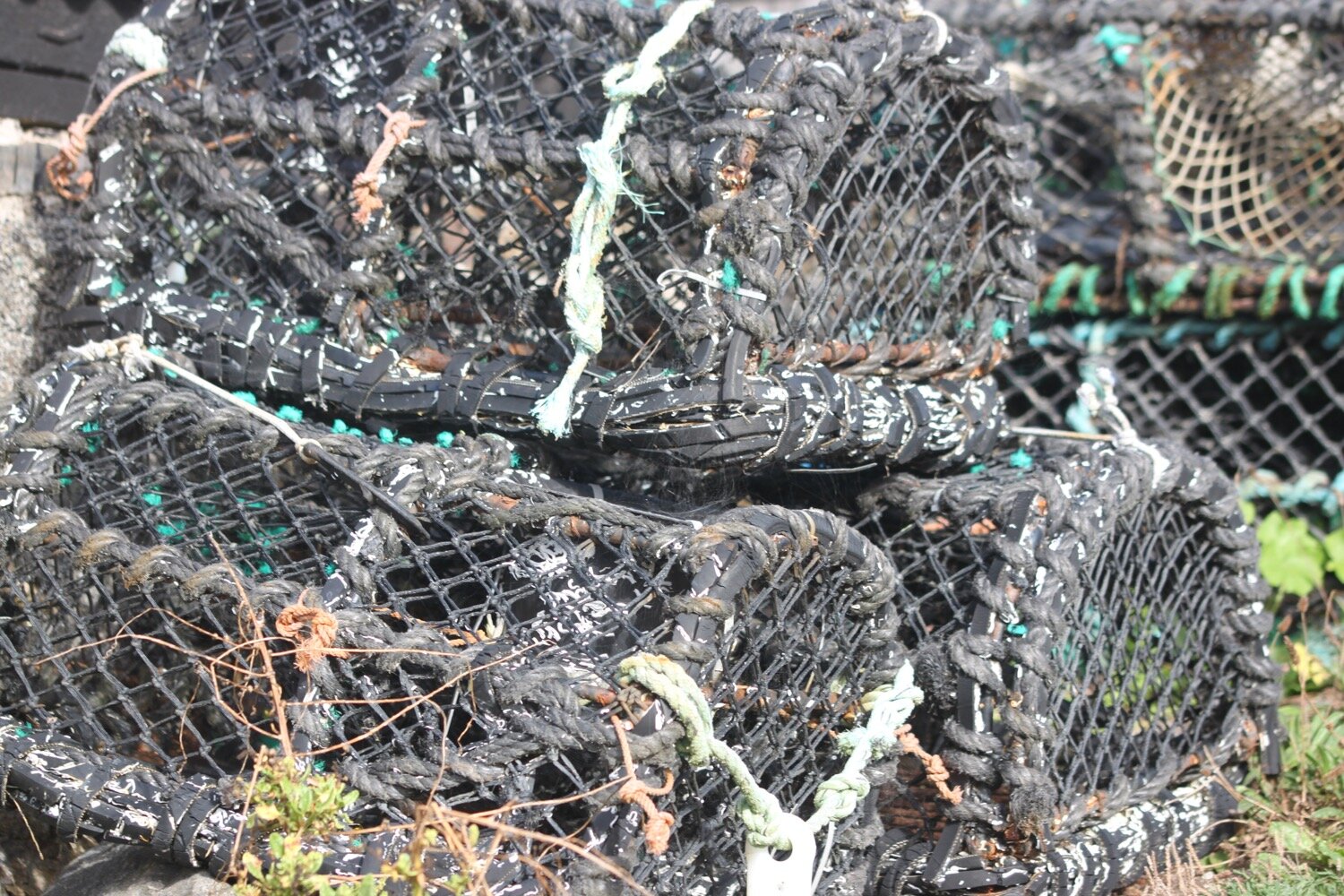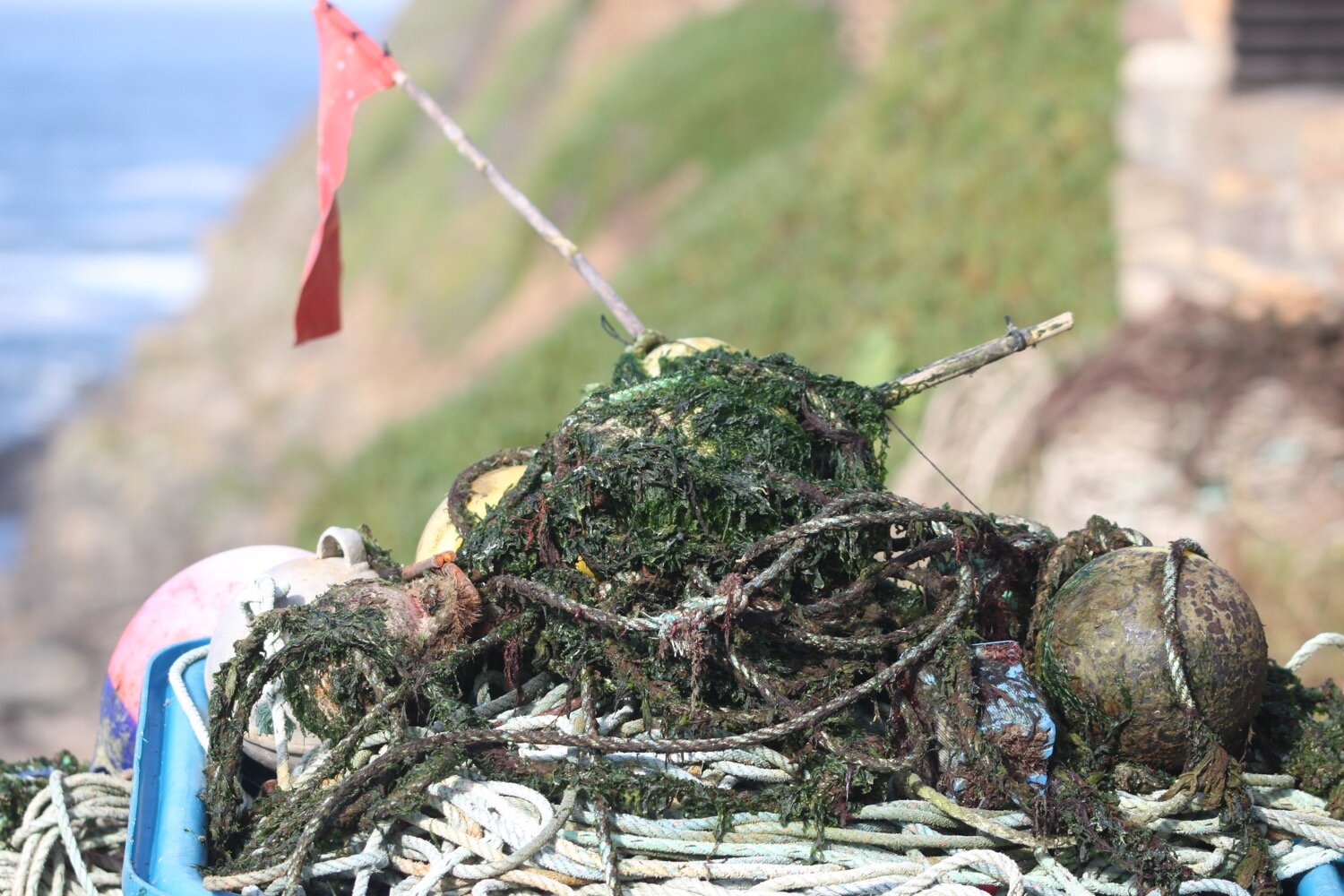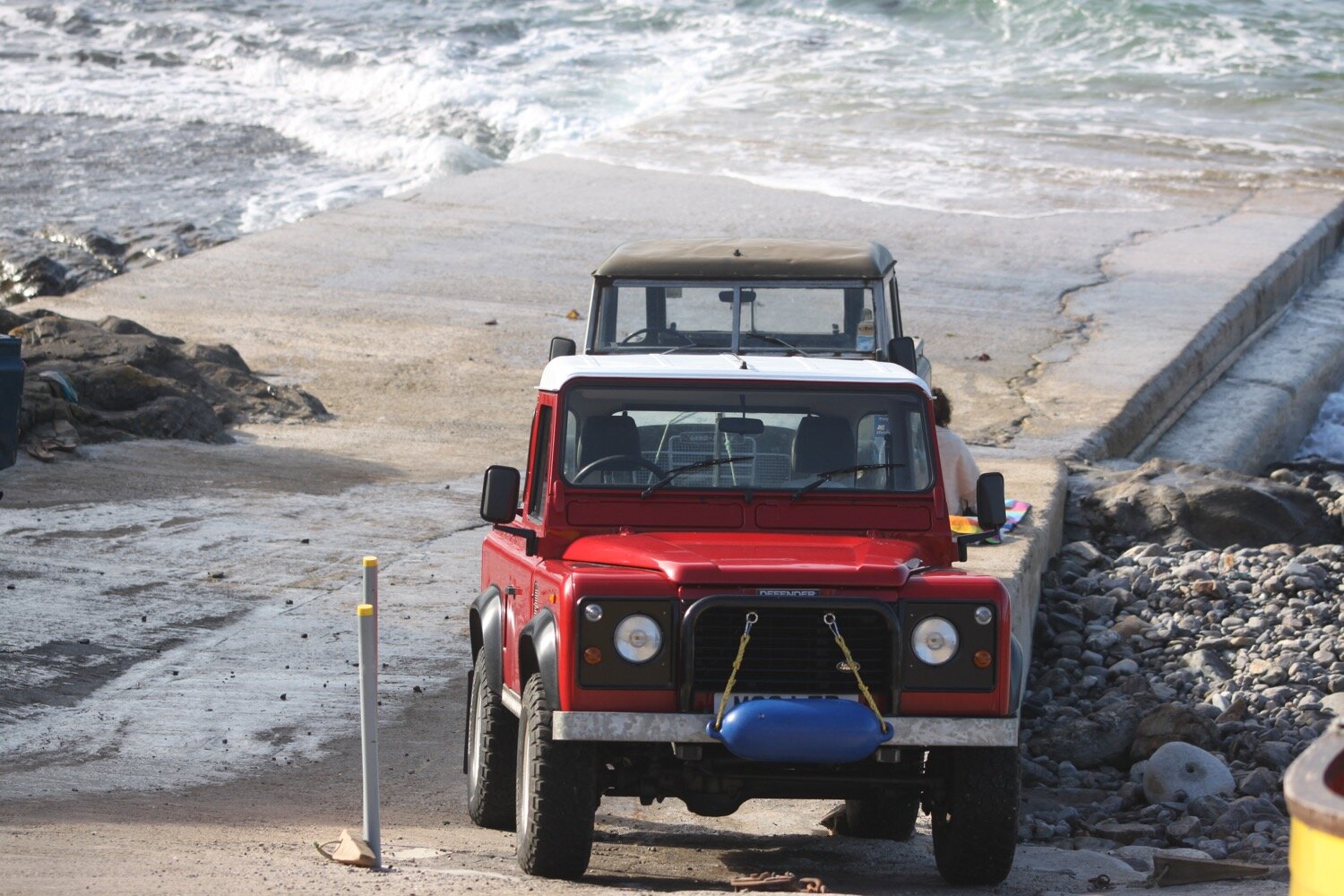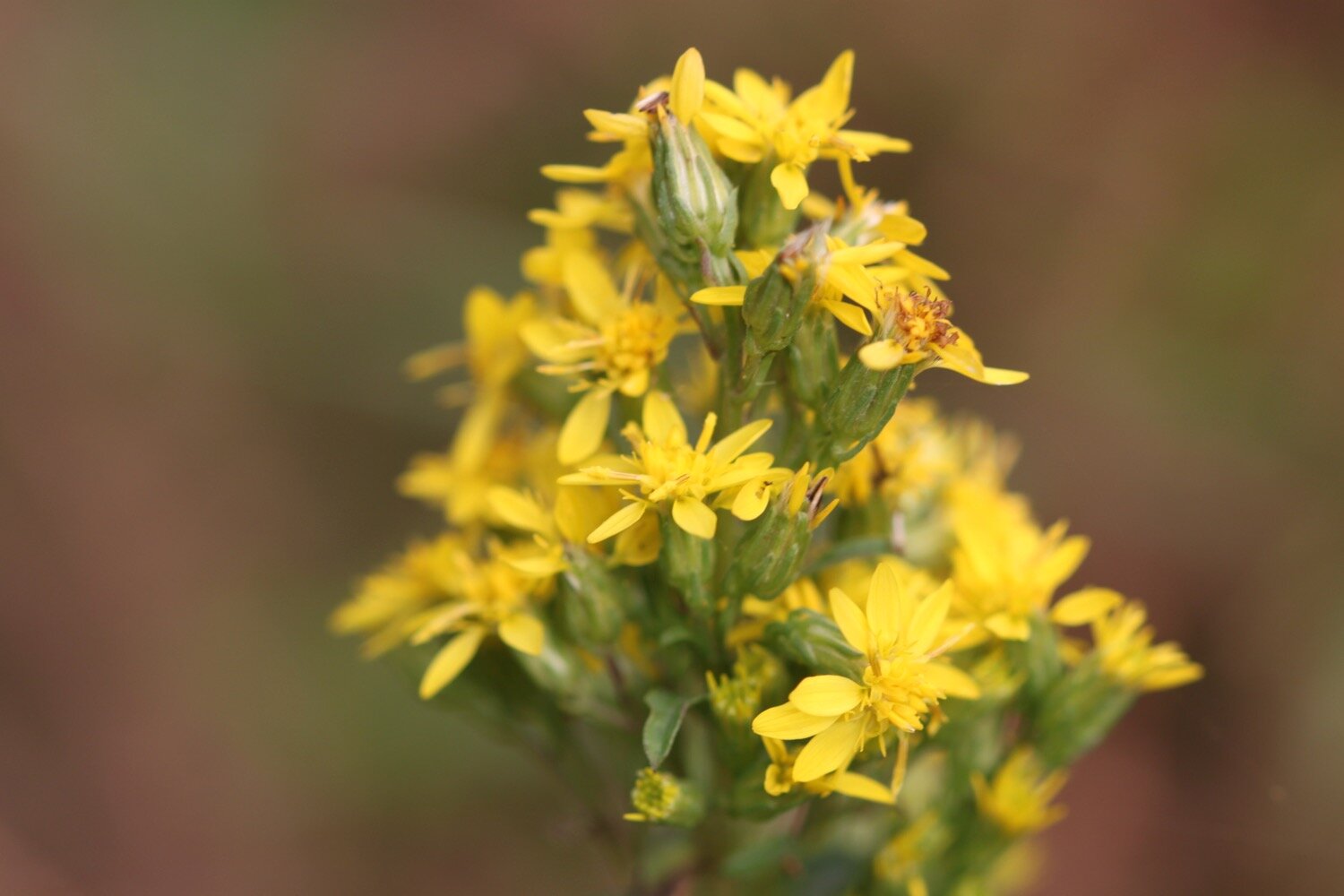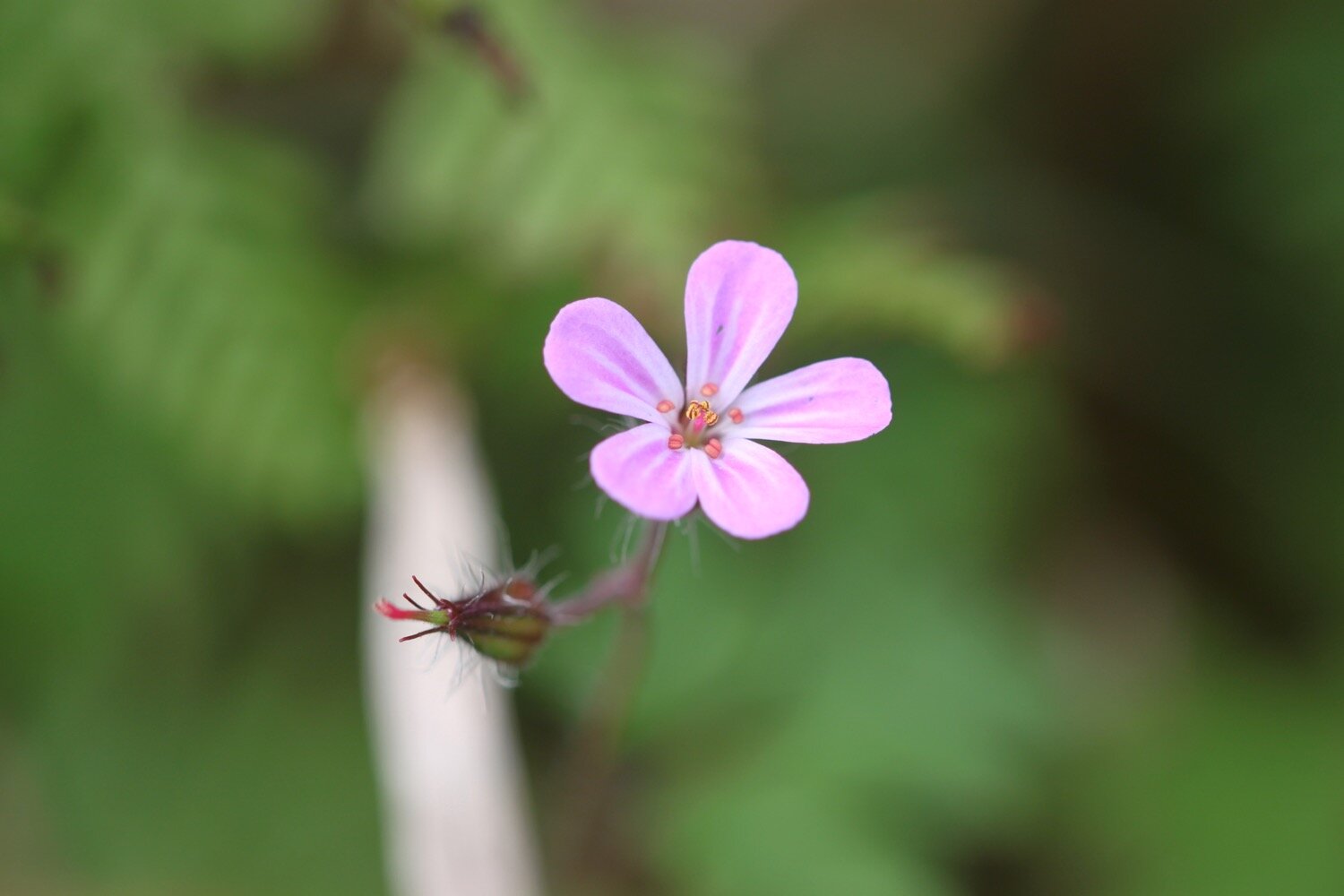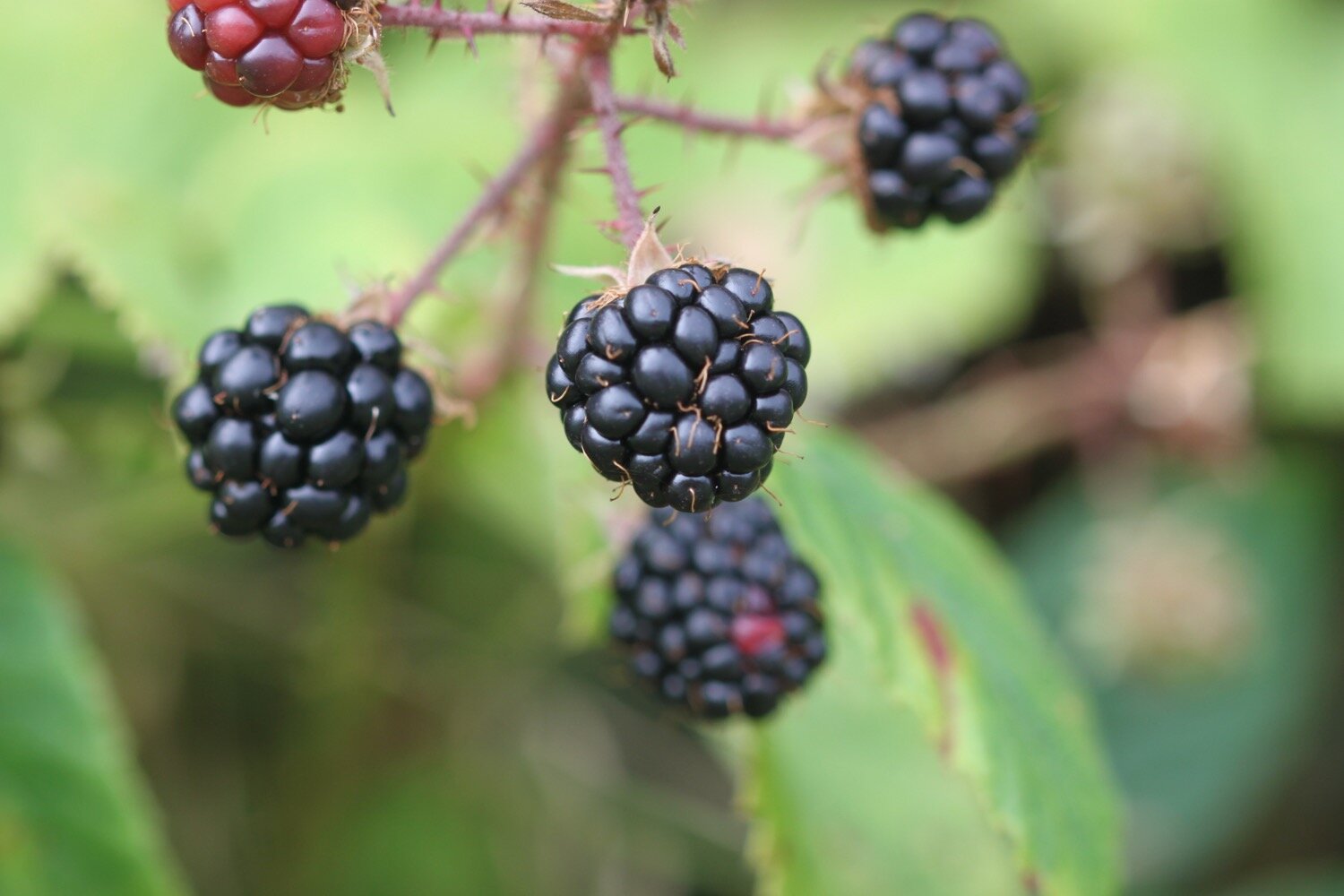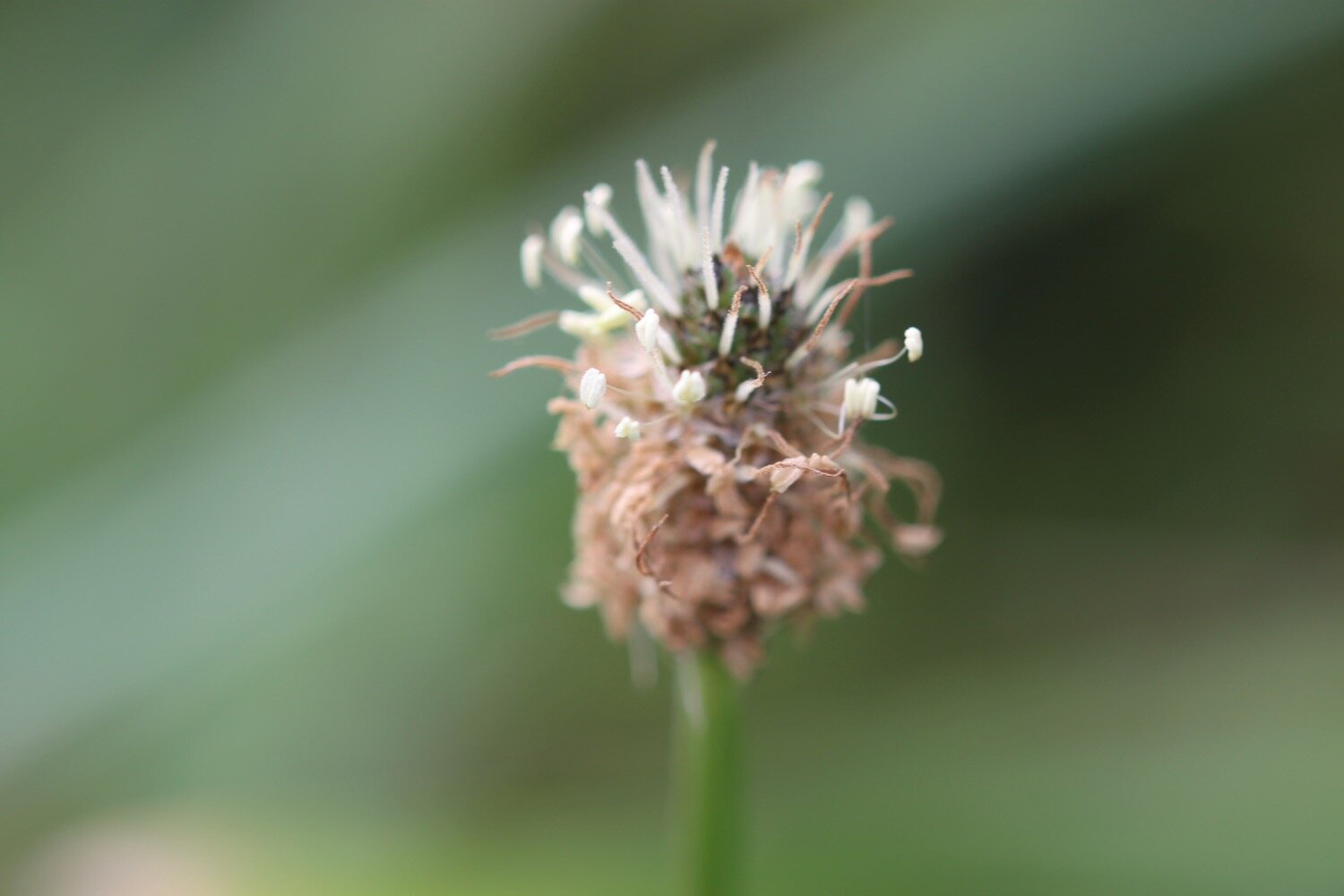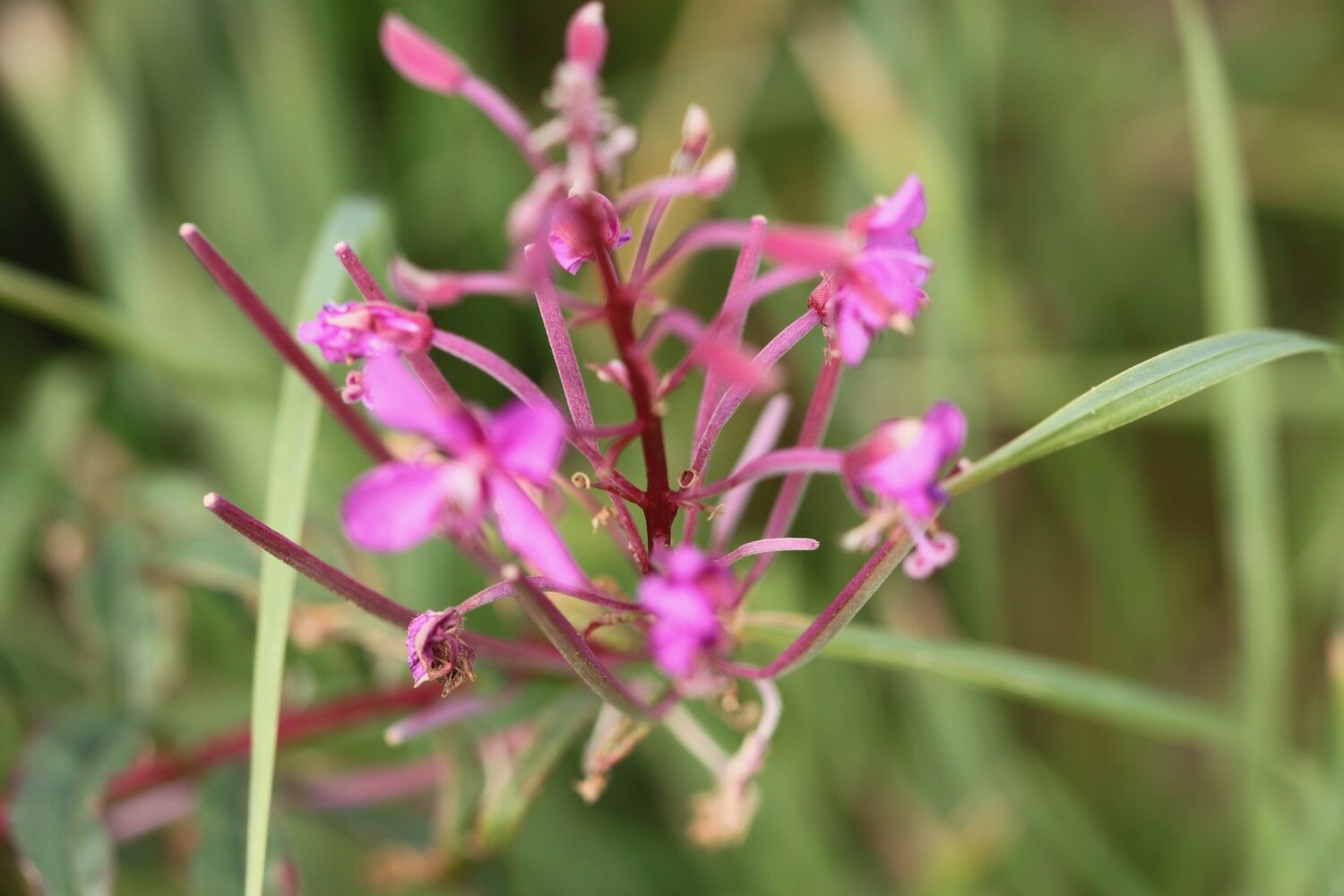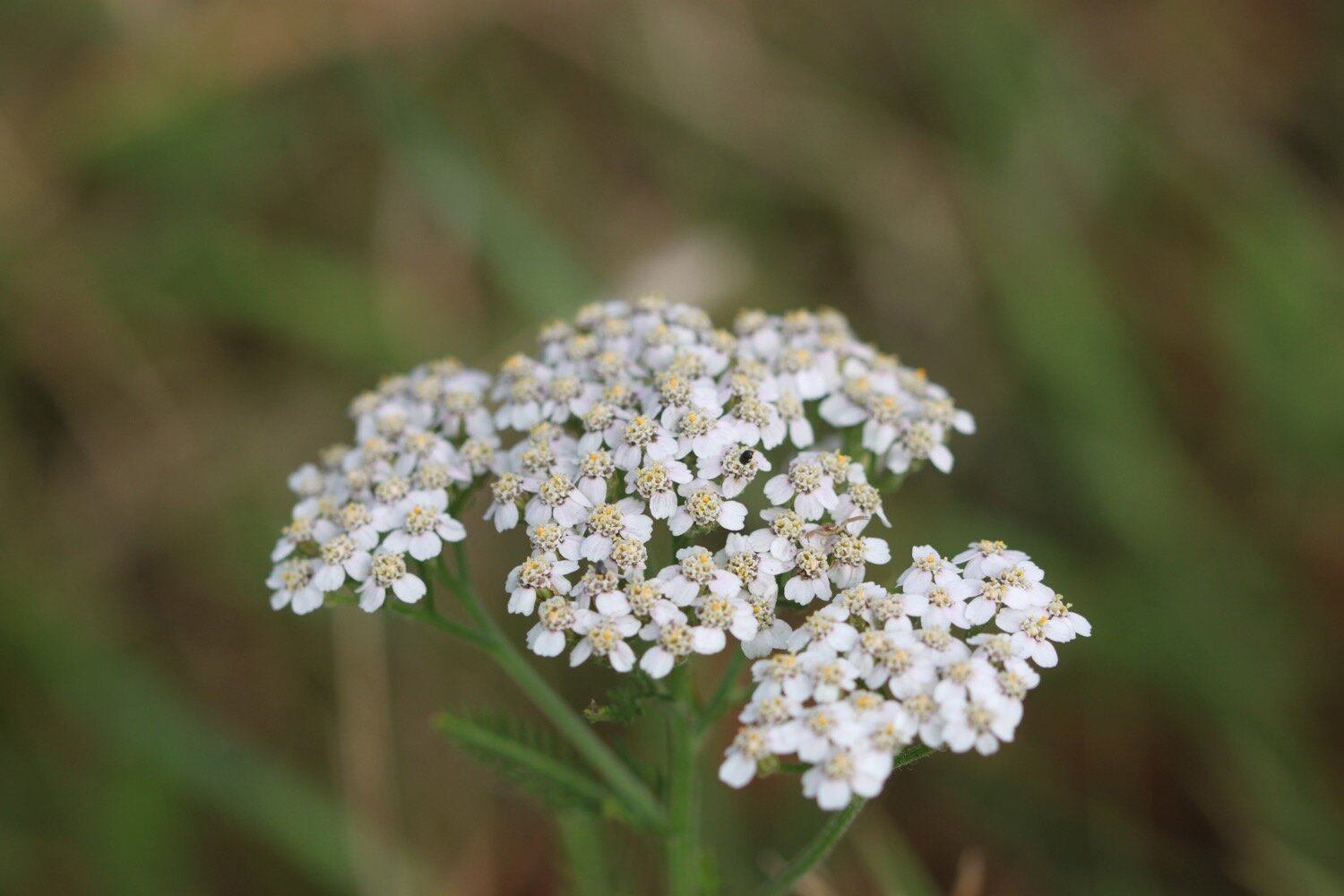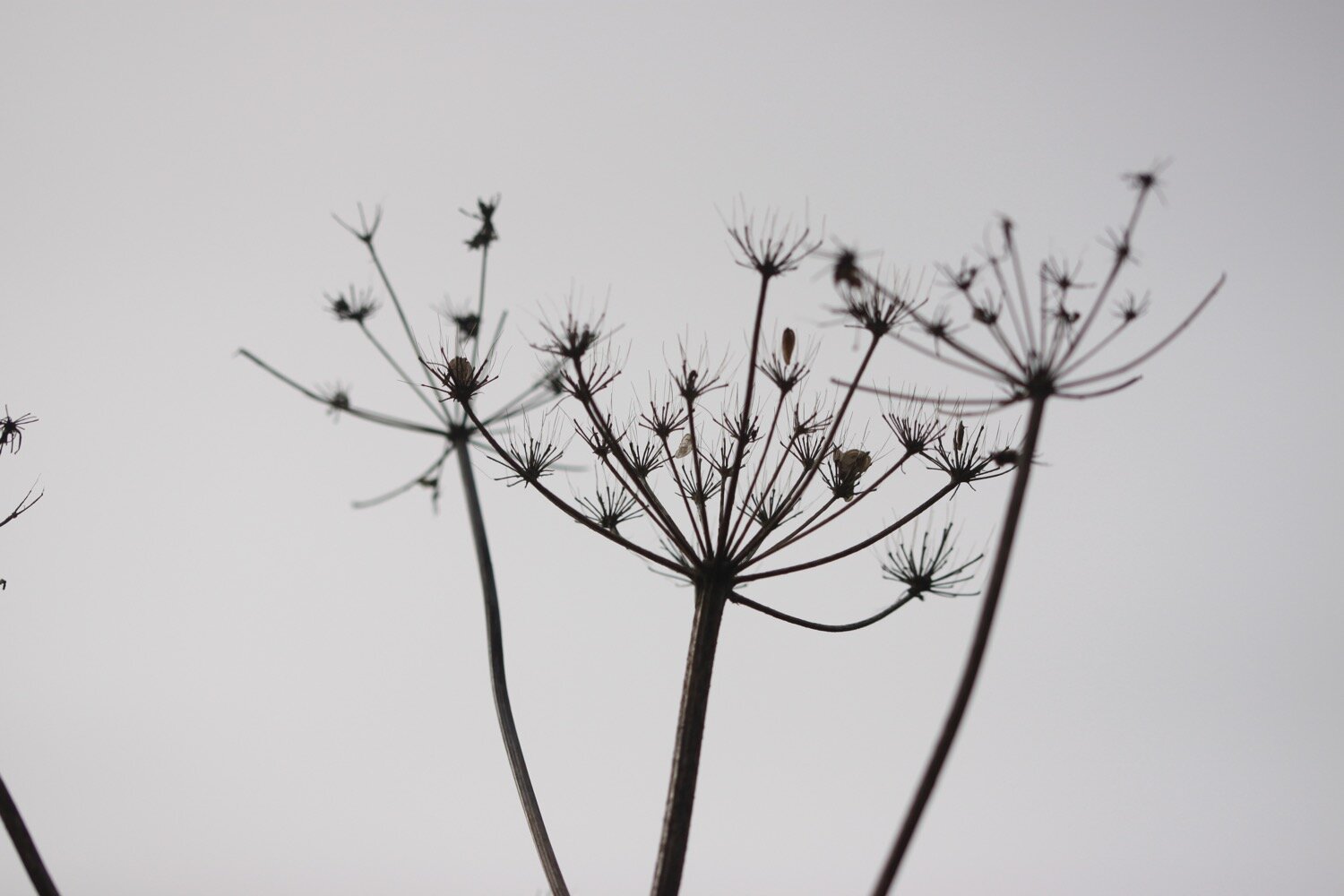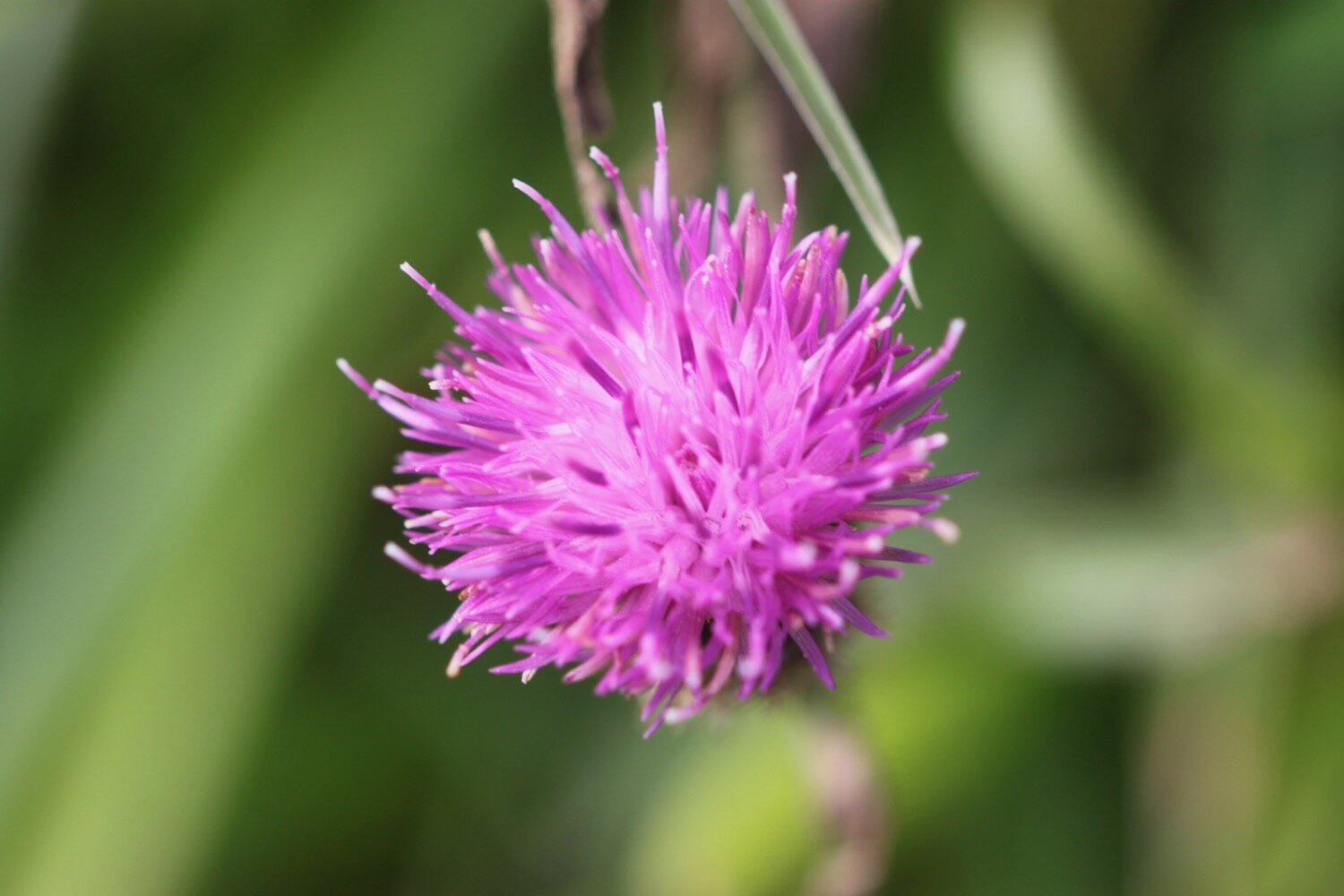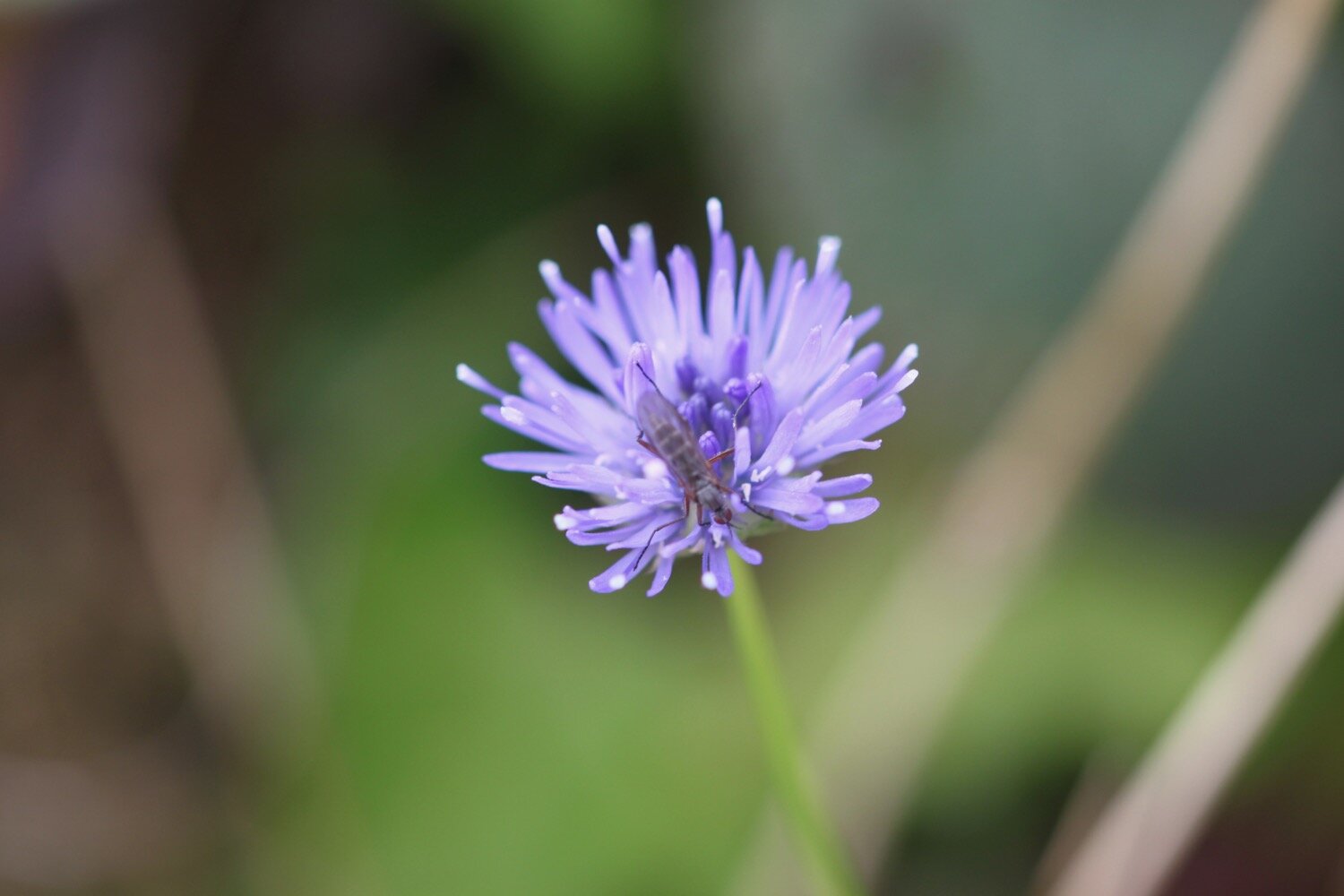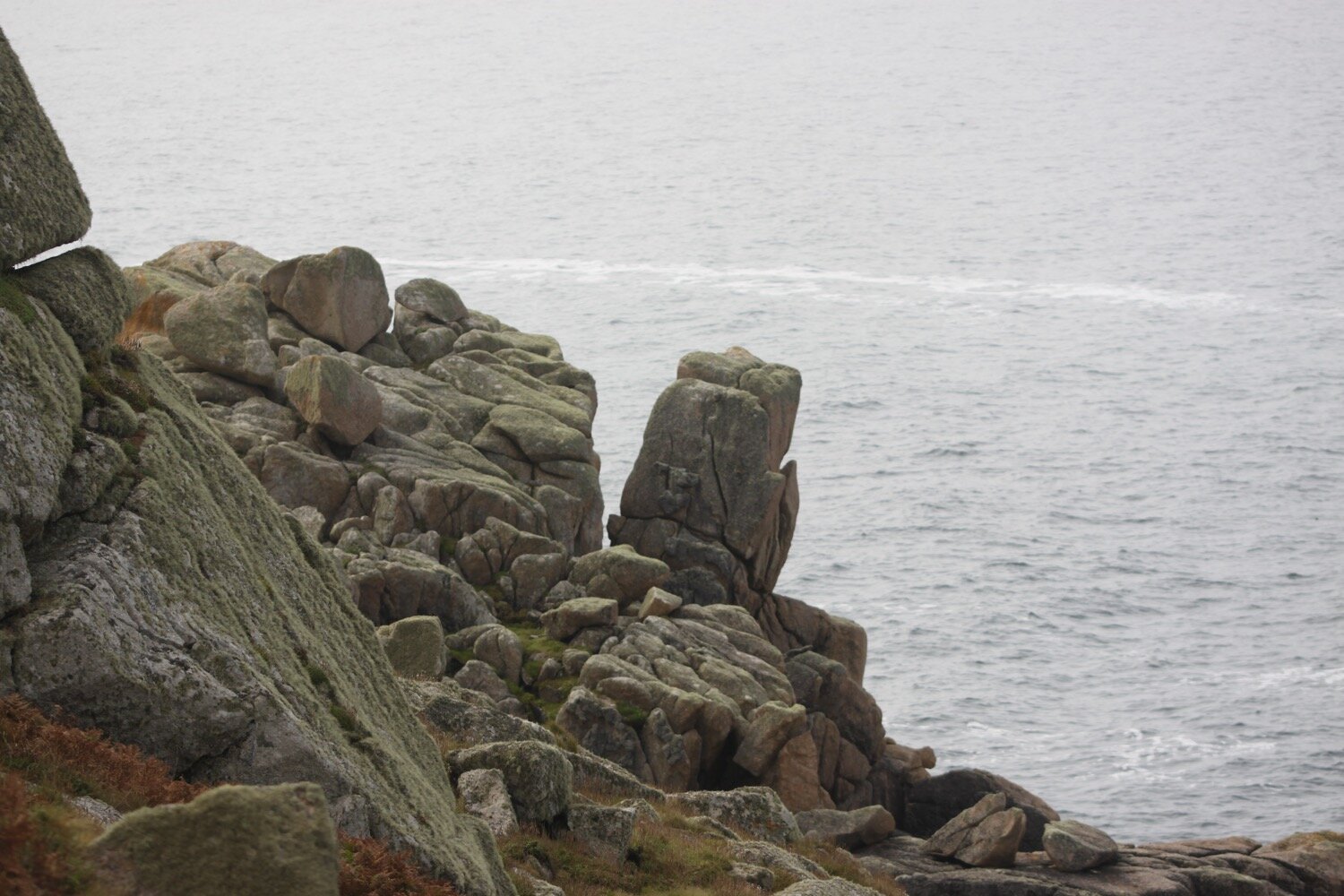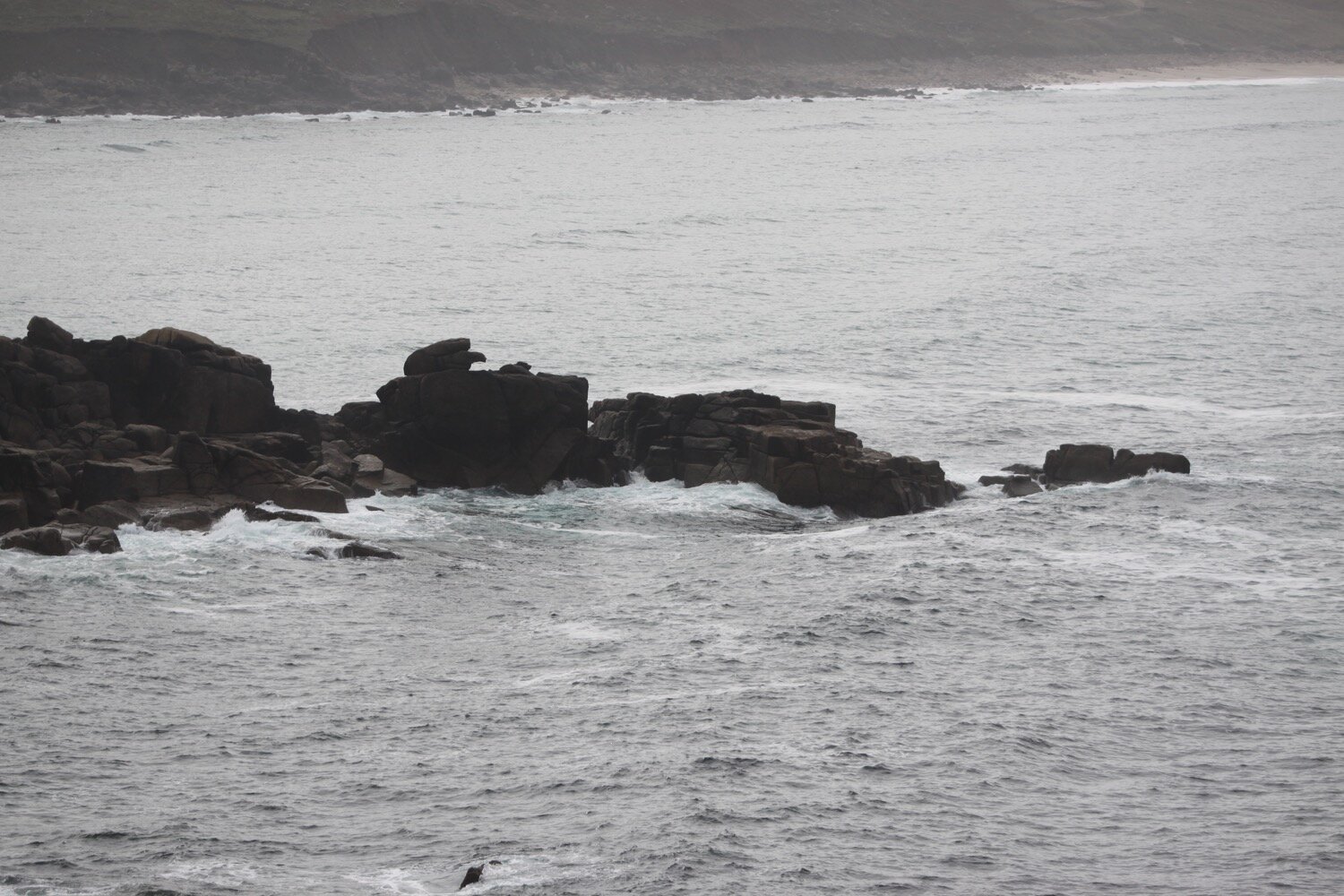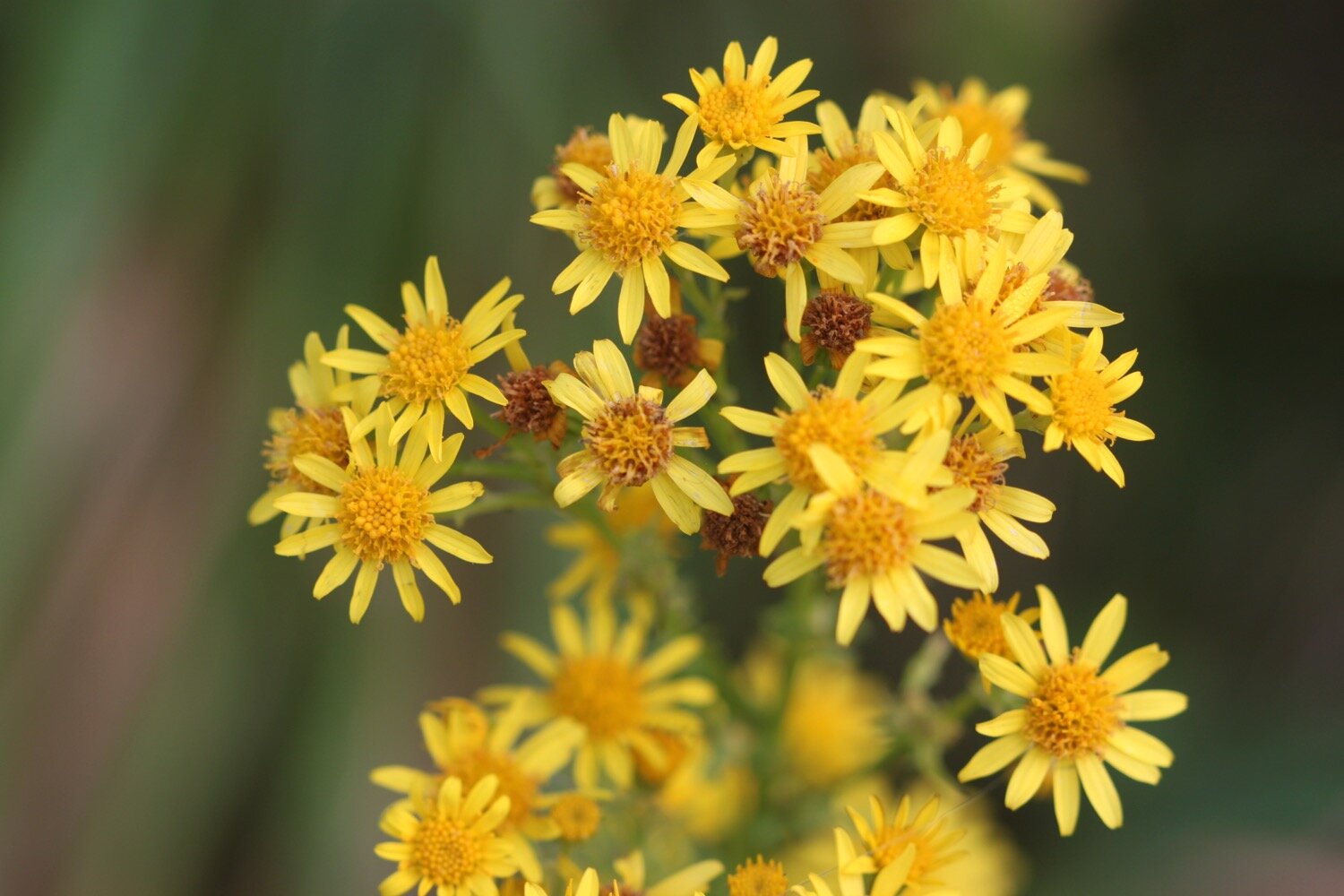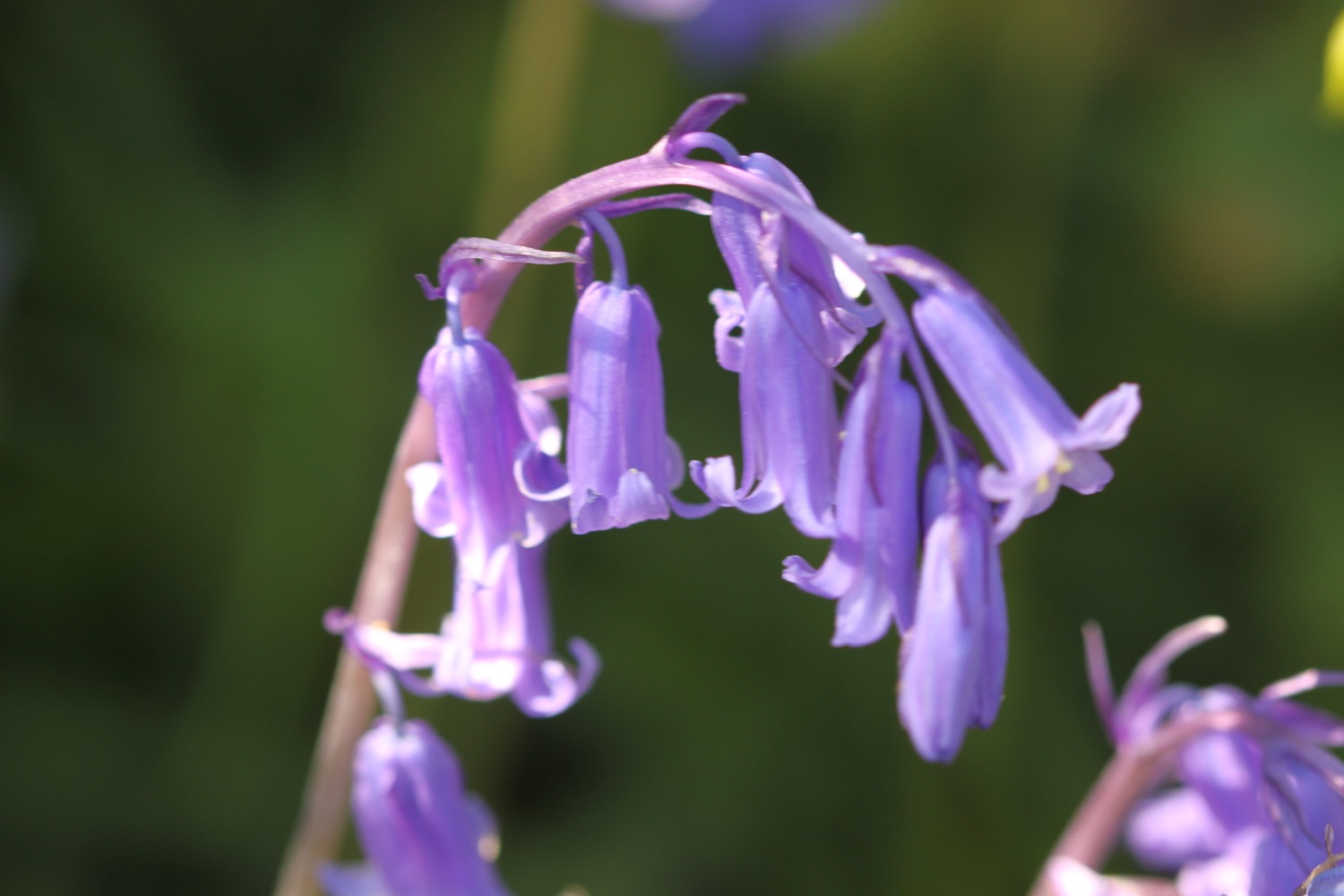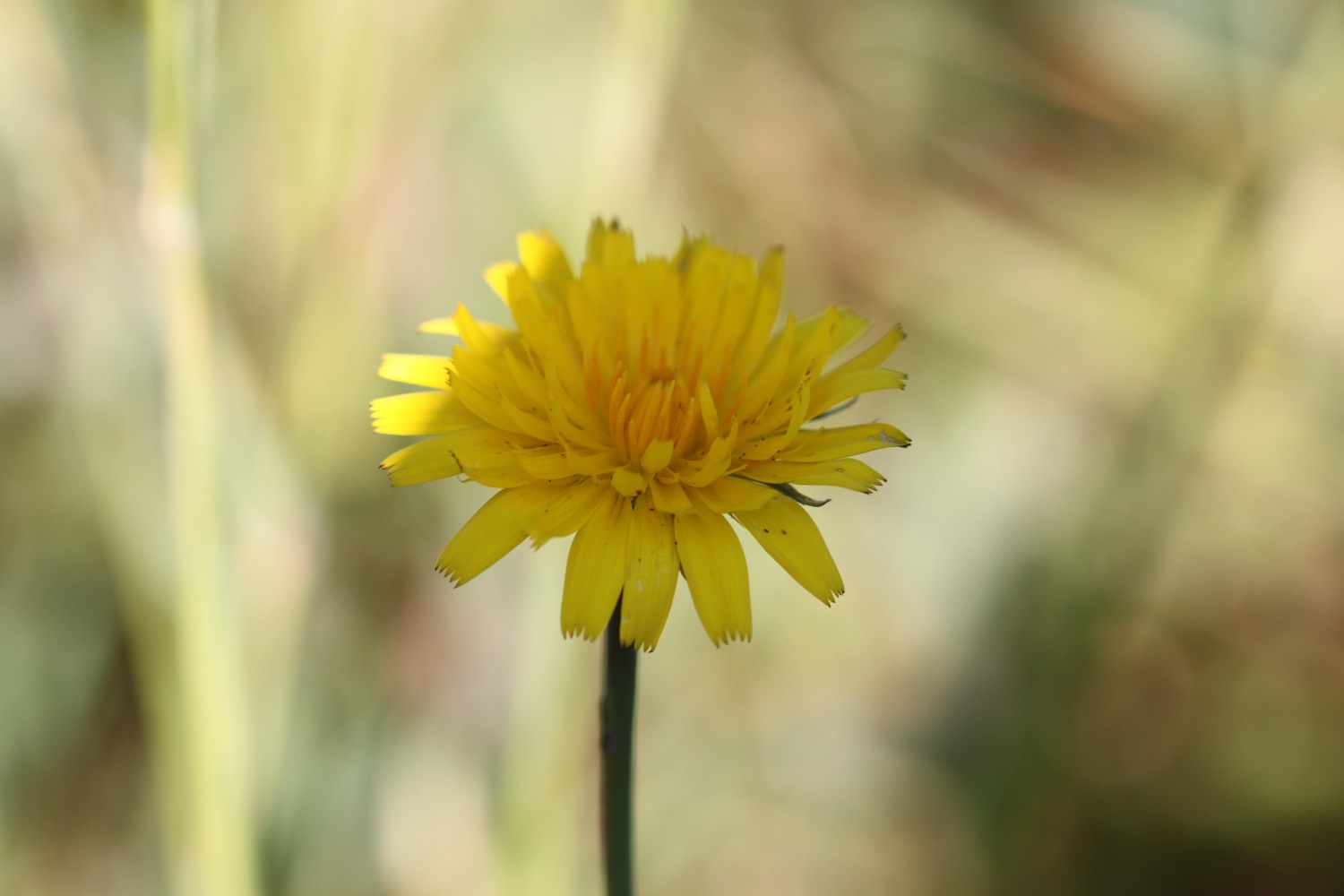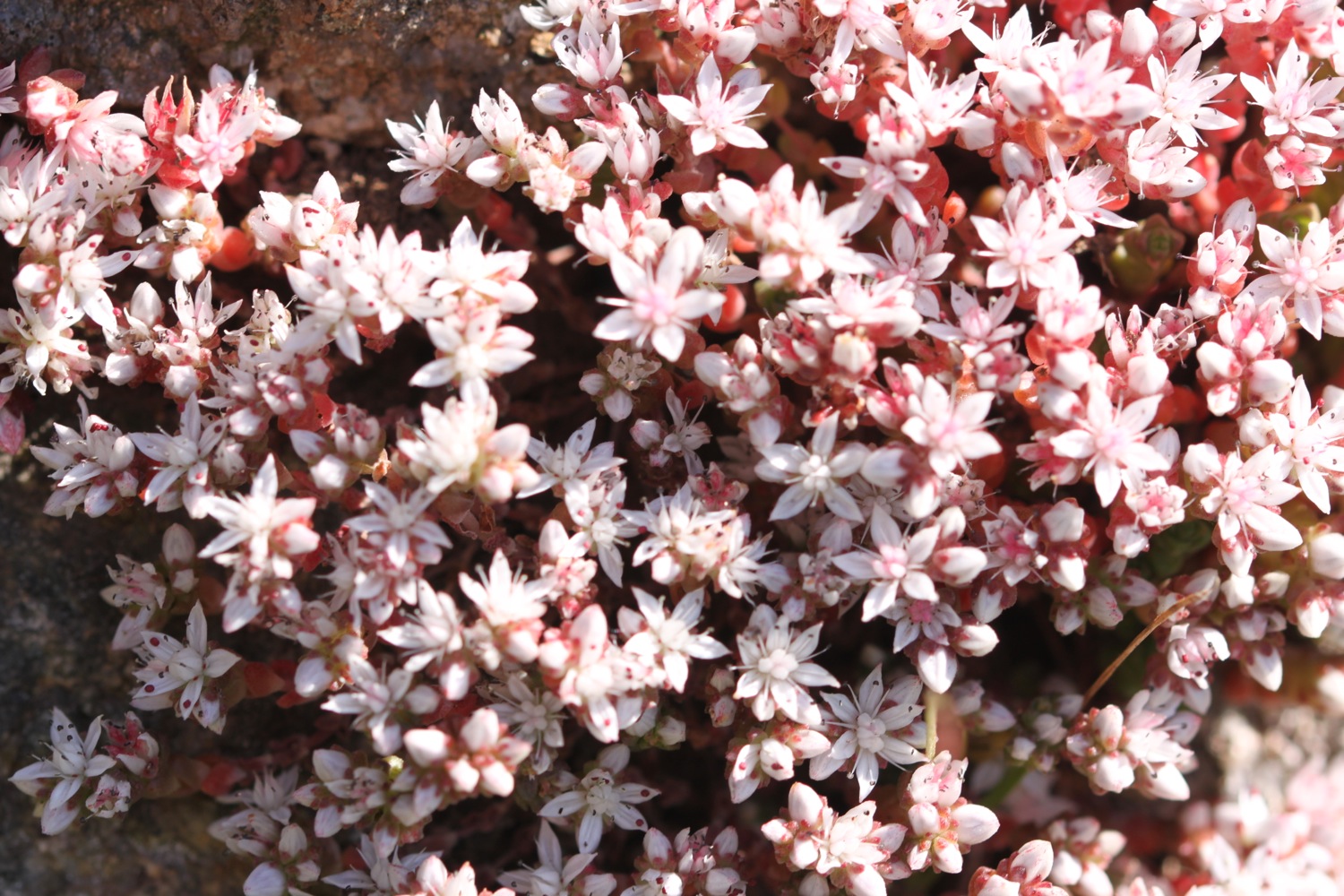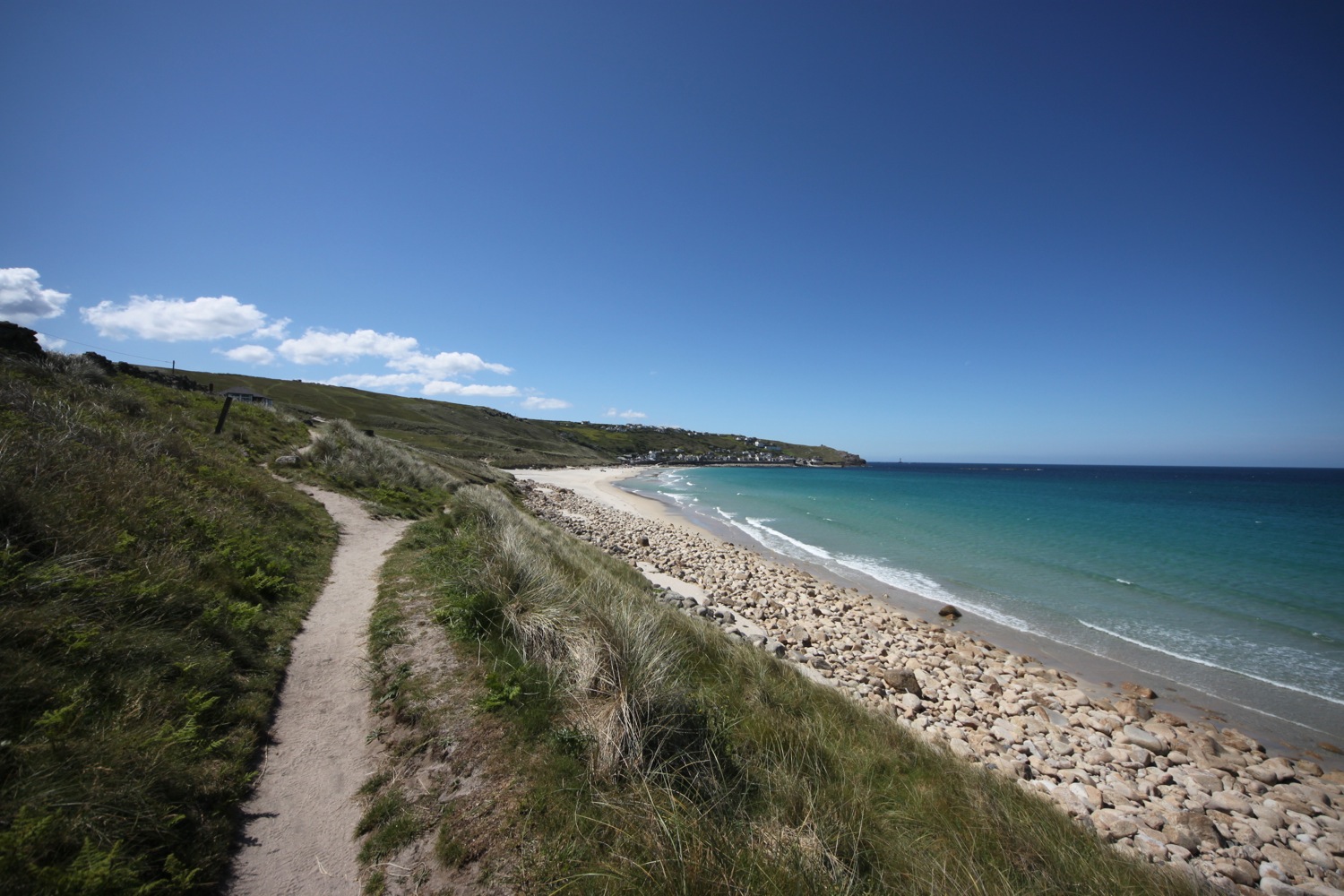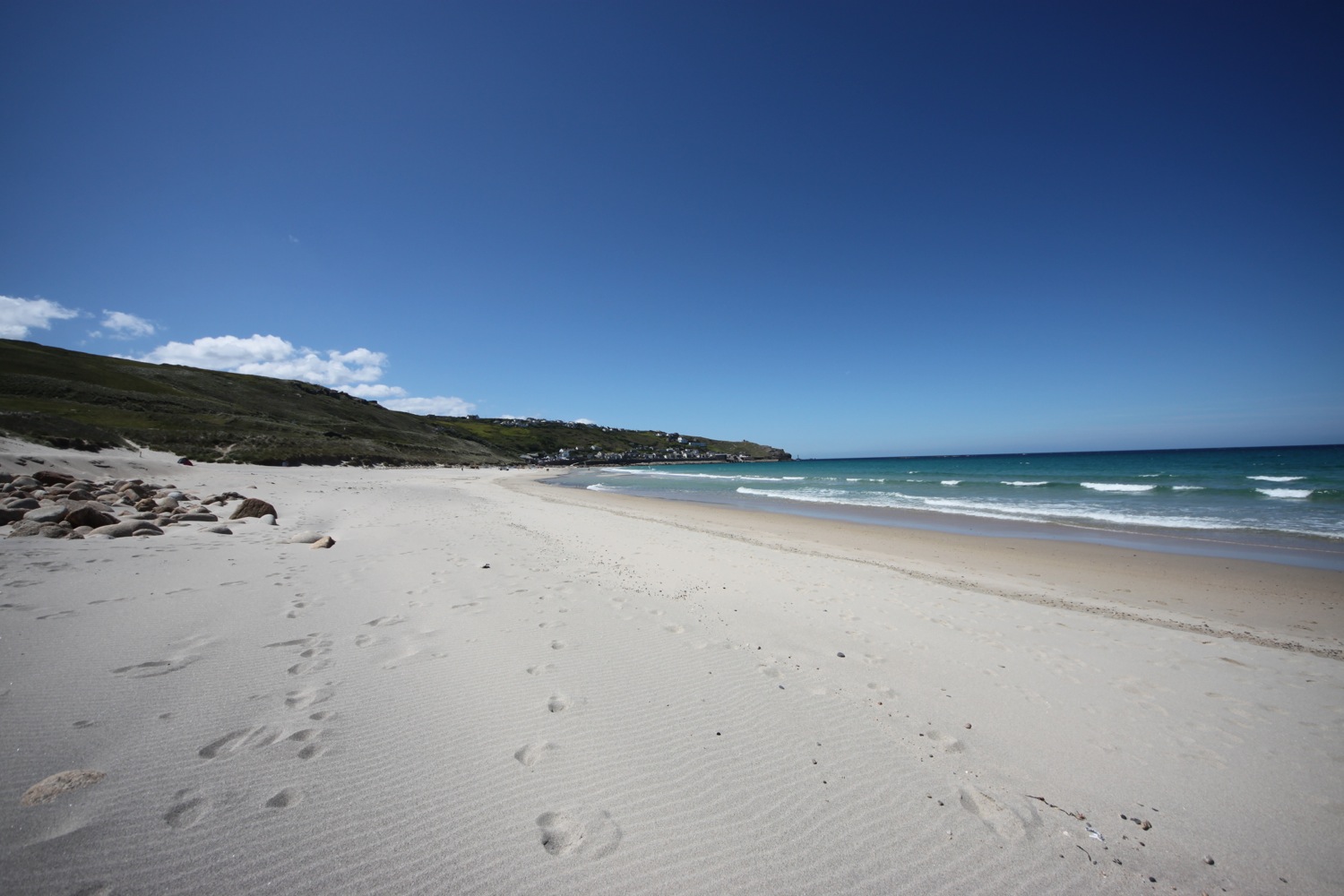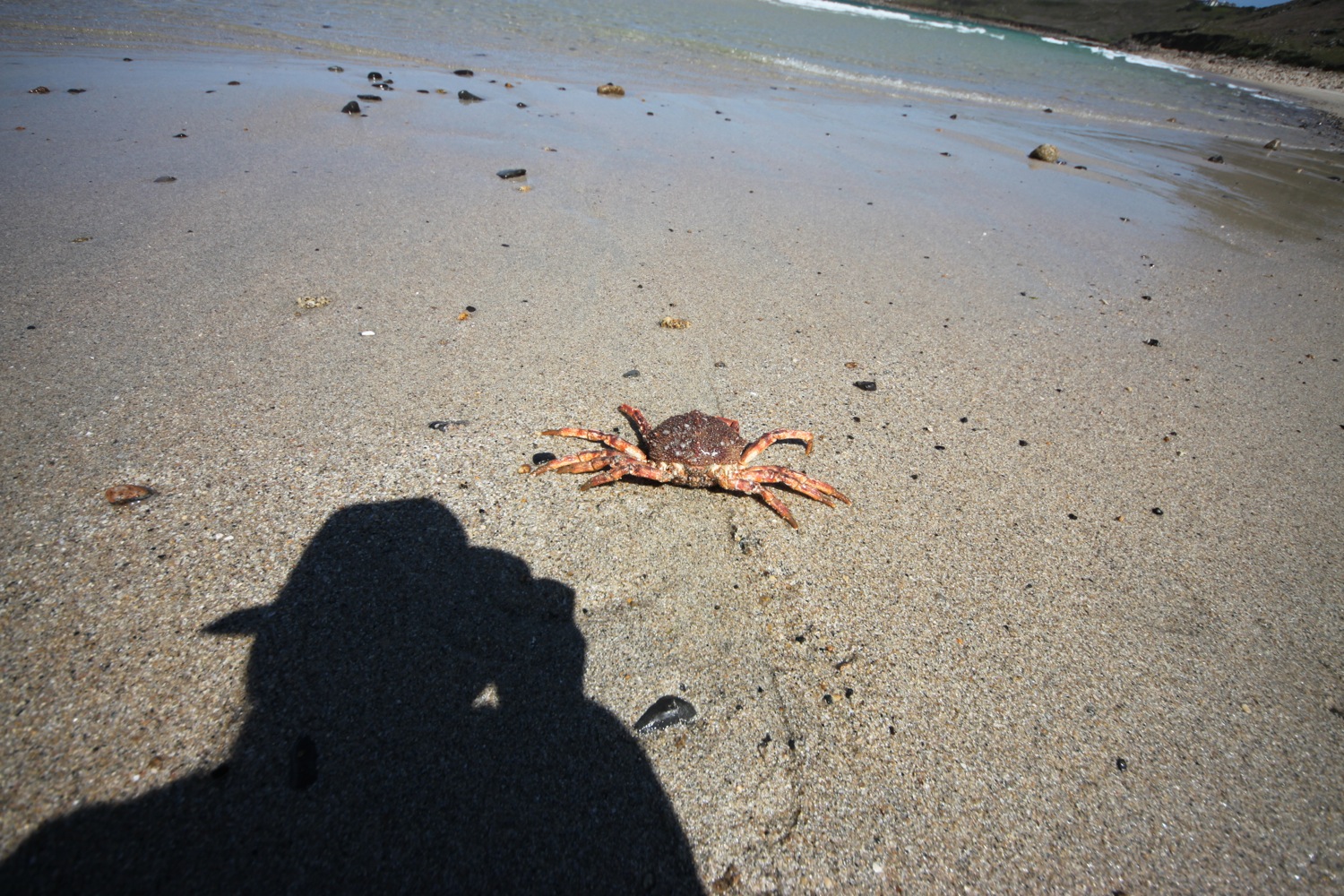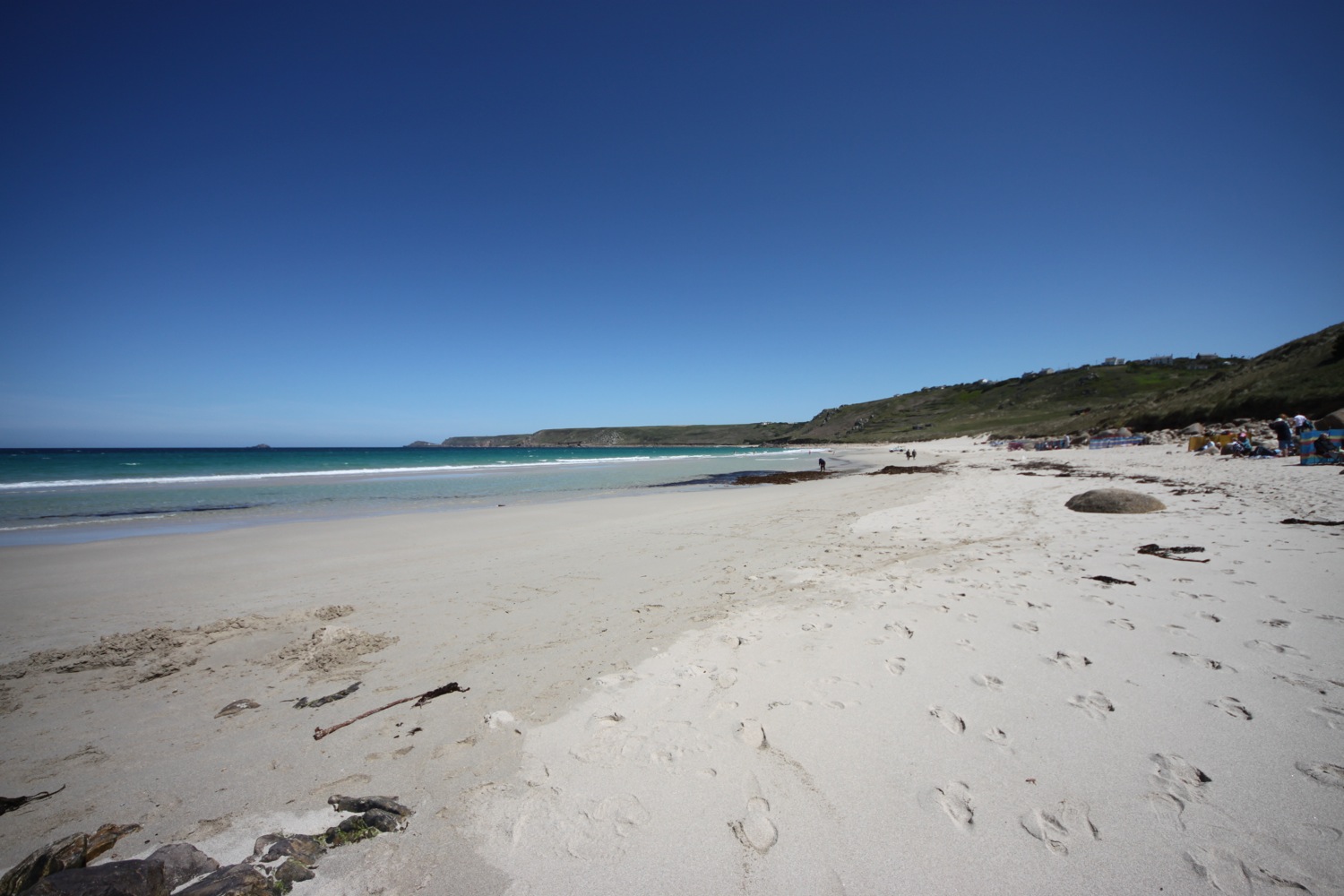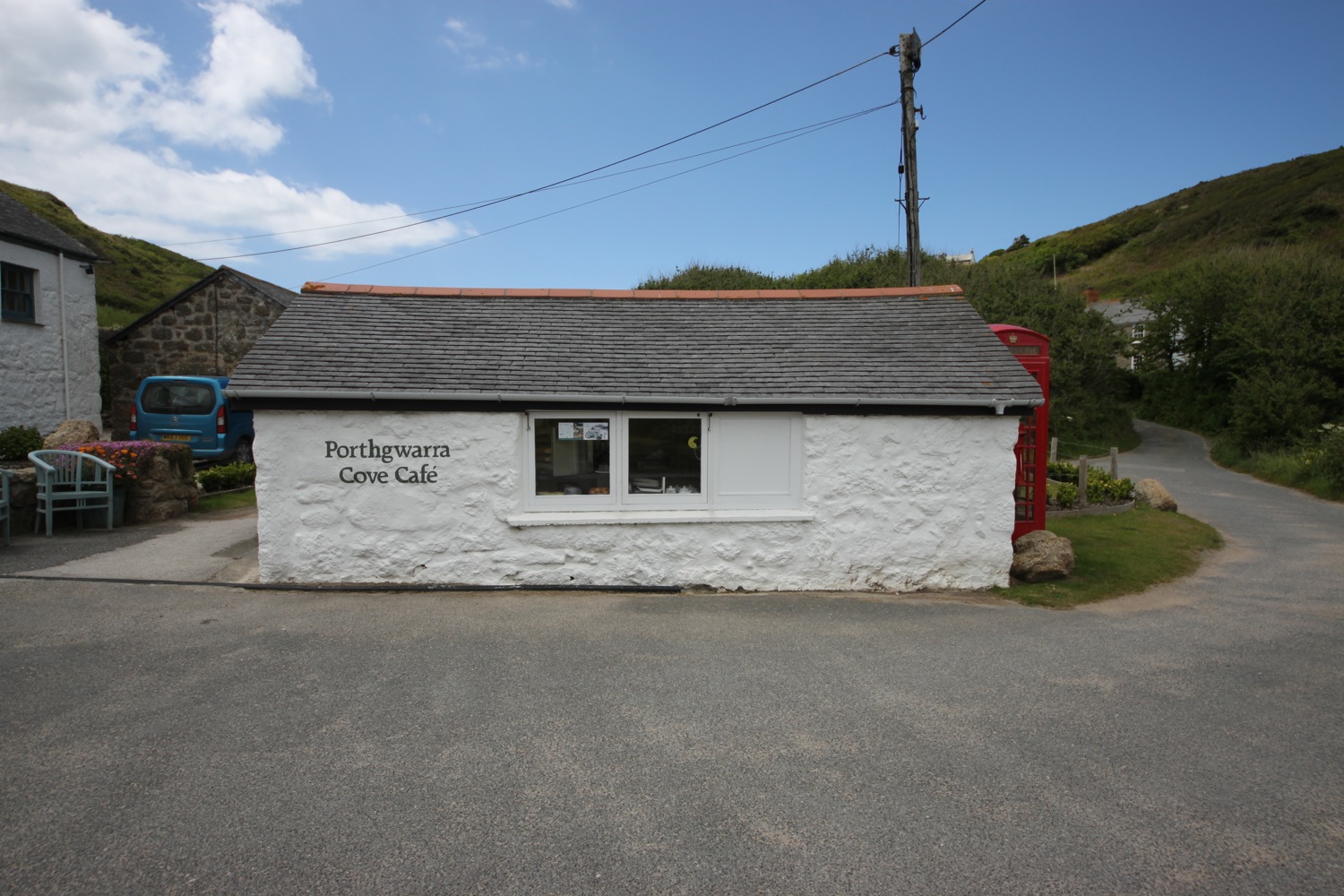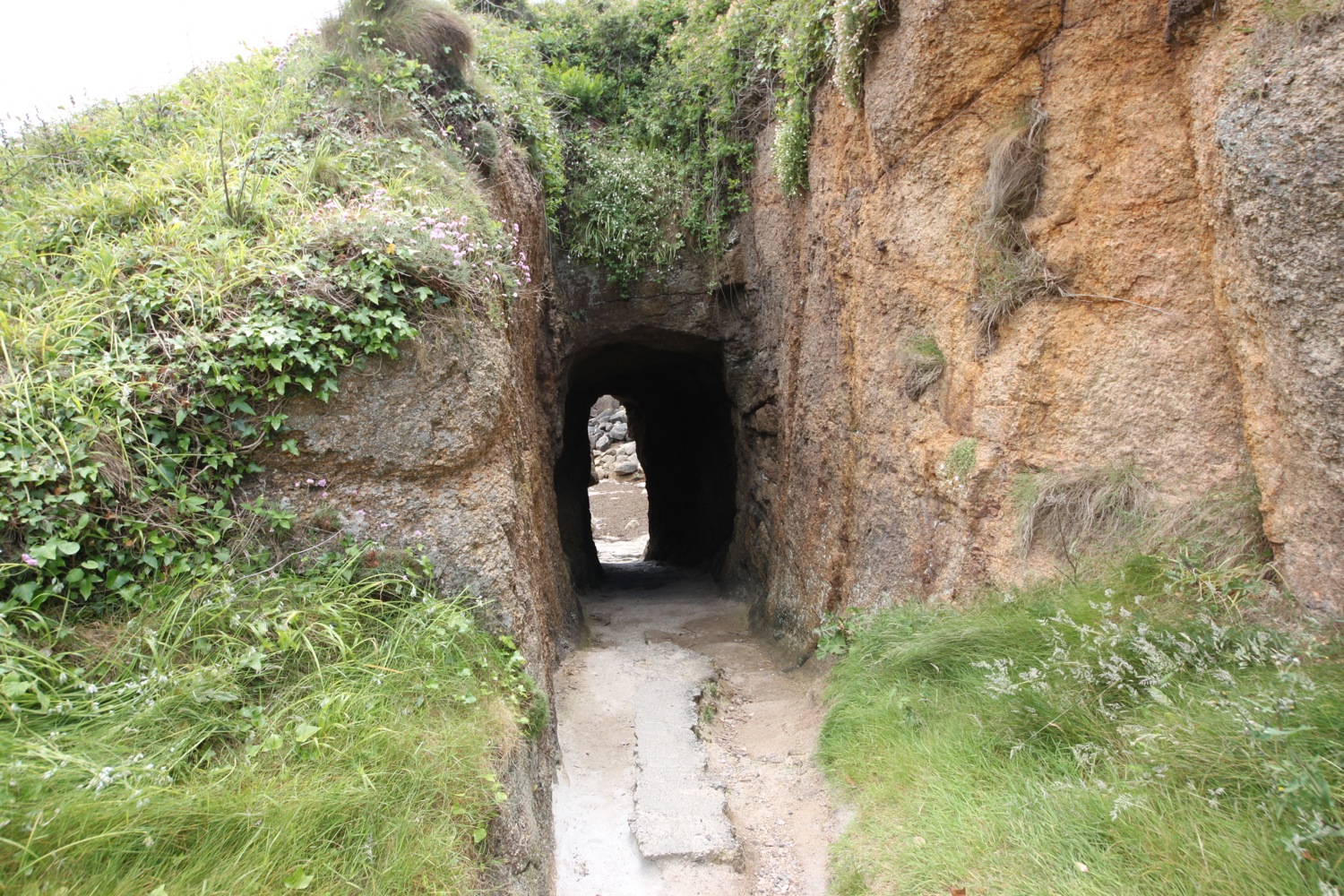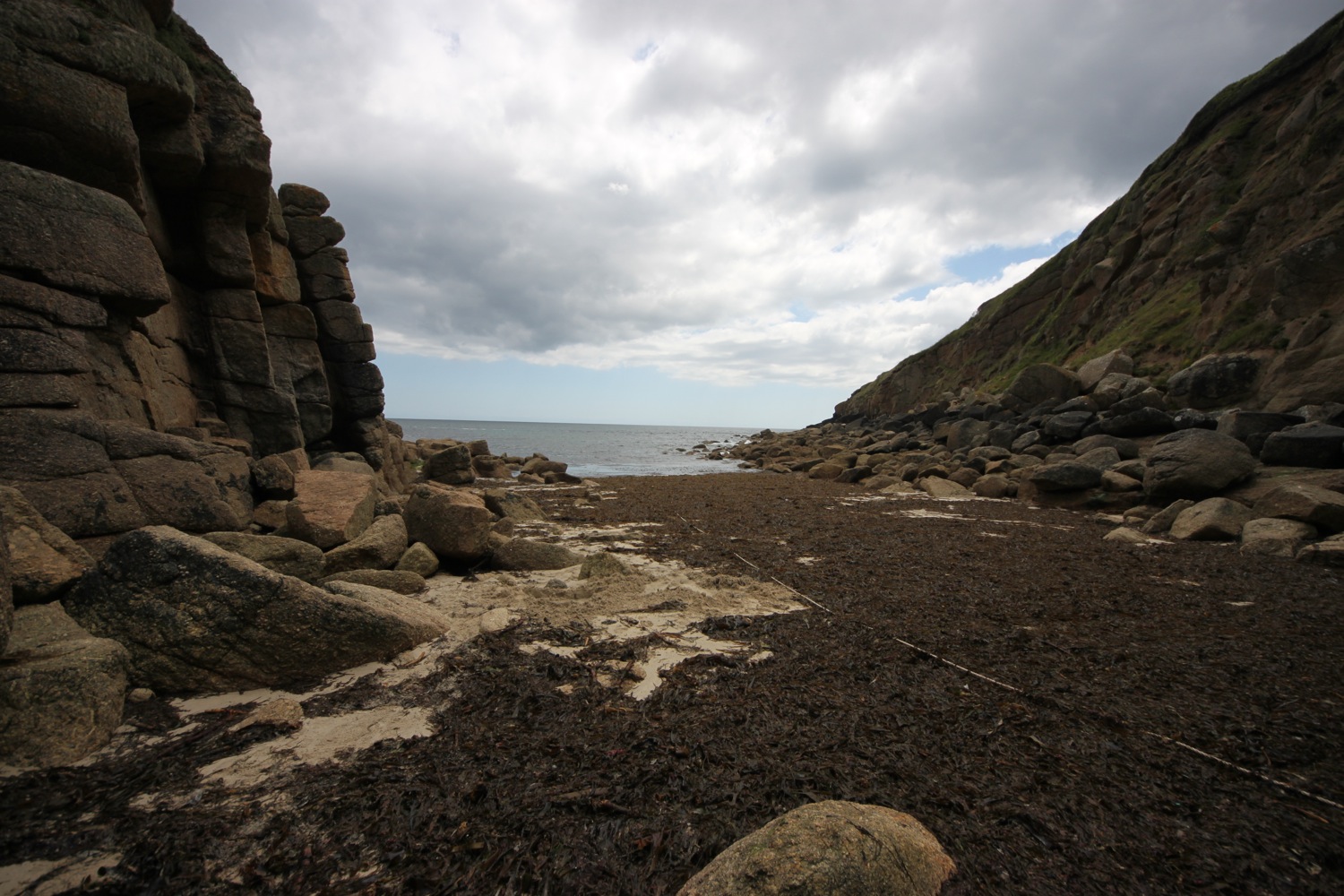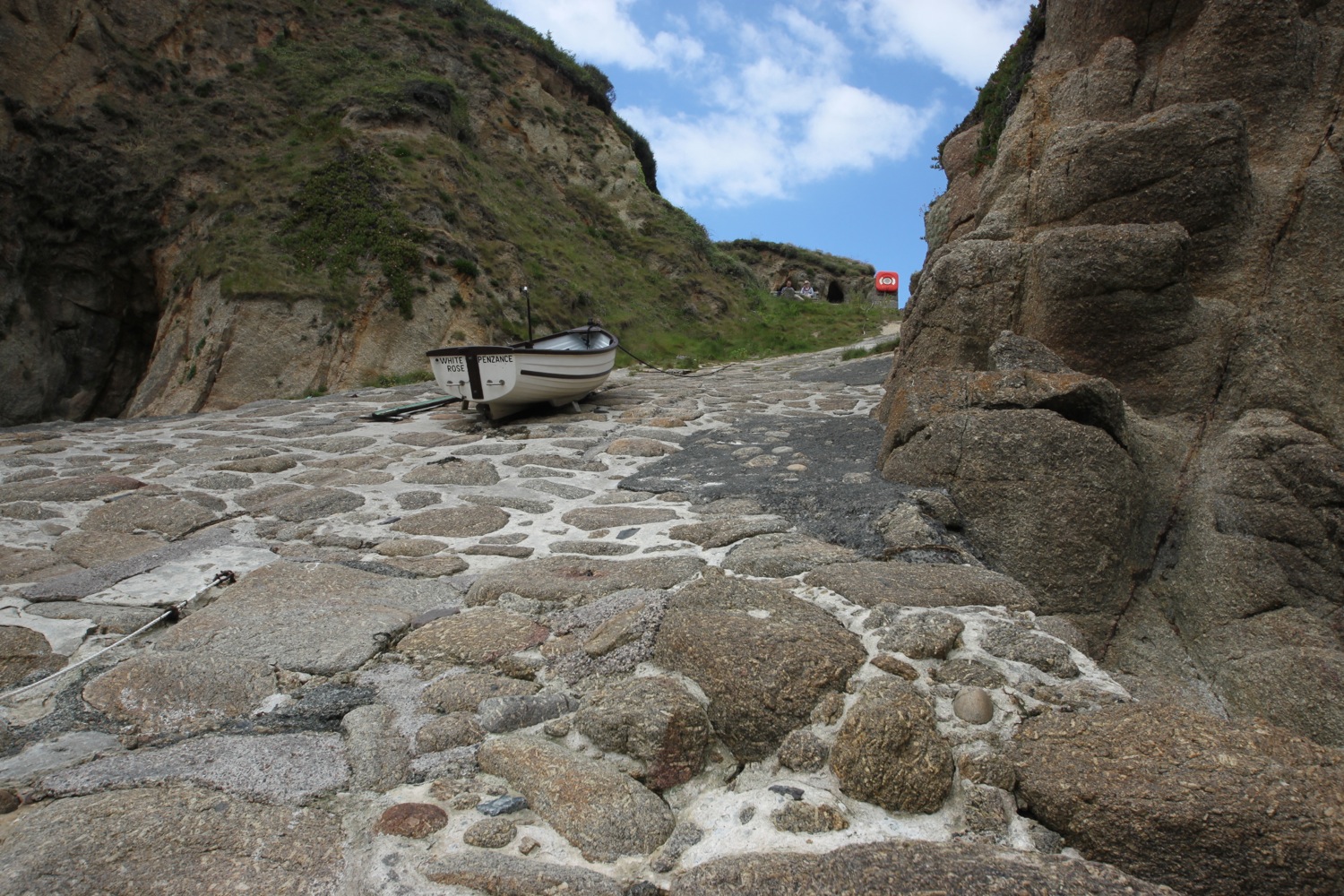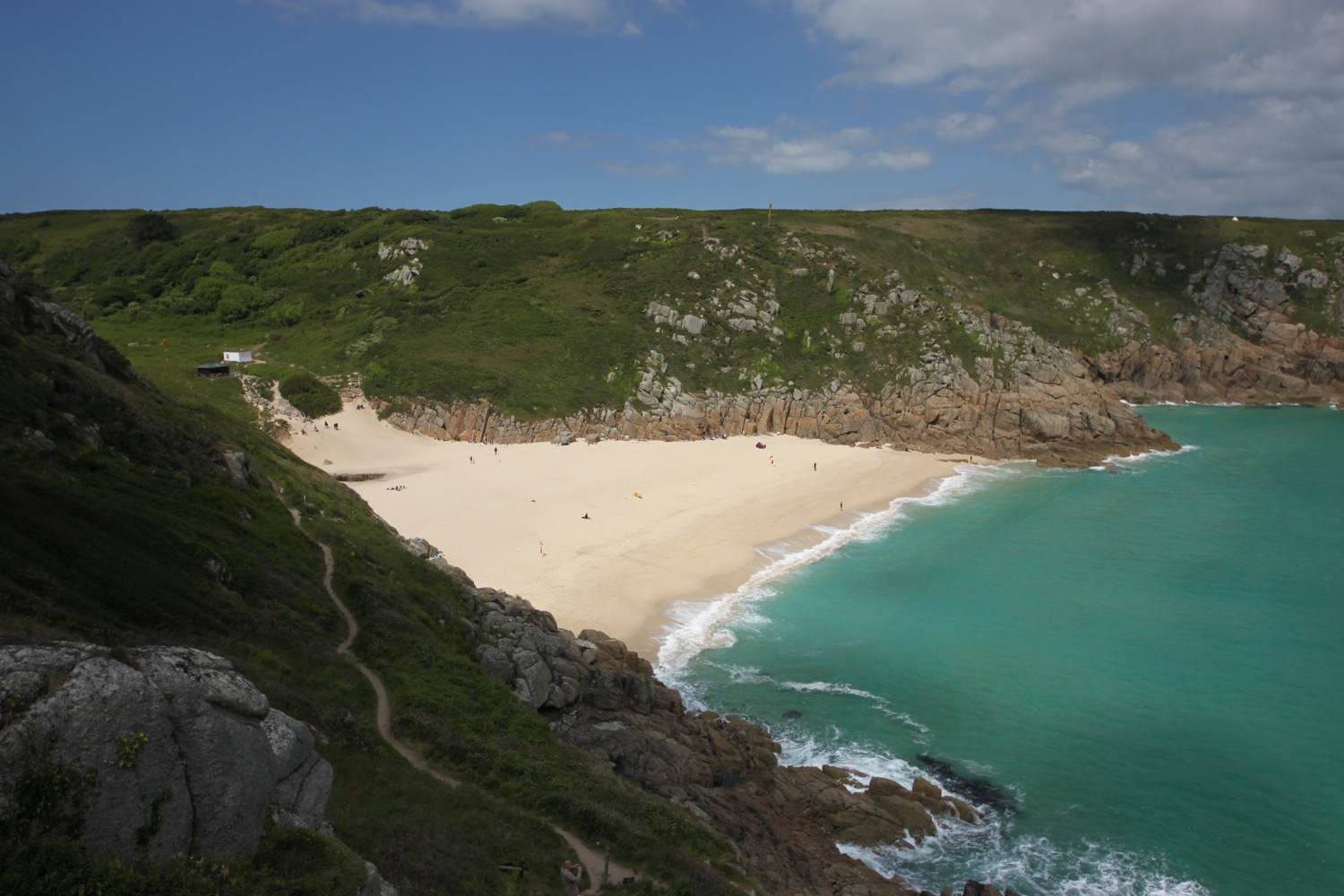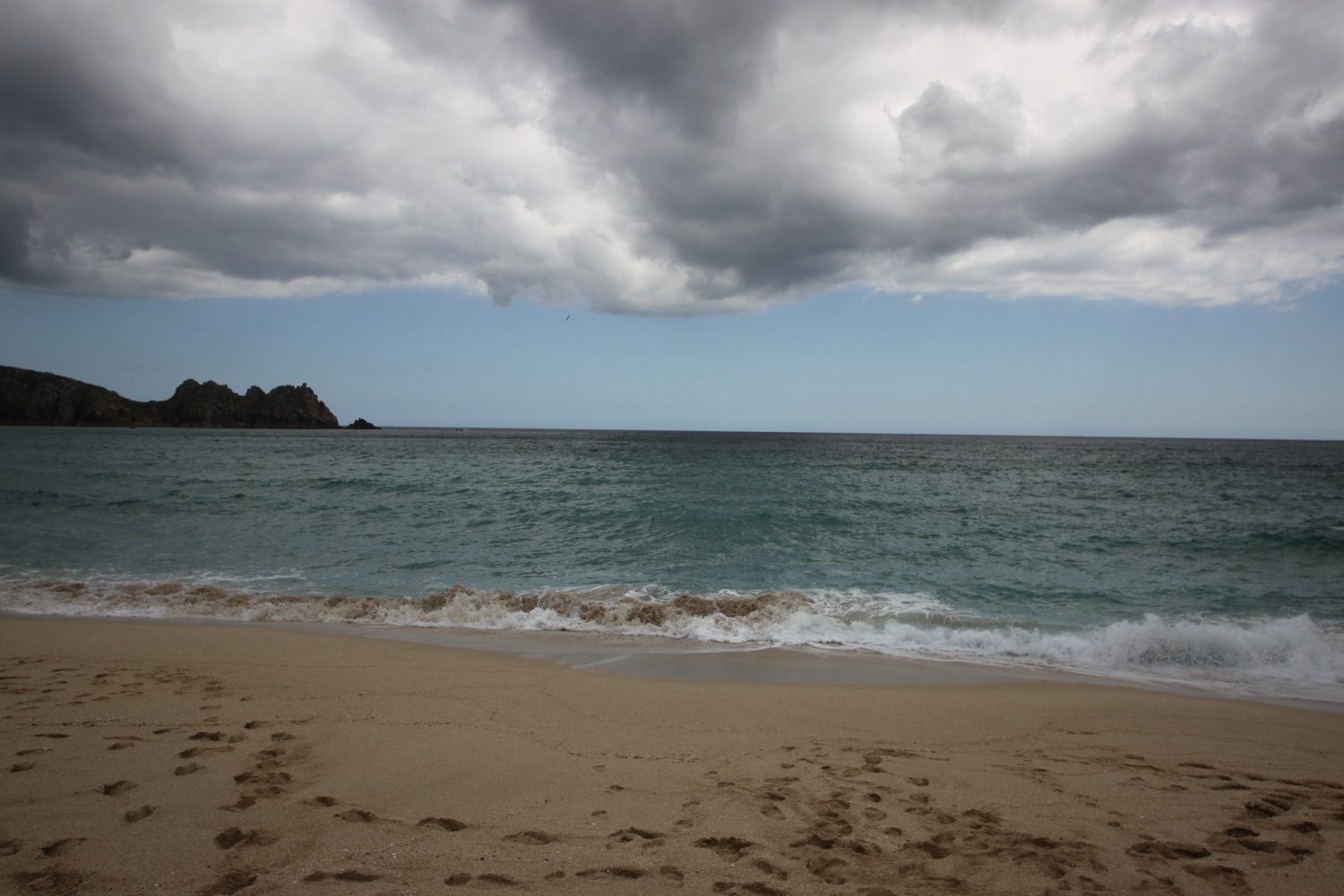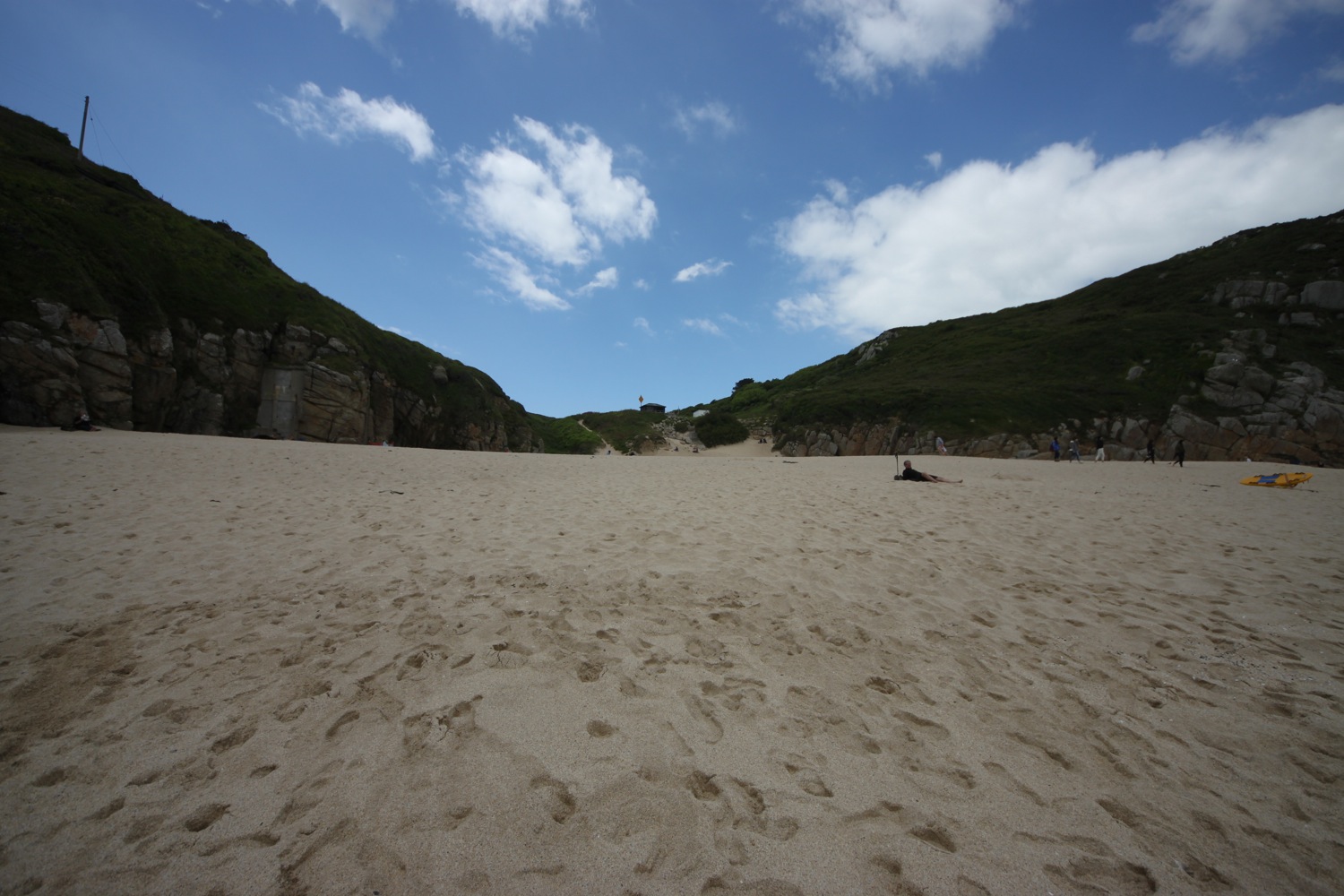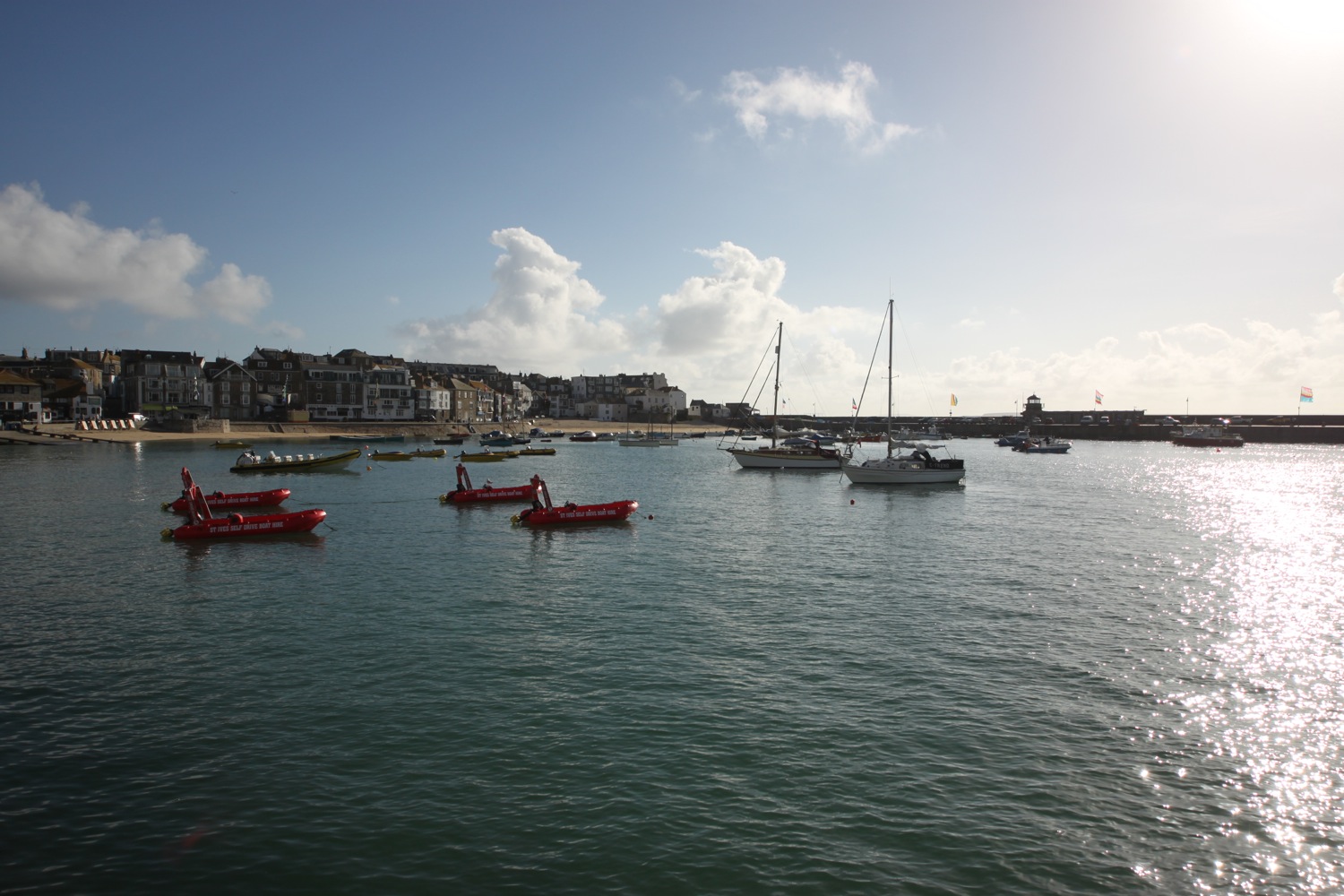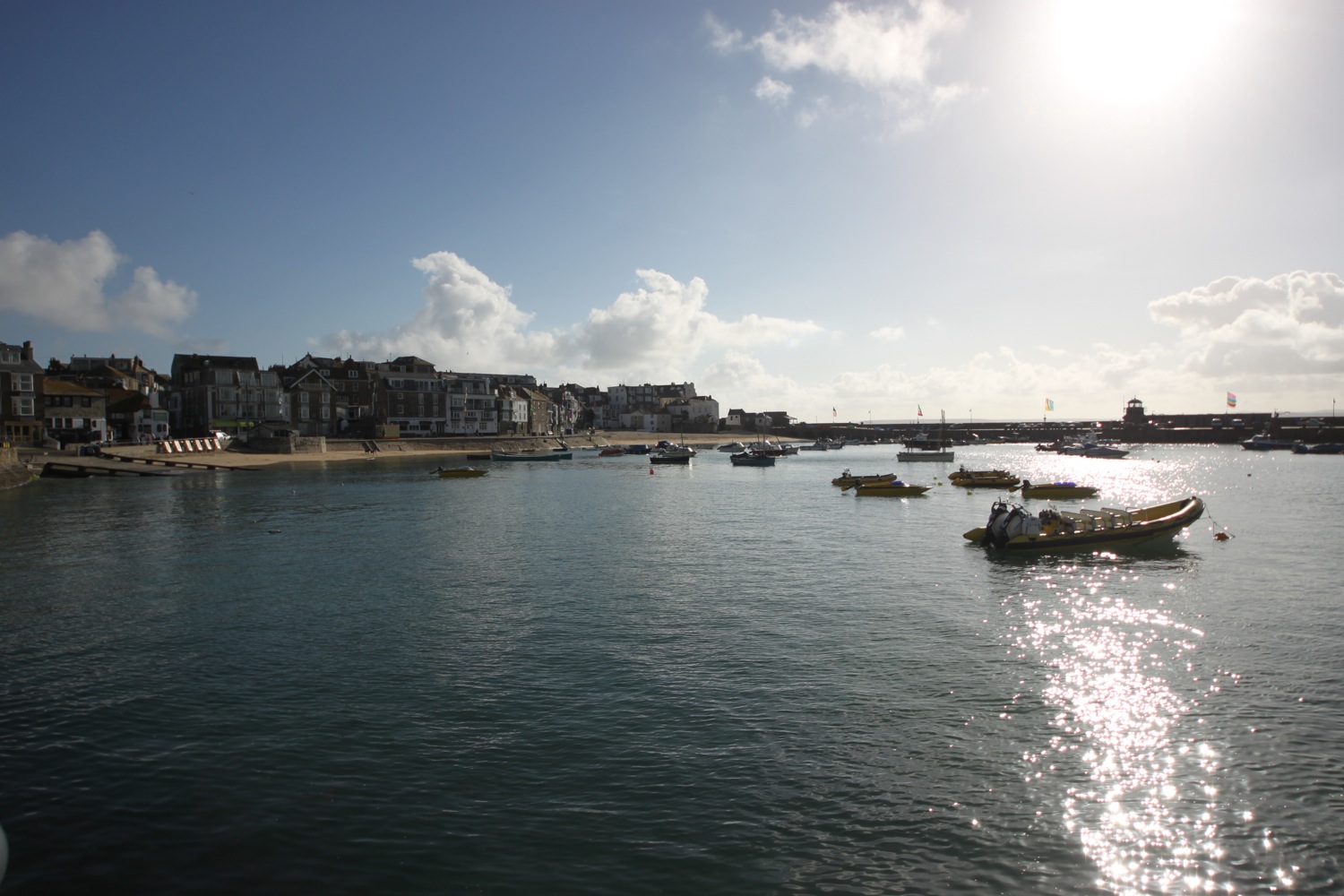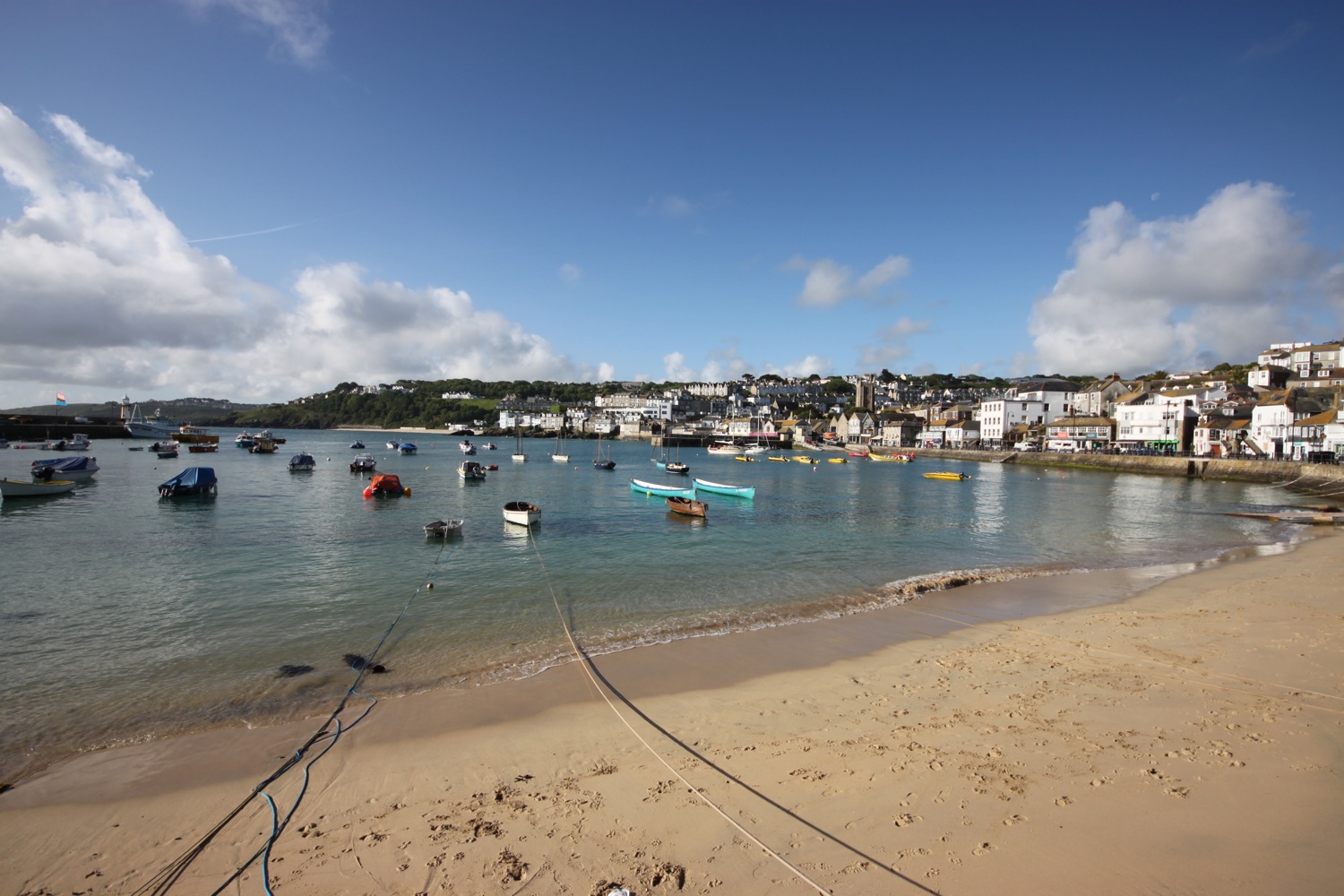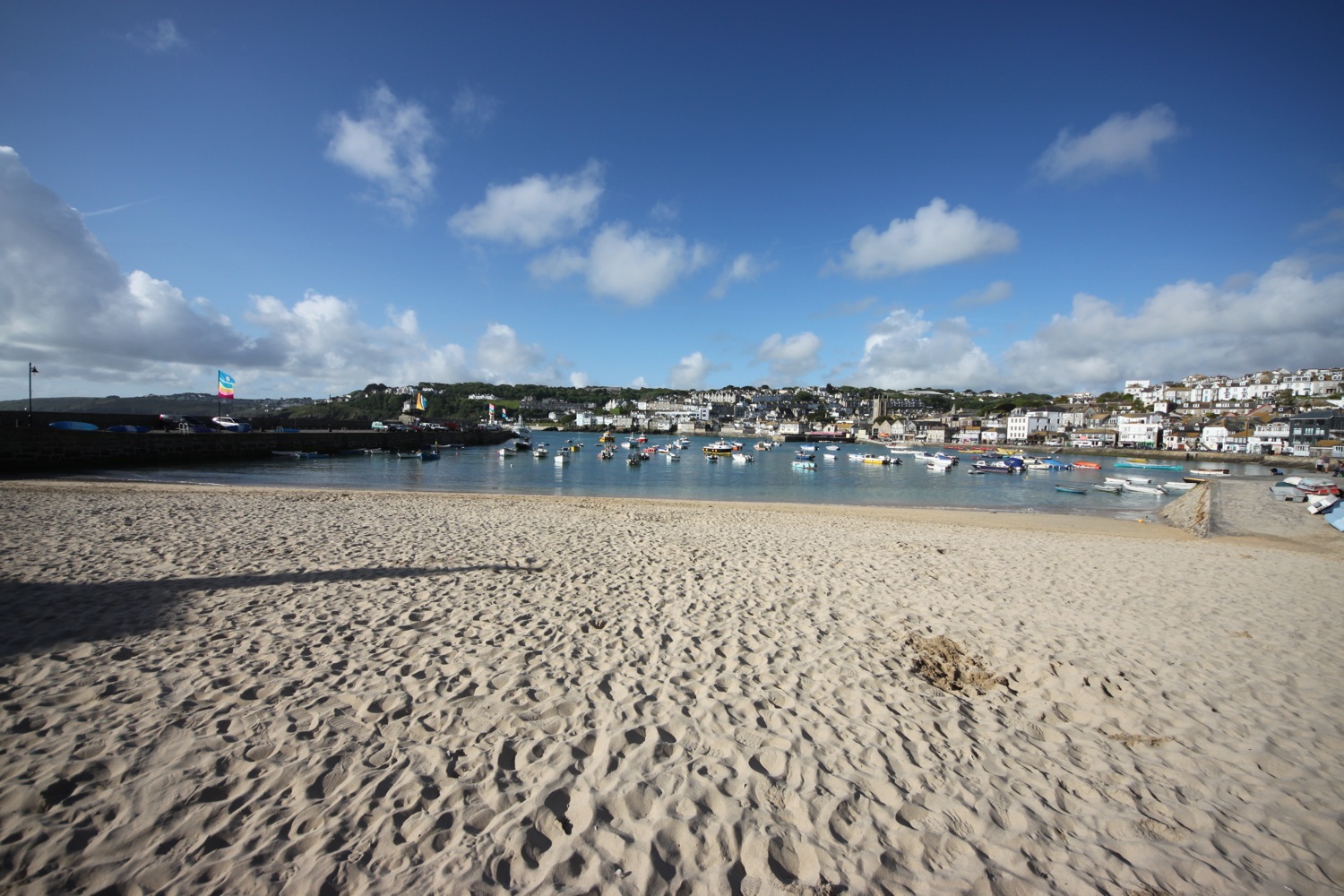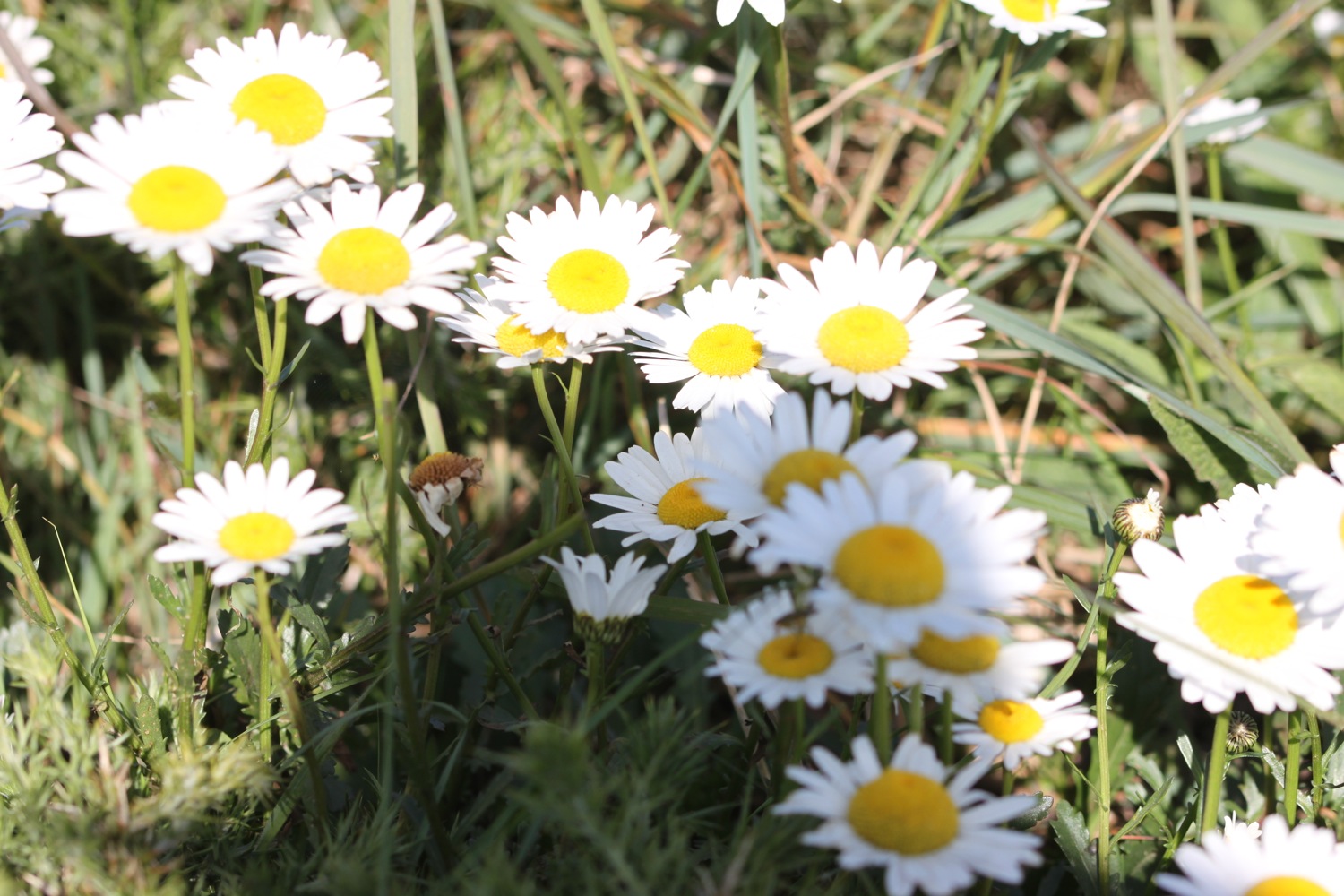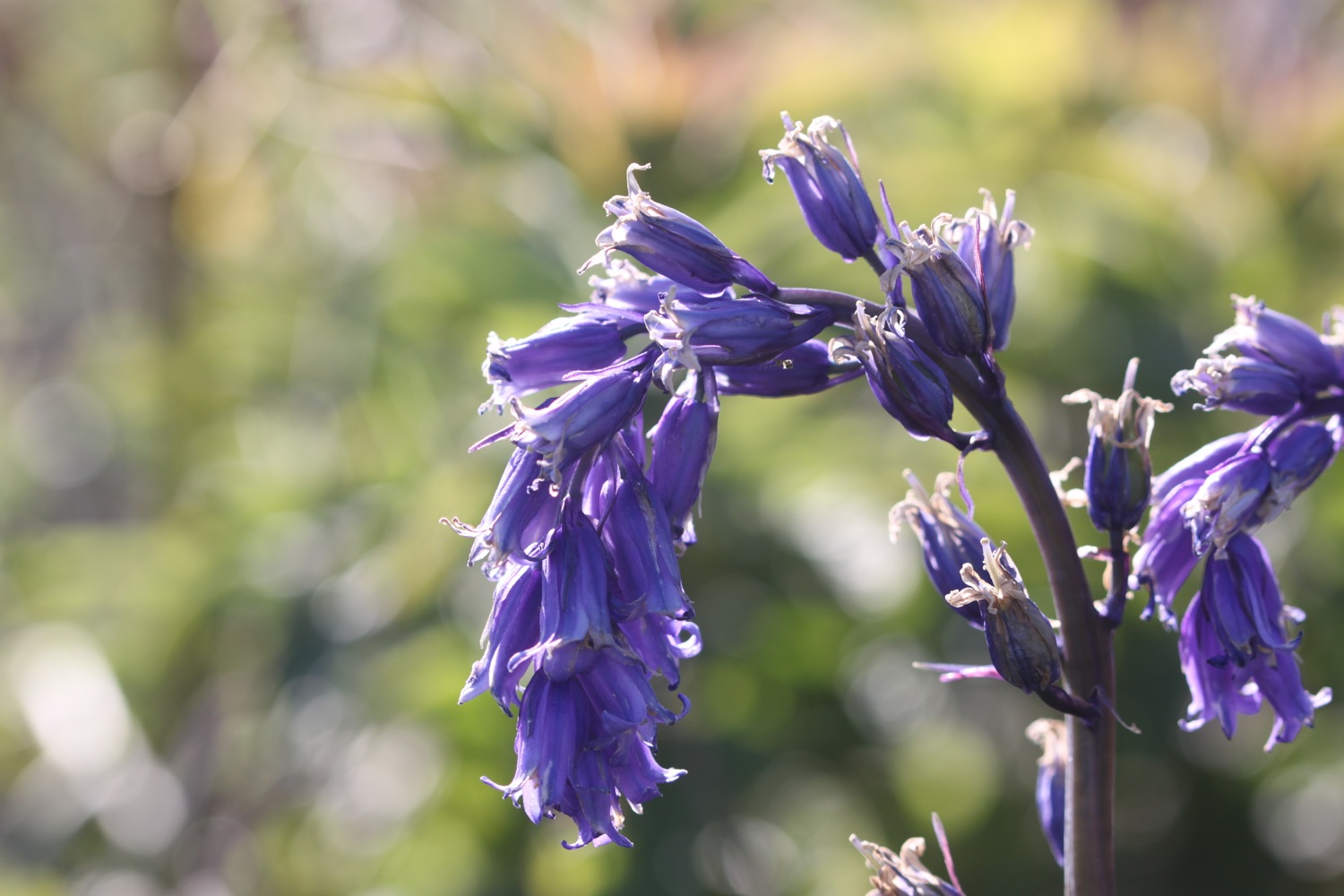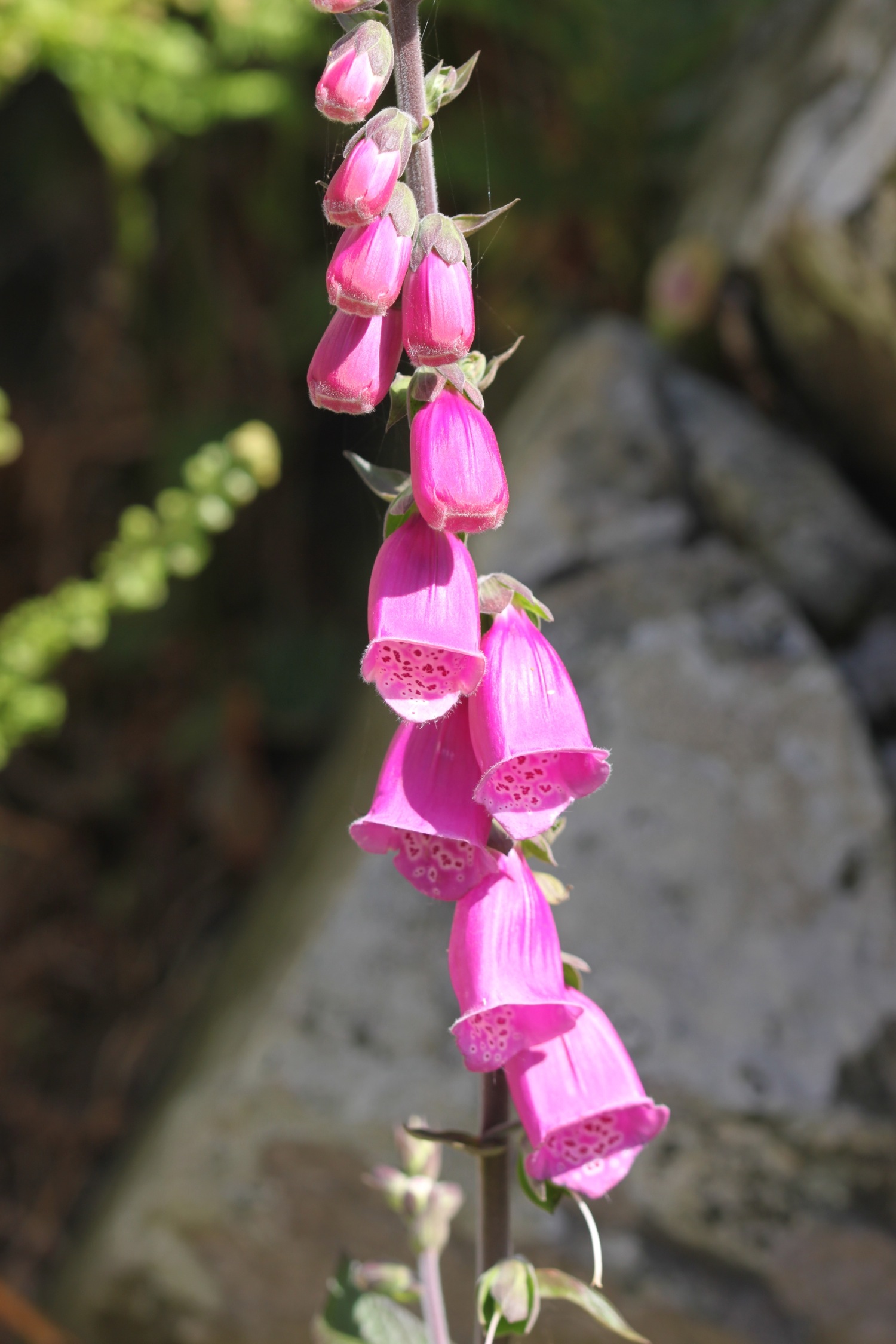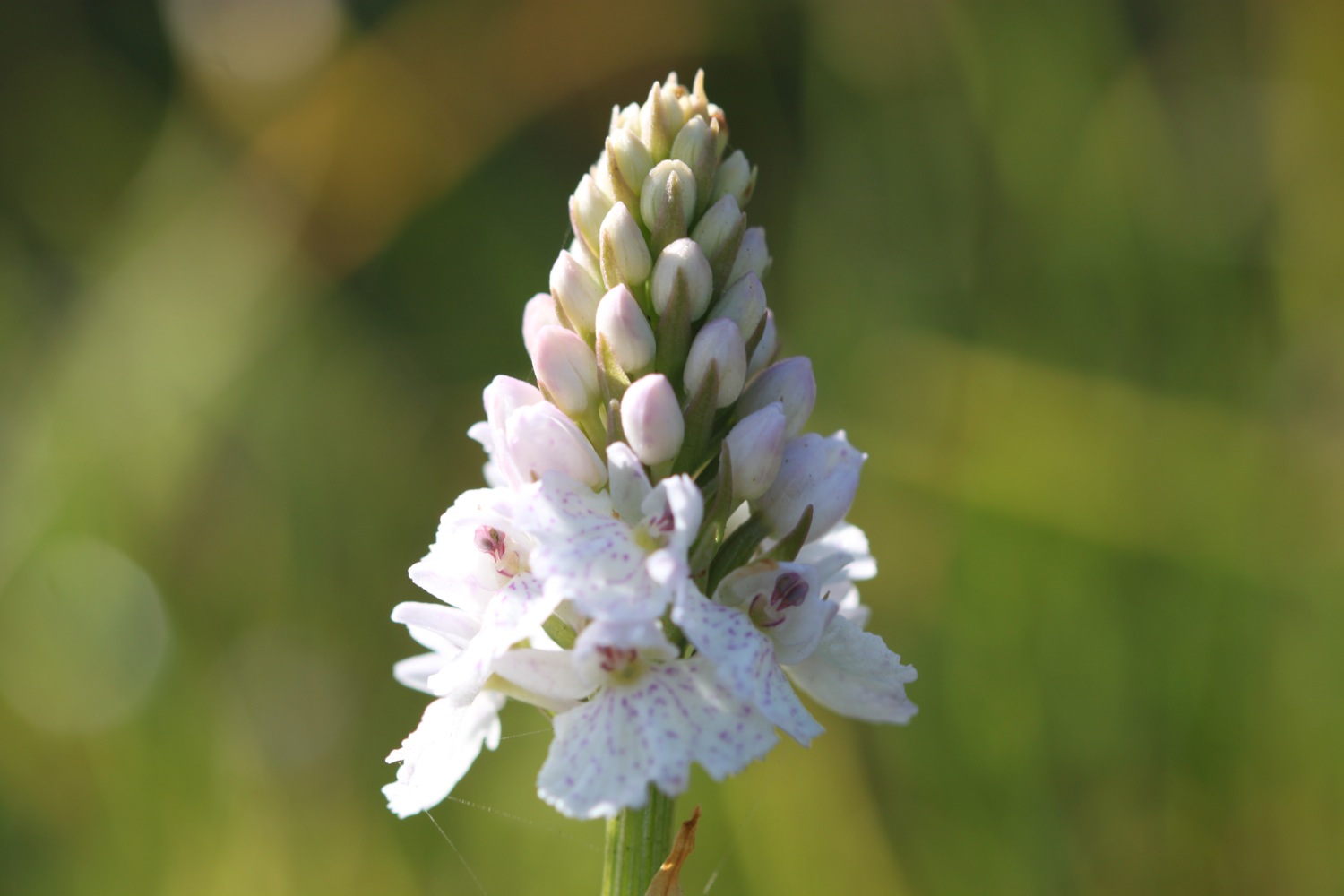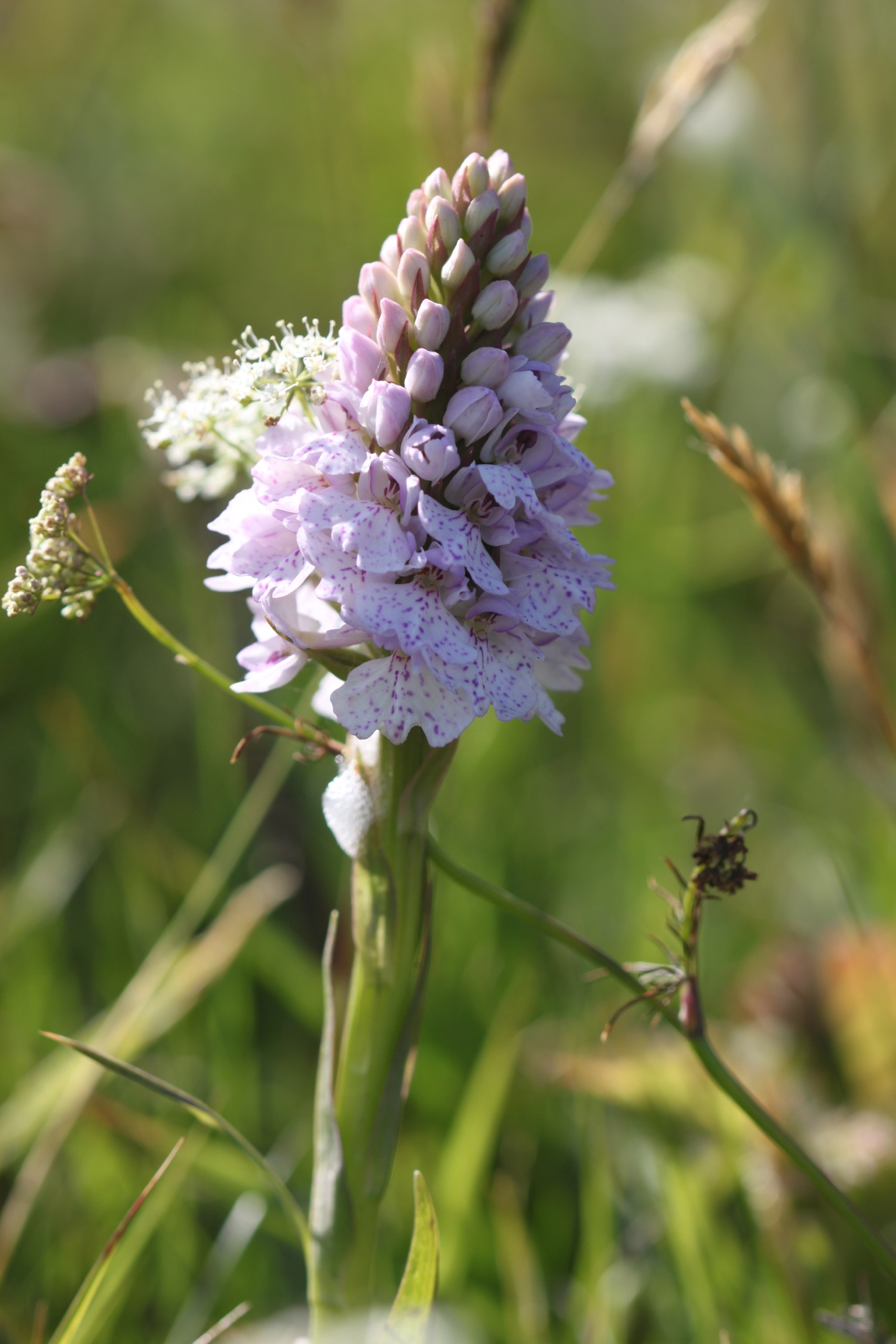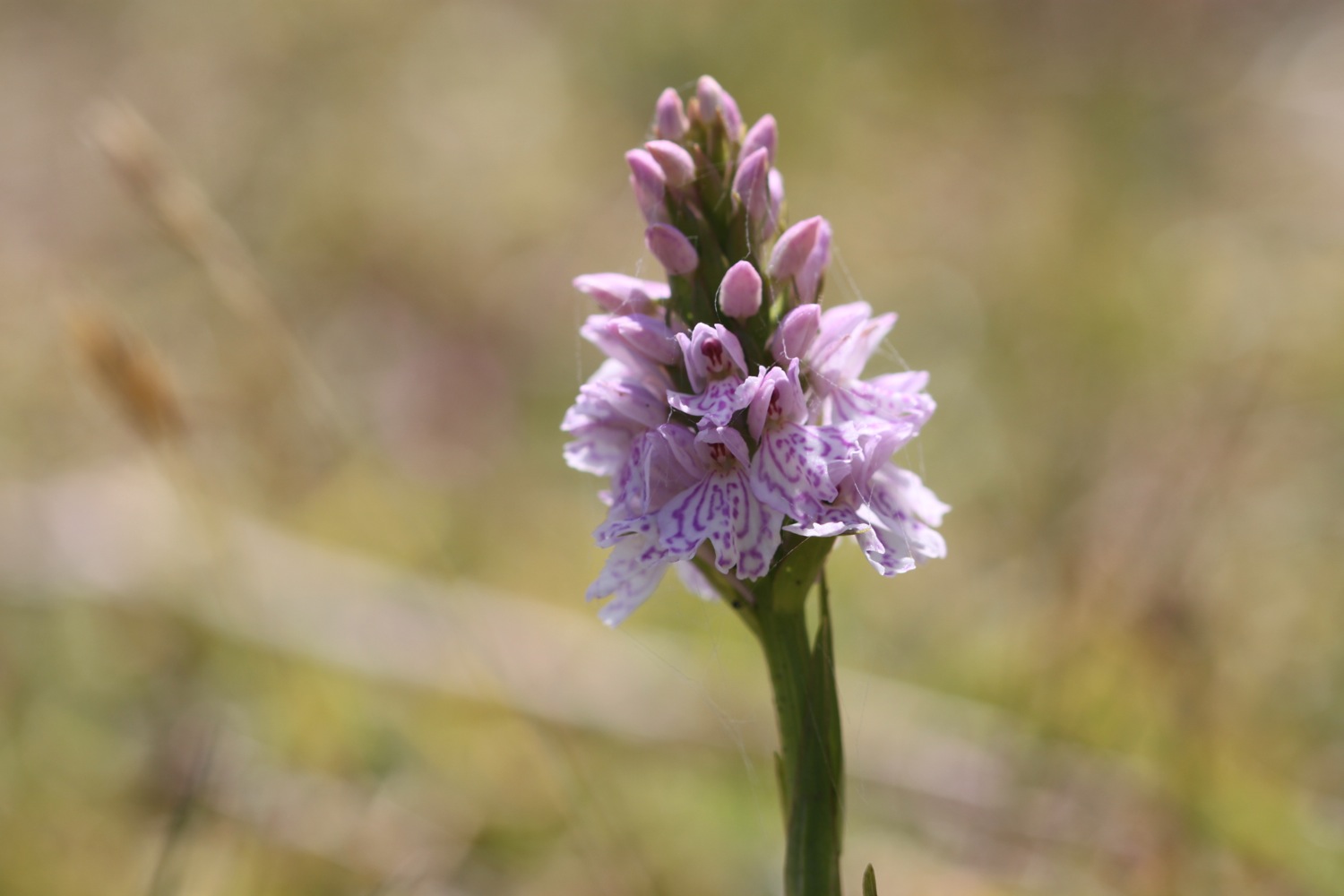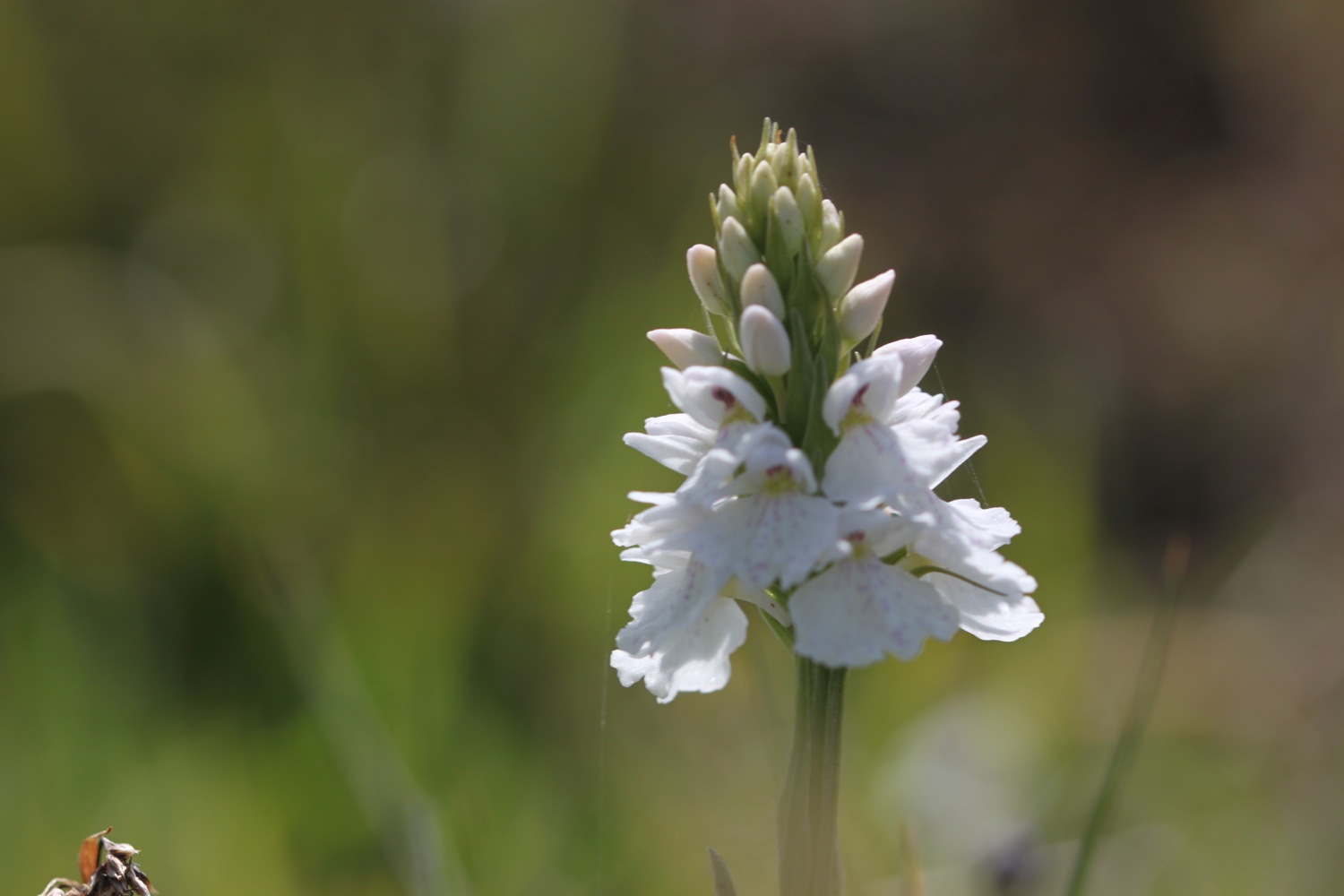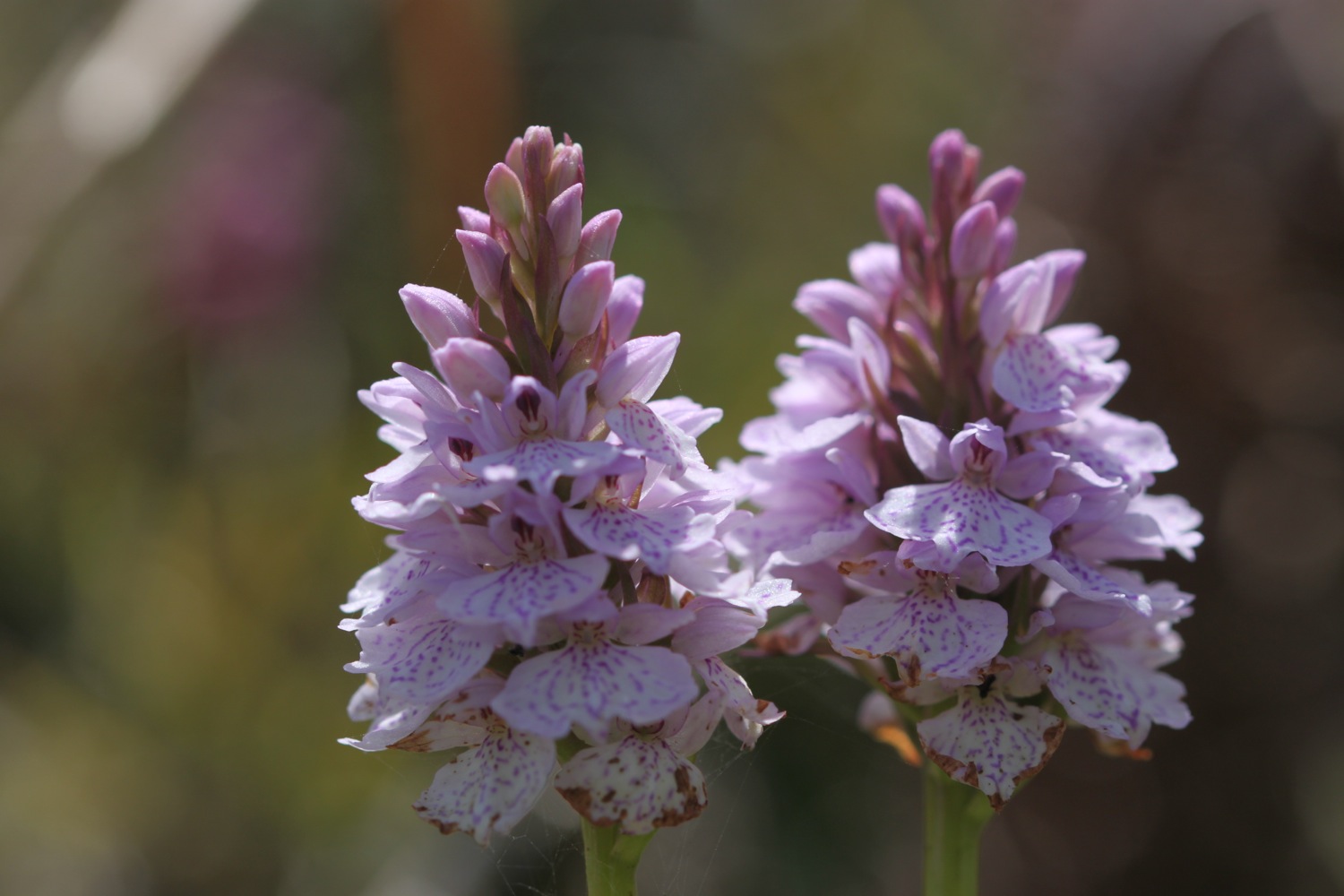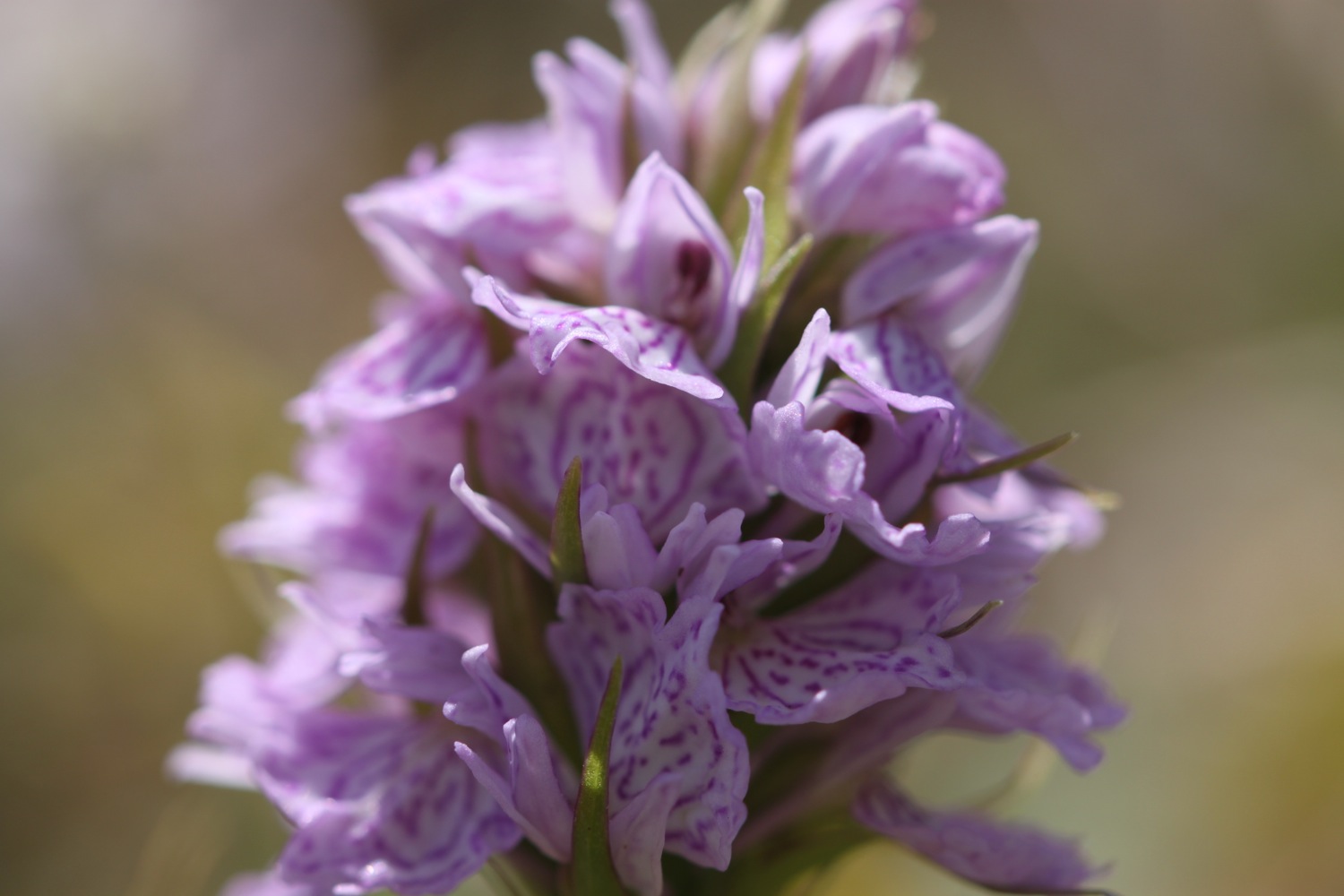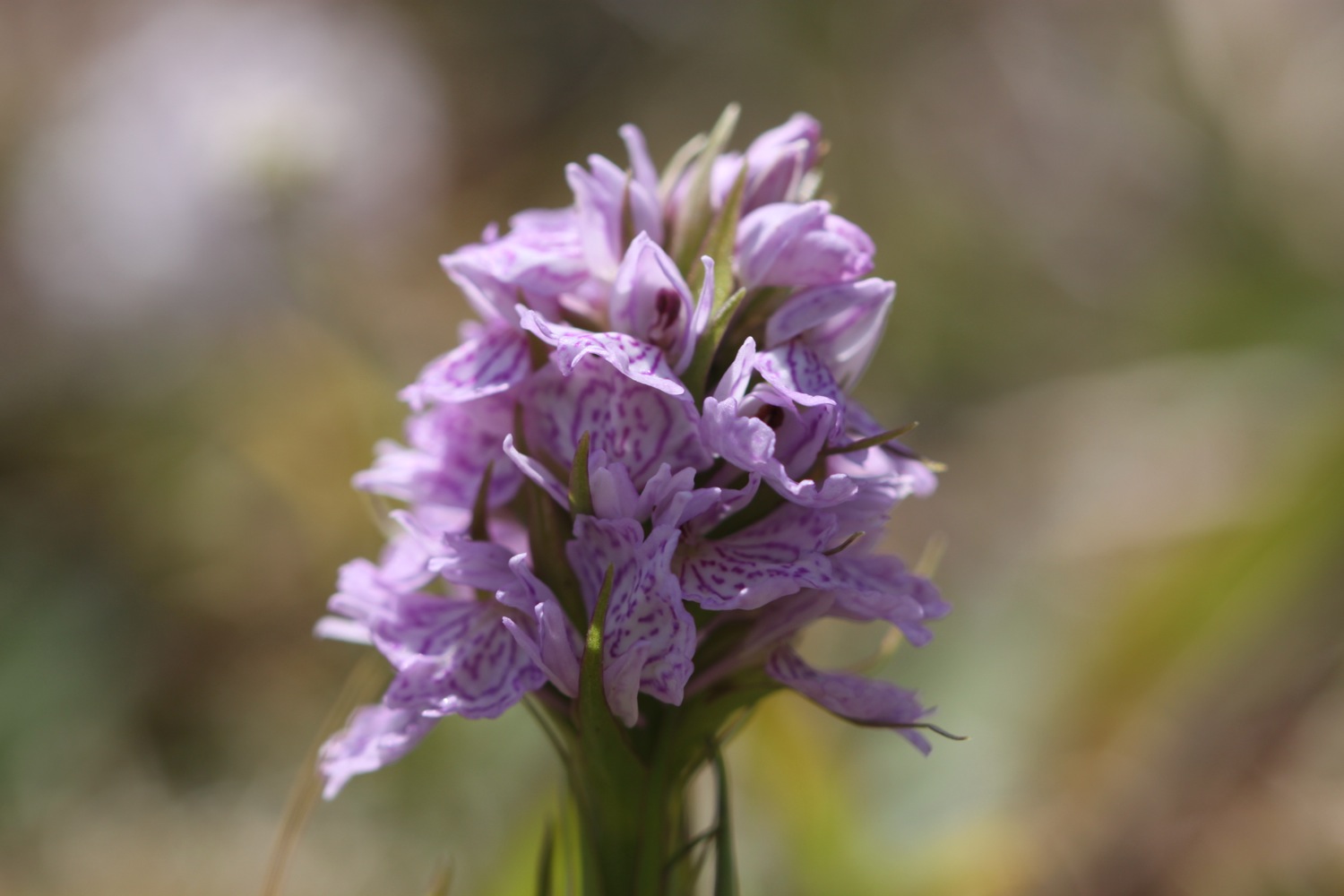pendeen watch to porthcurno
SOUTH WEST COAST PATH
tuesday, 8TH SEPTEMBER 2020
It looks like I have another decent weather forecast for the day. It should be warm, dry and with little in the way of wind.
Cape Cornwall high tide 08:39
Cape Cornwall low tide 15:10
I start today's walk at the car park above Pendeen Watch lighthouse. One of my favourite walks today despite the fact that it goes through the stinky dump that is Land's End!
pendeen watch lighthouse
pendeen watch lighthouse
I've learnt from previous walks to head up the road a bit rather than start walking straightaway on what looks like the coast path but soon peters out on a gorse infested, scrubby slope.
A granite stone points me in the right direction - at least it should do but it's so worn that I can't make out any of the lettering anymore. The path rises and falls gently over valleys set back from the cliffs on the route to Trewellard Zawn.
useless granite stone
boscaswell cliff
Stretched out in front of me is Cornwall's tin mining country.
tin mining country
Just inland can be seen the buildings of Geevor Tin Mine (@geevormuseum), the last working tin mine in the area and only closed in 1990. Today Geevor Tin Mine is a museum and heritage centre, covering an area of 67 acres.
geevor tin mine
The landscape ahead is littered with ruined buildings, chimneys and engine houses of the tin mines that long ago were abandoned.
I continue through this wasteland to reach Levant Beam Engine, a restored steam powered Cornish beam engine. Levant Mine was established in 1820 and closed in 1930 and was mined for tin and copper.
Levant Mine has been owned by the National Trust since 1967. Two closely situated engine houses can be found here. The larger, roofless engine house was built in 1835 whereas the smaller, restored engine house dates from 1840.
Littered in the vicinity of the engine houses are the remains of the compressor house and the tiled floor of the count house.
A friendly collie dog comes up to me so we have a little game of fetch the stone.
roscommon cliff
I come across stonechats calling just how their name suggests, just like two small stones being hit together.
stonechat
I continue on a track passing more chimneys and engine houses and pass the buildings of Old Crowns Mine perched precariously on the cliffs at Botallack, consisting of the pumping house built in 1835 and the higher winding house built in 1862.
“Chains, pipes, conduits, protruded in all directions from the precipice; rotten-looking wooden platforms, running over deep chasms, supported great beams of timber and heavy coils of cable; crazy little boarded houses were built, where gulls’ nests might have been found in other places.”
— Rambles Beyond Railways, Wilkie Collins
old crowns mine
The mine here closed in 1895 before being briefly opened again before the First World War.
Arsenic was a by product of the tin mining process and you can find the remains of the arsenic refining works here.
More walking through tin mining country takes me to Kenidjack, passing West Wheal Owles and Wheal Edward on the way.
west wheal owles
wheal edward
At West Wheal Owles, a serious accident occurred in 1893 killing nineteen men and a boy and the mine subsequently closed. A memorial stone recording the names of the victims should be close by but I can never find it.
“10th January 1893
wheal owles mine disaster
Thomas Allen
John Olds (Bosanko)
Lewis Blewett Wilkins
William Roberts
Peter Dale
James Rowe
William Davey
William Stevens Thomas
William Eddy
John Taylor
James Edwards Trembath
Mark Taylor
Thomas Ellis
James Thomas
John Grose
Edward White
Thomas Grose
Edward Williams
Charles Hitches Thomas
James Williams”
I follow the path high above the cliffs at Porth Ledden before heading towards the hump of Cape Cornwall, once thought to be the most westerly point of Cornwall. Fortunately that is now reserved for Land's End otherwise here would have become a stinky theme park.
cape cornwall
The path heads inland down steep Kenidjack Valley away from Cape Cornwall before heading back towards the cape on the other side of the valley. Along the way I pass some friendly donkeys.
donkeys
kenidjack
The wild flowers on the valley sides are looking lovely.
Cape Cornwall Mine, a tin mine, operated intermittently between 1838 and 1883. The mine's 1864 chimney near the peak of the cape was retained as an aid to navigation and stands out on the cape to this day.
Cape Cornwall was purchased for the nation by H J Heinz Co Ltd to mark their centenary year and presented to the National Trust on March 25th 1987.
I amble down the access road at Cape Cornwall and wander down the slipway at Priest's Cove. Priest's Cove, tucked in to the bottom of Cape Cornwall, is still a working fishery and small fishermen's huts have been built in to the rock for mending nets and storing crab and lobster pots.
priest’s cove
An easy path climbs steeply away from Cape Cornwall before levelling out at Carn Gloose where I come across trig point s8141.
carn gloose
trig point s8141
bollowall
I head inland down and then back up Cot Valley which used to be a centre for mining and tin processing before heading back towards the coast at Porth Nanven.
At Letcha I come across long horned cattle.
letcha
long horned cattle
I pass mine shafts and cross footbridges to reach a National Trust sign at Nanjulian. Three choughs fly over me. CHOUGHS!! What a top bird.
nanjulian
The path becomes rugged and I clamber around the rocky Aire Point and have lovely views over Whitesand Bay.
There are usually planes in the sky everywhere, presumably taking off and landing at Land's End Aerodrome but I only see a couple today.
I ignore the coast path signs and clamber over rocks to reach the beautiful beach at Gwynver Beach, with its soft, fine sand.
gwynver beach
I usually have Gwynver Beach to myself but, although it’s not heaving, there are a few people on the beach today and there’s a lifeguard service.
overlooking gwynver beach
escalls cliff
If the tide is out you can walk directly into Sennen Cove but it's in too far today so I climb out of Gwynver Beach and climb down onto Sennen Cove, ignoring the coast path signs again. I trudge along the sandy beach. Life doesn't get much better than this! Except that it’s uncomfortably busy particularly towards the village side of the beach.
sennen cove
sennen cove
At the far end of the beach is the village of Sennen Cove and walking through the village I pass Old Success Inn (@oldsuccessinn), The Old Boathouse village shop (@theOldBoathous1) and at the far end of the beach the lifeboat station.
sennen cove
There is a tiny fishing harbour here, next to the lifeboat station.
sennen cove harbour
I pause for a while in the village knowing that Land's End is just around the corner and then leave the village via the car park at the harbour end of the village, climbing up a flight of steps up Mayon Cliff and then follow a path to a clifftop lookout. This is Pedn-men-du and there are fantastic views over to Longships Lighthouse. There are an awful lot of people about.
mayon cliff
The views back over Sennen Cove are lovely but I can't linger any longer.
I leave Sennen Cove behind me and walk past the iron age Maen Cliff Castle. I cross a fiddly area to reach stinky Land's End. Have I mentioned, by any chance, that I dislike Land's End?
I don't hang about and quickly pass Greeb Farm and leave the crowds of Land's End behind me and the walking quickly becomes pleasant again. I pass the Armed Knight, an impressive rock feature and arch stuck out in the Atlantic.
armed knight
I walk around Pordenack Point to reach Mill Bay, otherwise known as Nanjizal Bay. The colours of the sea around here are amazing shades of blue, turquoise and green, completely different to the grubby brown sea of home.
The beach here is always delightful and because there is no direct access by road, is usually deserted. Today is unusually busy. Rock pools, arches and caves abound but there’s too many people about for my liking.
nanjizal bay
In 1966, the Doctor Who episode "The Smuggler's" was filmed on the beach.
I climb slopes to reach the point at Carn Les Boel which is home to an iron age promontory fort. There are people everywhere which is very unusual as I usually find the place deserted. I come across more choughs and it’s lovely to hear them cawing away.
I come across a friendly herd of cows blocking the coast path.
cows blocking the coast path
I walk along the cliff tops to reach the National Coastwatch Station at Gwennap Head and then pass some daymarks to reach the beach at Porthgwarra.
national coastwatch station
Porthgwarra is an old fishing hamlet and there are still a few boats which launch from here and there is a small shop and cafe.
porthgwarra
I leave Porthgwarra via a track at the end of the road and walk along the top of the cliffs before steeply descending. I pass St Levan's holy well.
st levan’s well
It's a steep climb down to the beach at Porth Chapel, too much for these weary legs. The sandy beach here is lovely and usually completely deserted, but there’s a few people down there today.
porth chapel
I walk around the headland of Pedn-men-an-mere. From here it is a short walk to my destination for the day, Porthcurno.
I pass behind the Minack Theatre (@minacktheatre), an open air theatre cut into the rock with shows taking place throughout the summer. The theatre is back open again albeit with restricted visitor numbers.
I climb steeply down steps in the cliff to reach a path with a view of the lovely beach at Porthcurno. It is very busy down there so I’ll have to avoid the beach.
porthcurno
I continue along the coast path and reach the car park where my lift awaits.
porthcurno
FLORA AND FAUNA
Flora and fauna encountered on the walk today includes :-
rabbits
himalayan balsam
stonechats
goldfinches
long horned cattle
choughs
wheatears
peregrine
buzzards
red valerian
crocosmia
bladder campion
knapweed
gorse
heather
herb robert
blackberries
ribwort plantain
yarrow
honeysuckle
cows
PODCAST
The podcast of today's walk is now available. You can subscribe via the iTunes store or listen using the player below.
MARKS OUT OF TEN?
According to my phone I've walked 17.4 miles today which amounts to 40870 steps. It has been magnificent walking in glorious weather for a third day on the trot but after yesterday’s pounding it’s a weary person heading back to our holiday apartment. Despite stinky Land’s End, ten out of ten!
WALK DETAILS
I’ve given up on using my Ordnance Survey app for showing elevation details as it is clearly incorrect. Instead I’ve started using the myTracks app which does a much better job even if it’s not entirely correct.
map
tin mining country
old crowns mine
priest’s cove
cows blocking the coast path
beach collection

